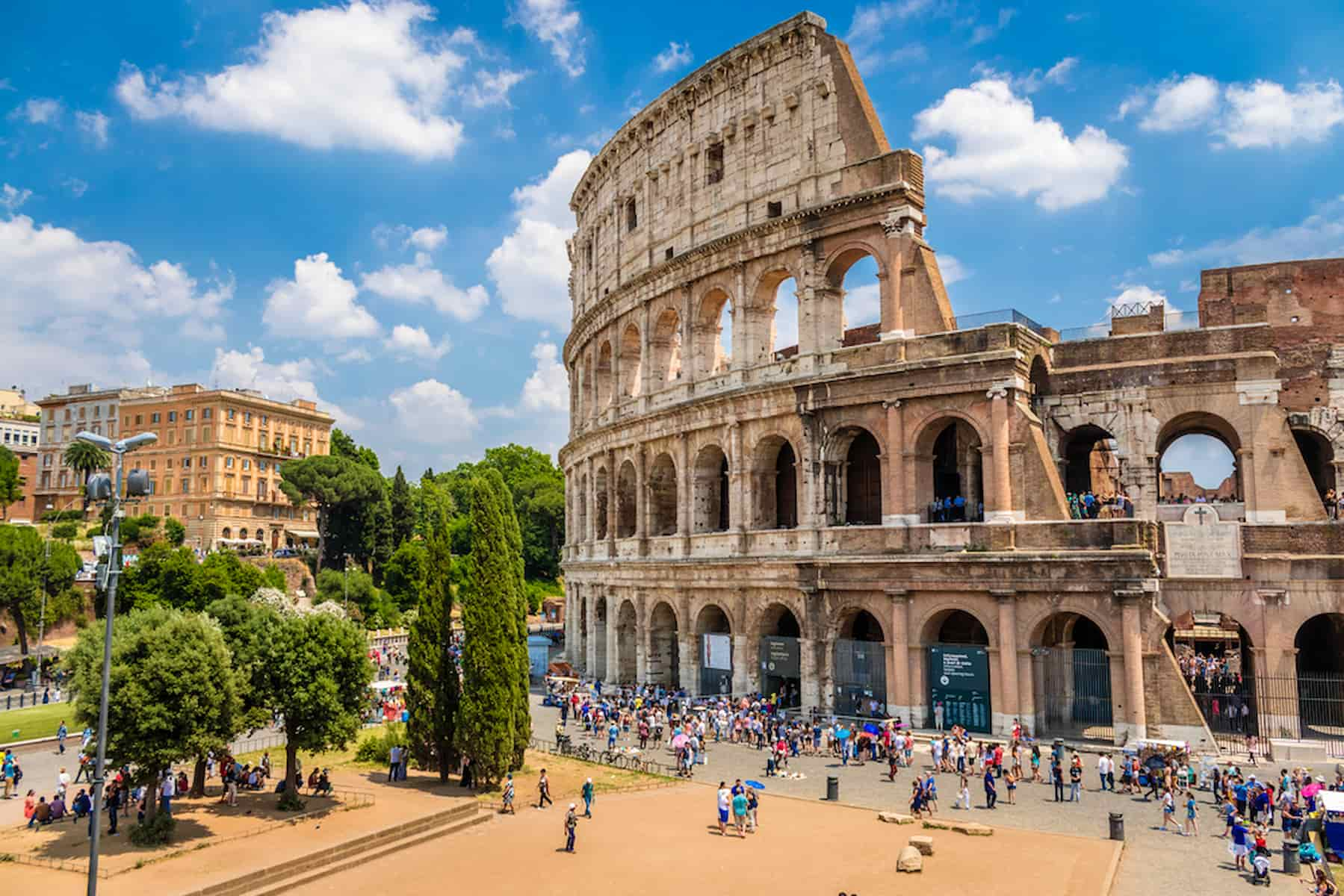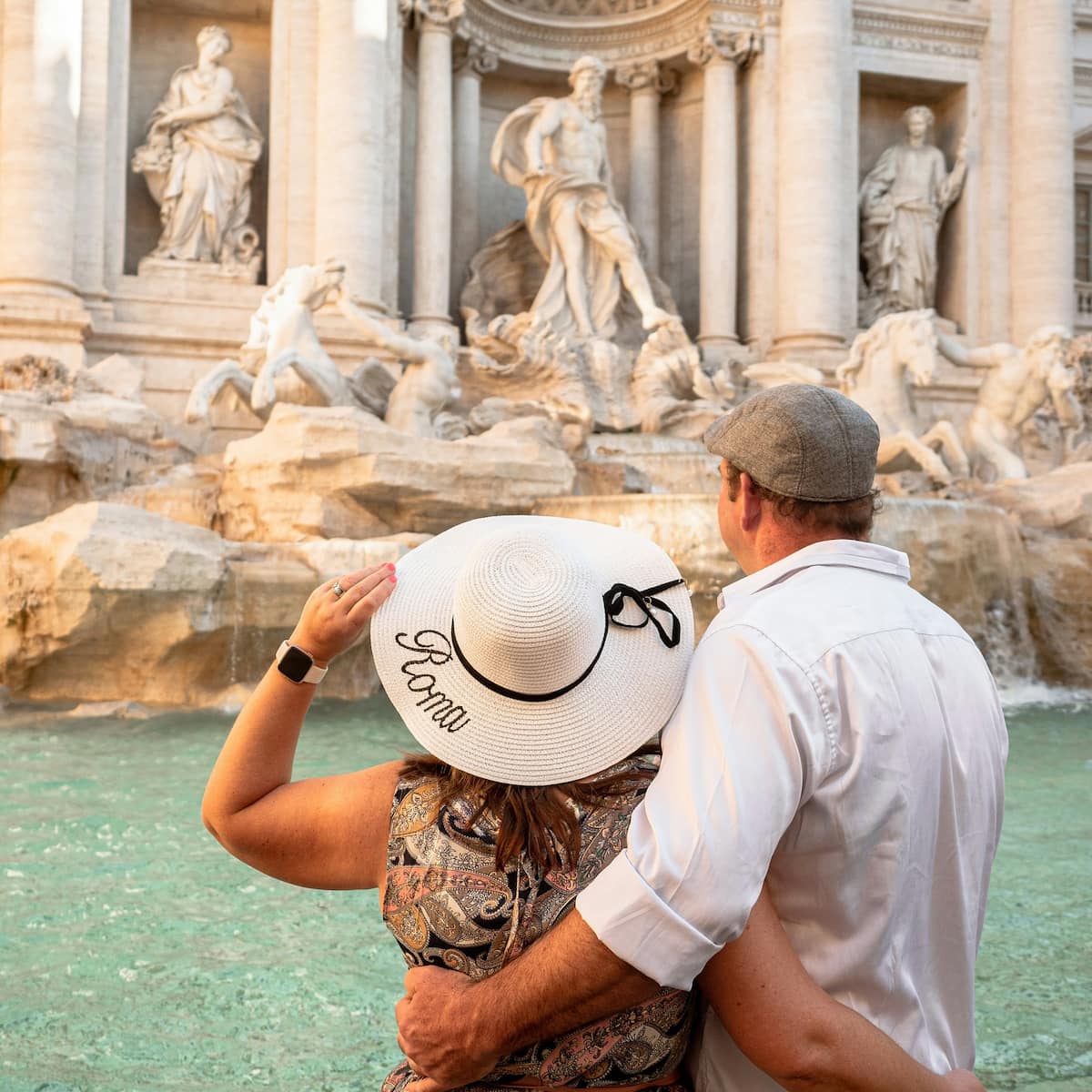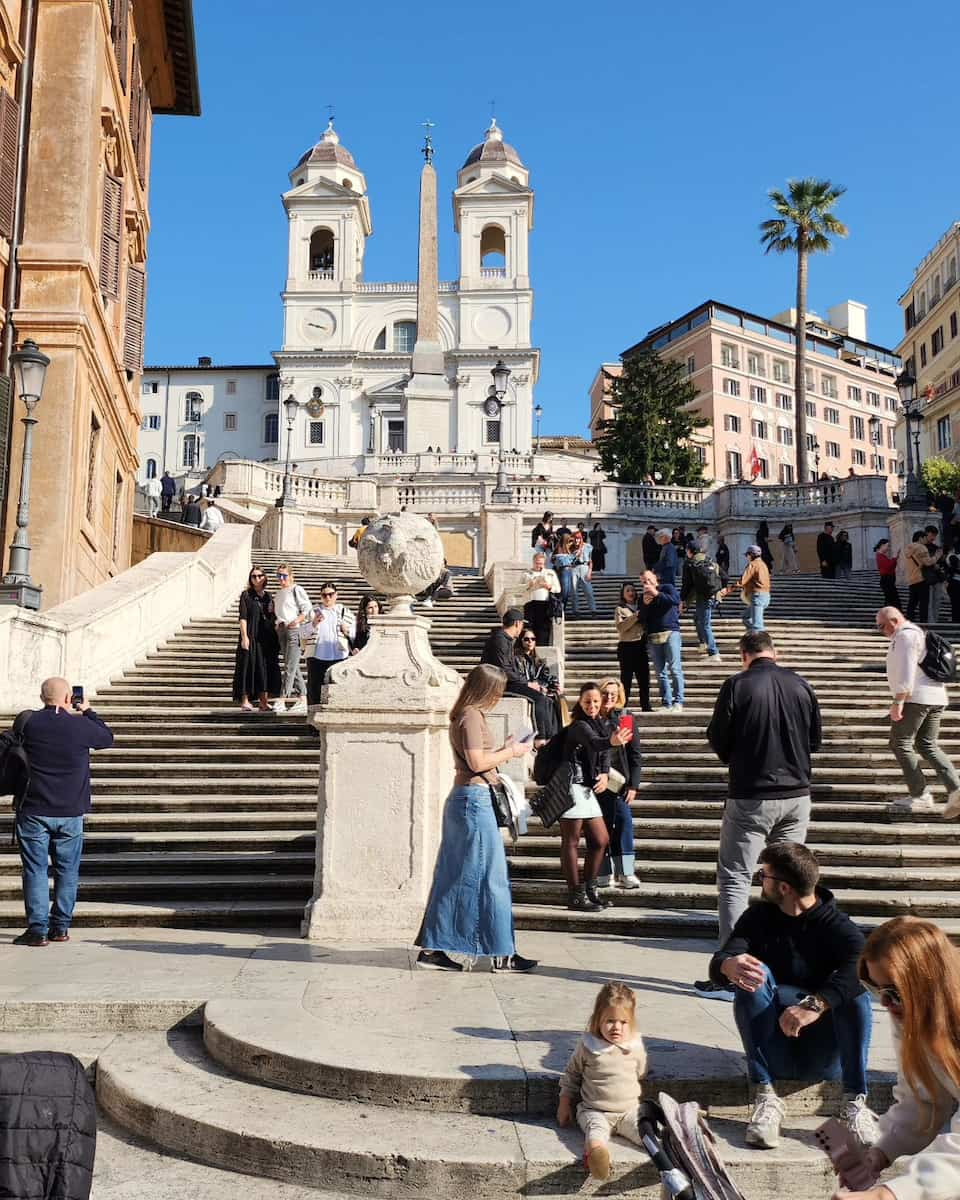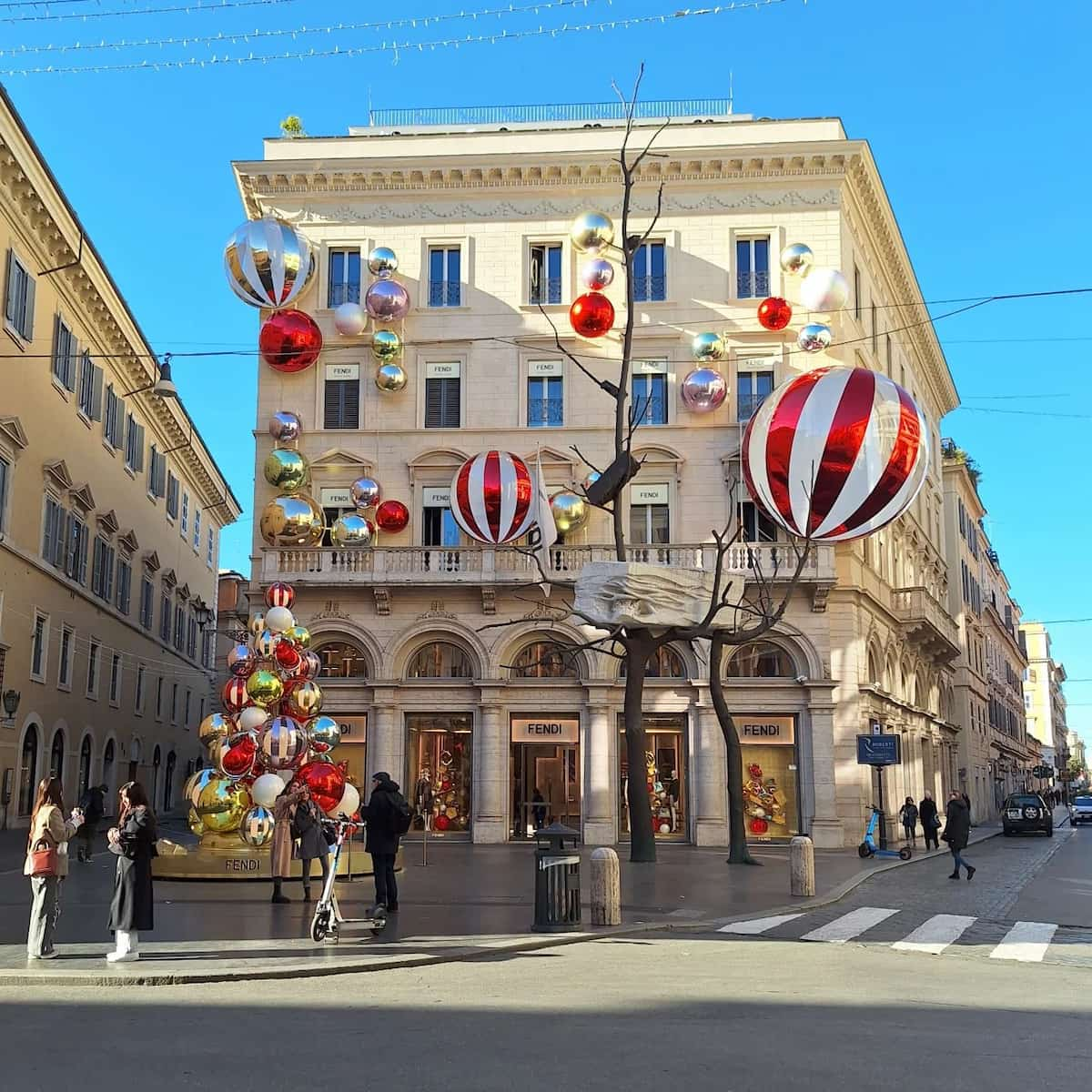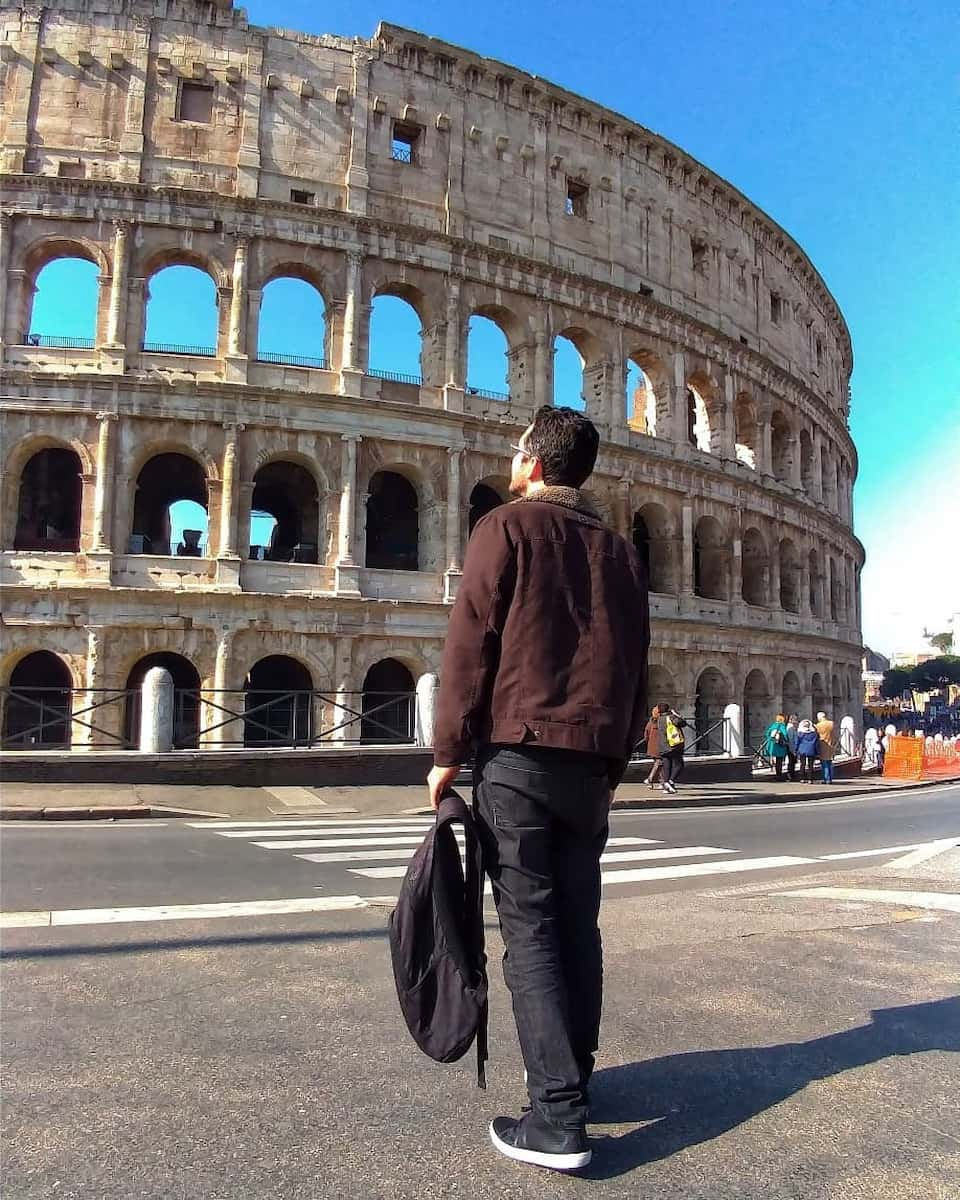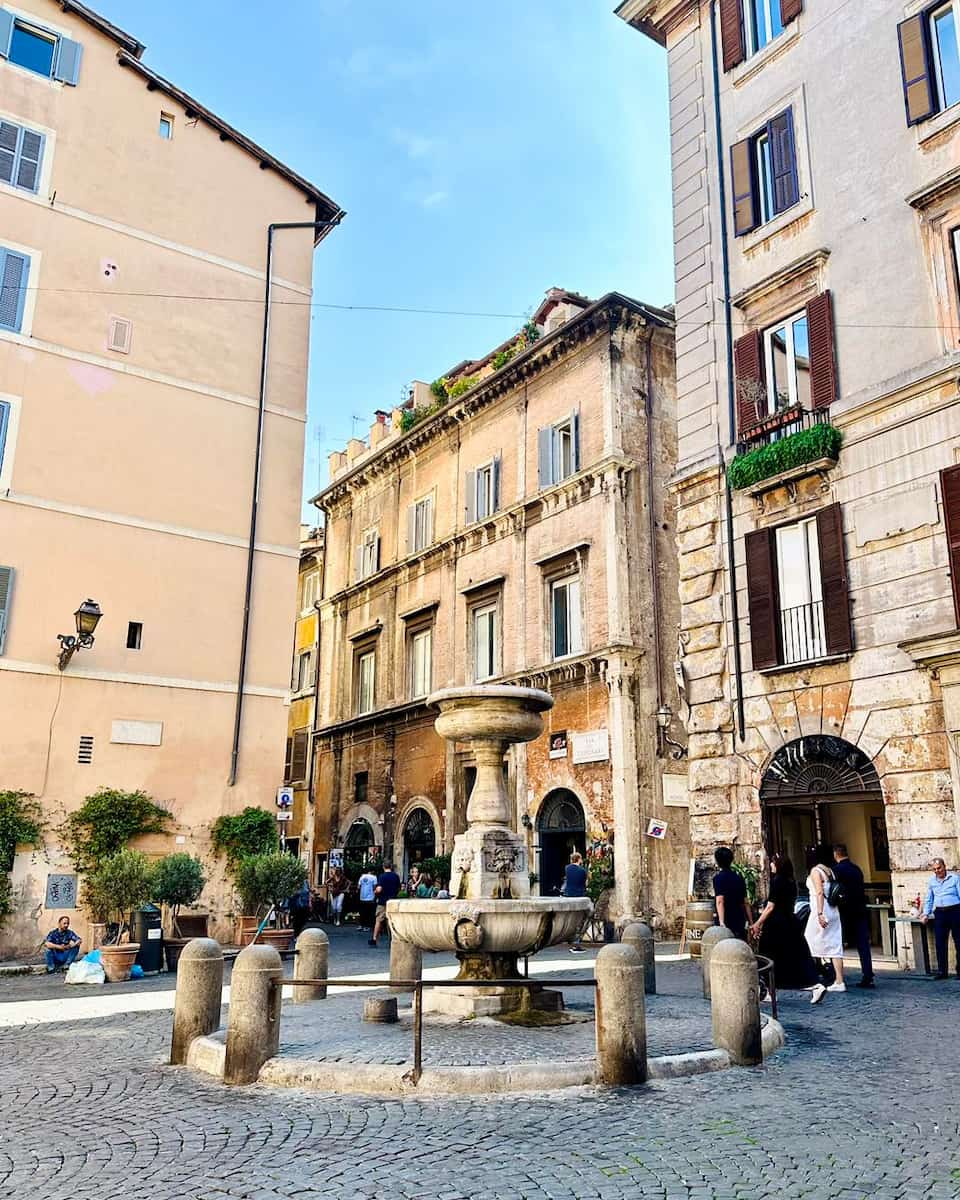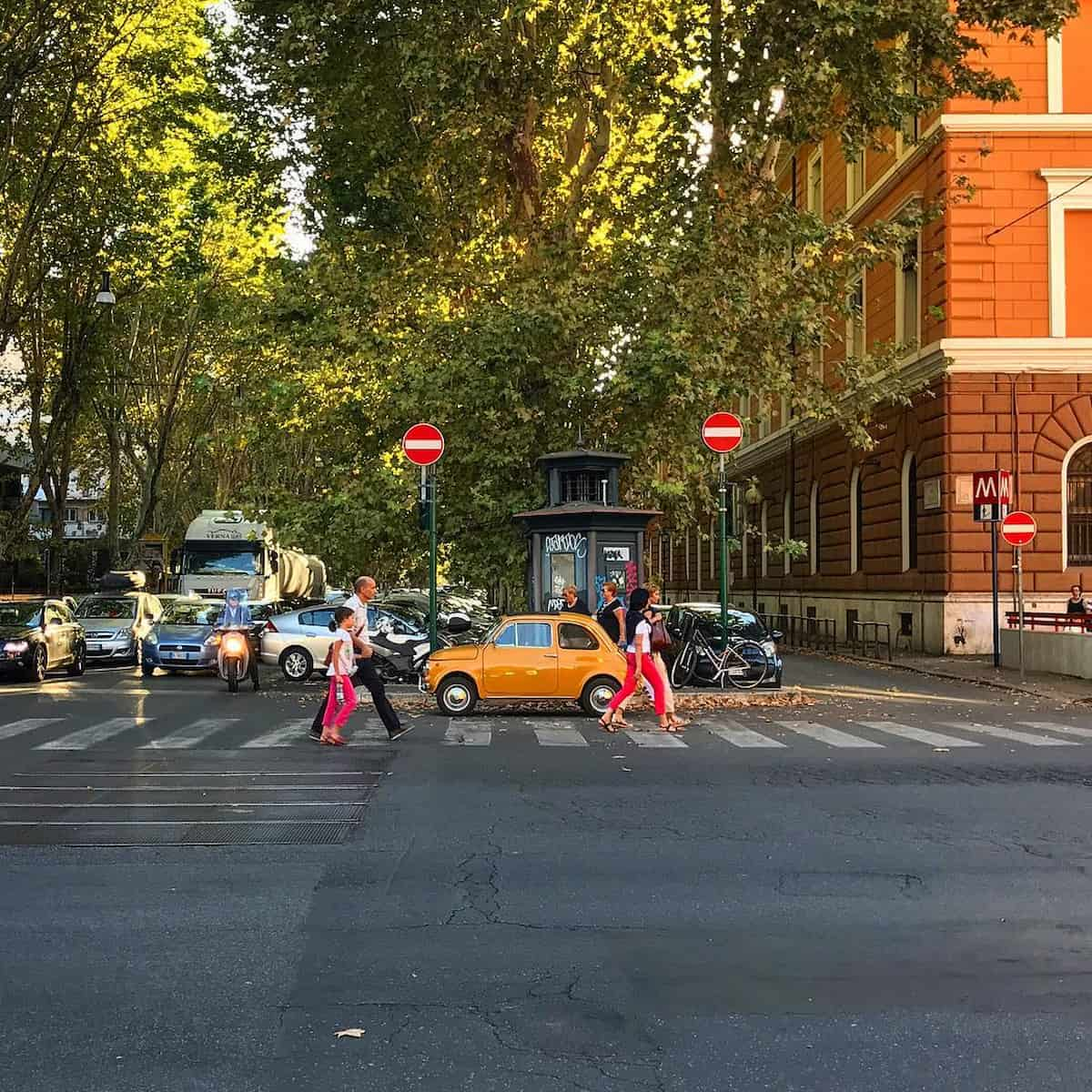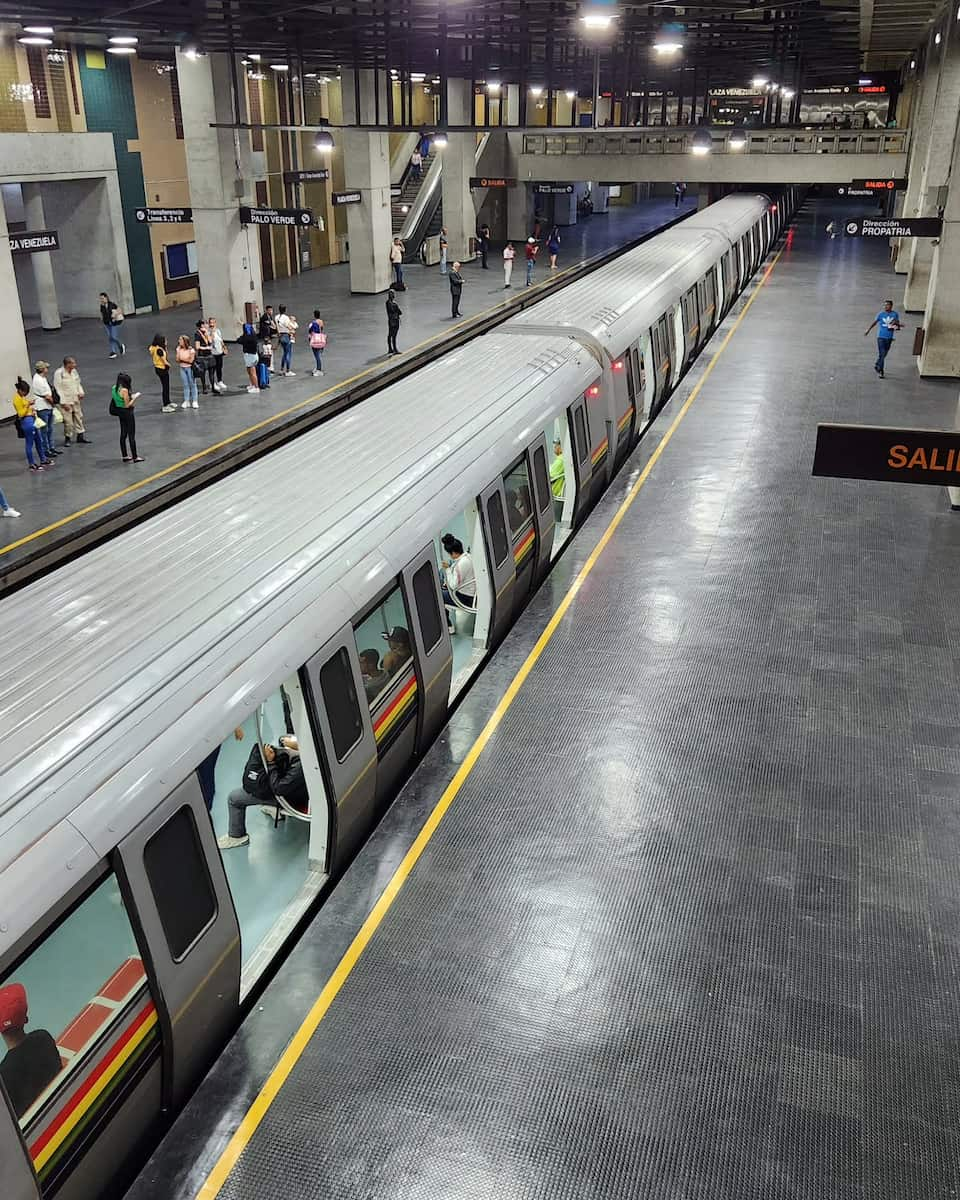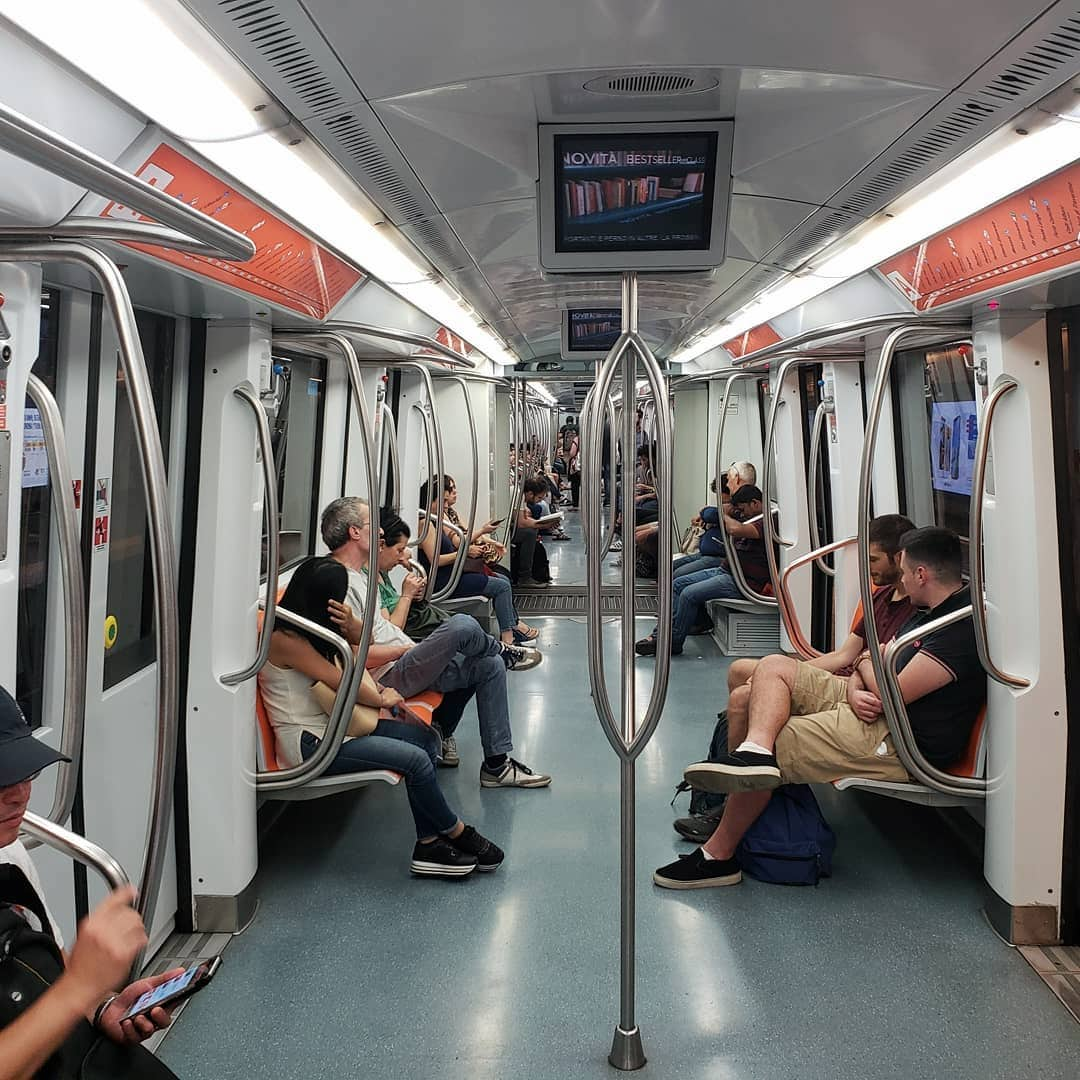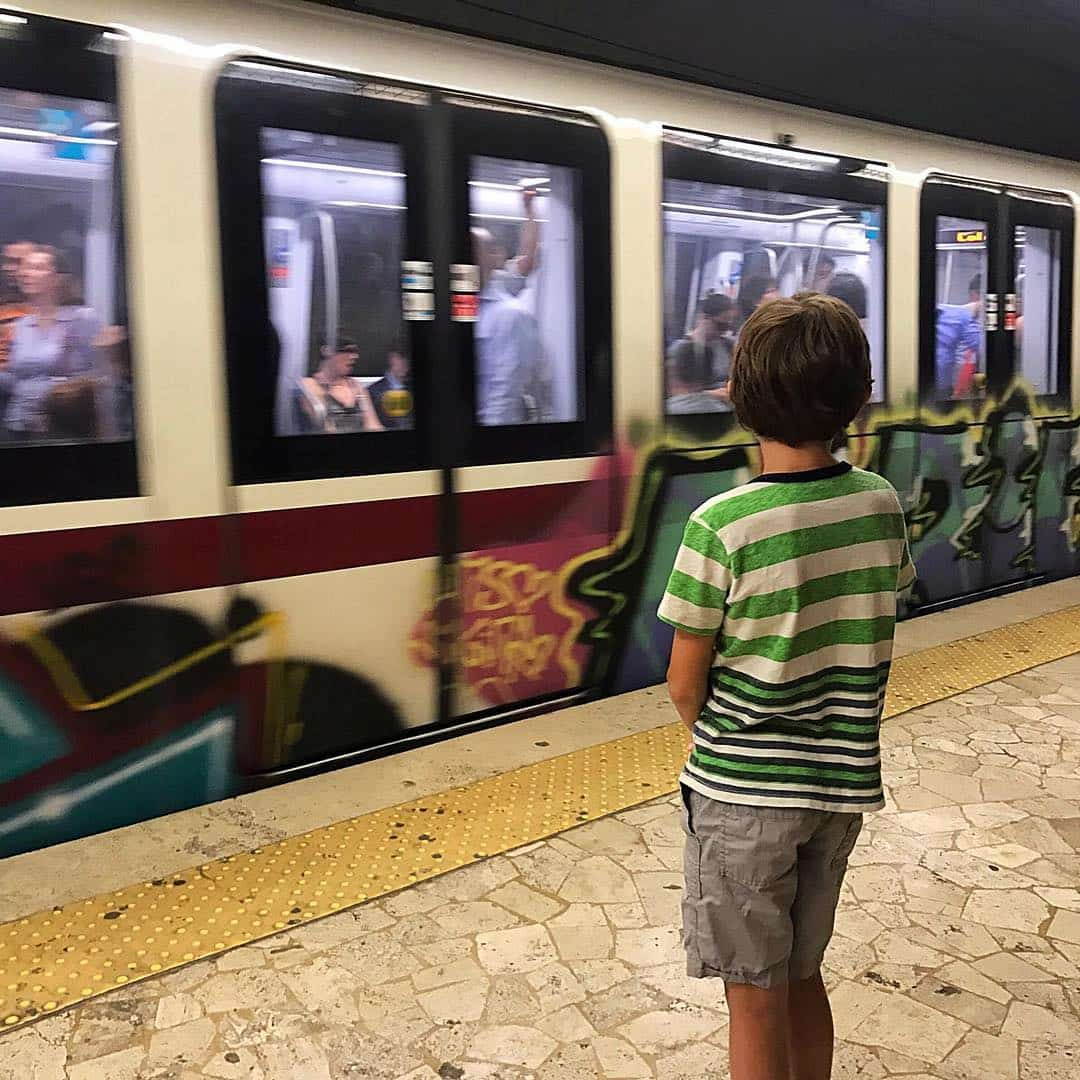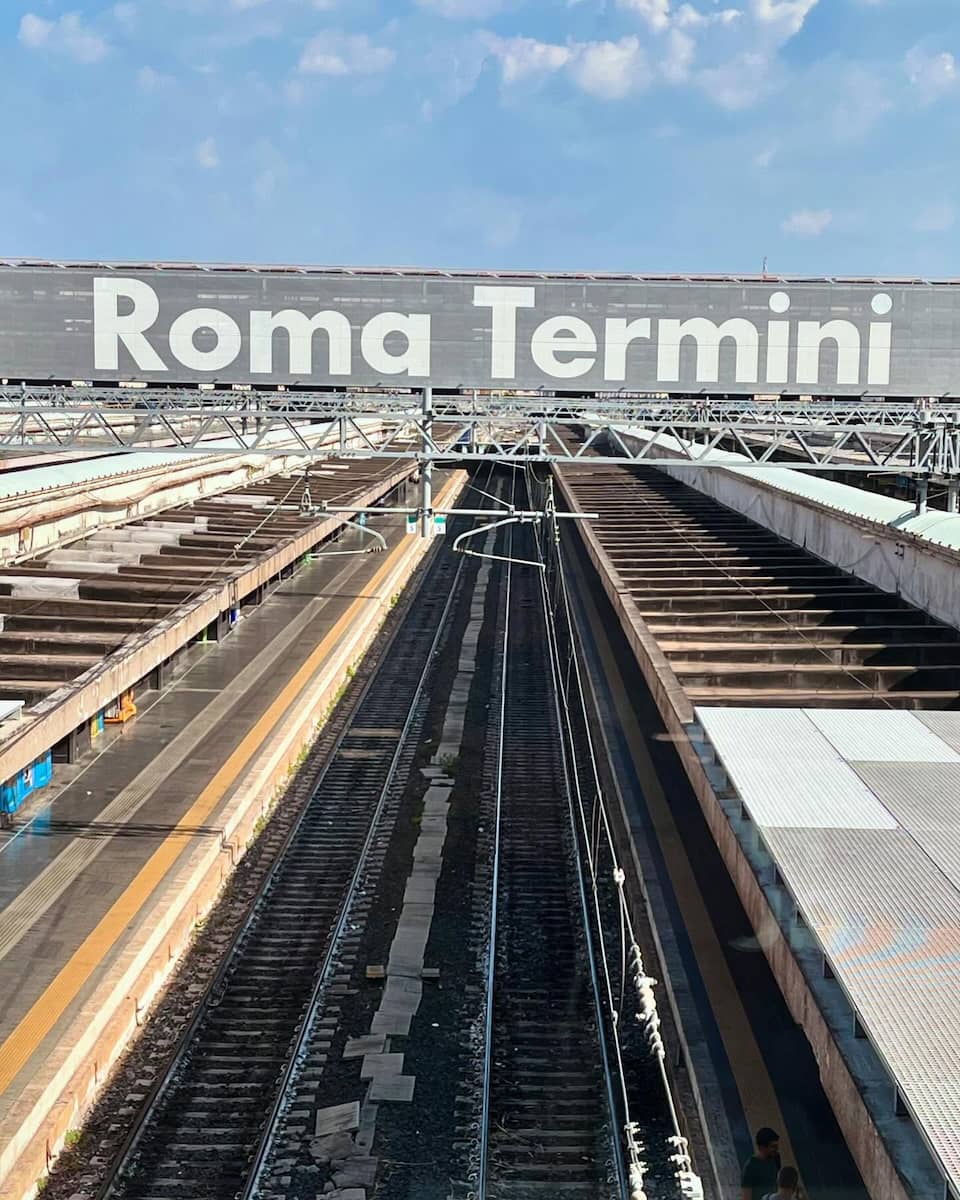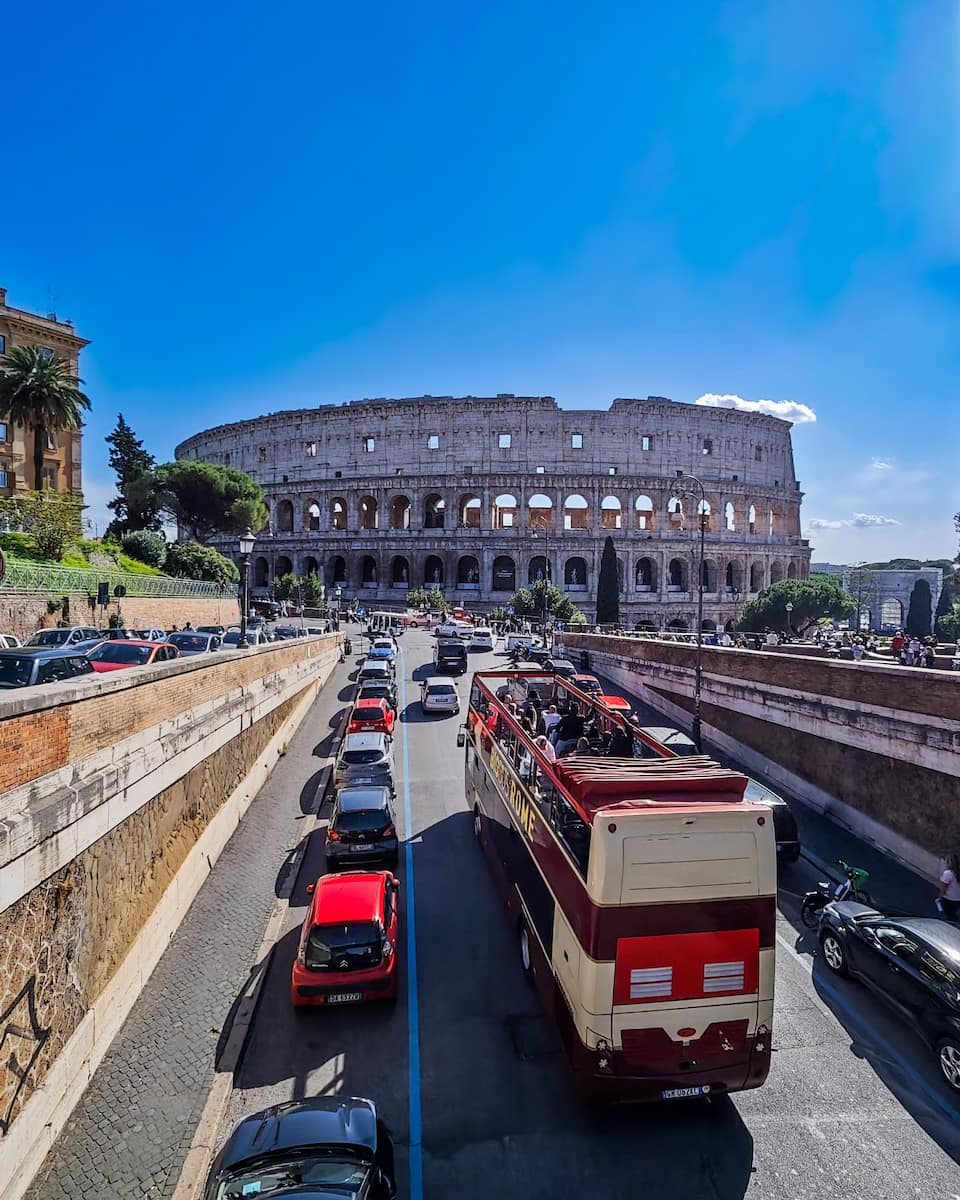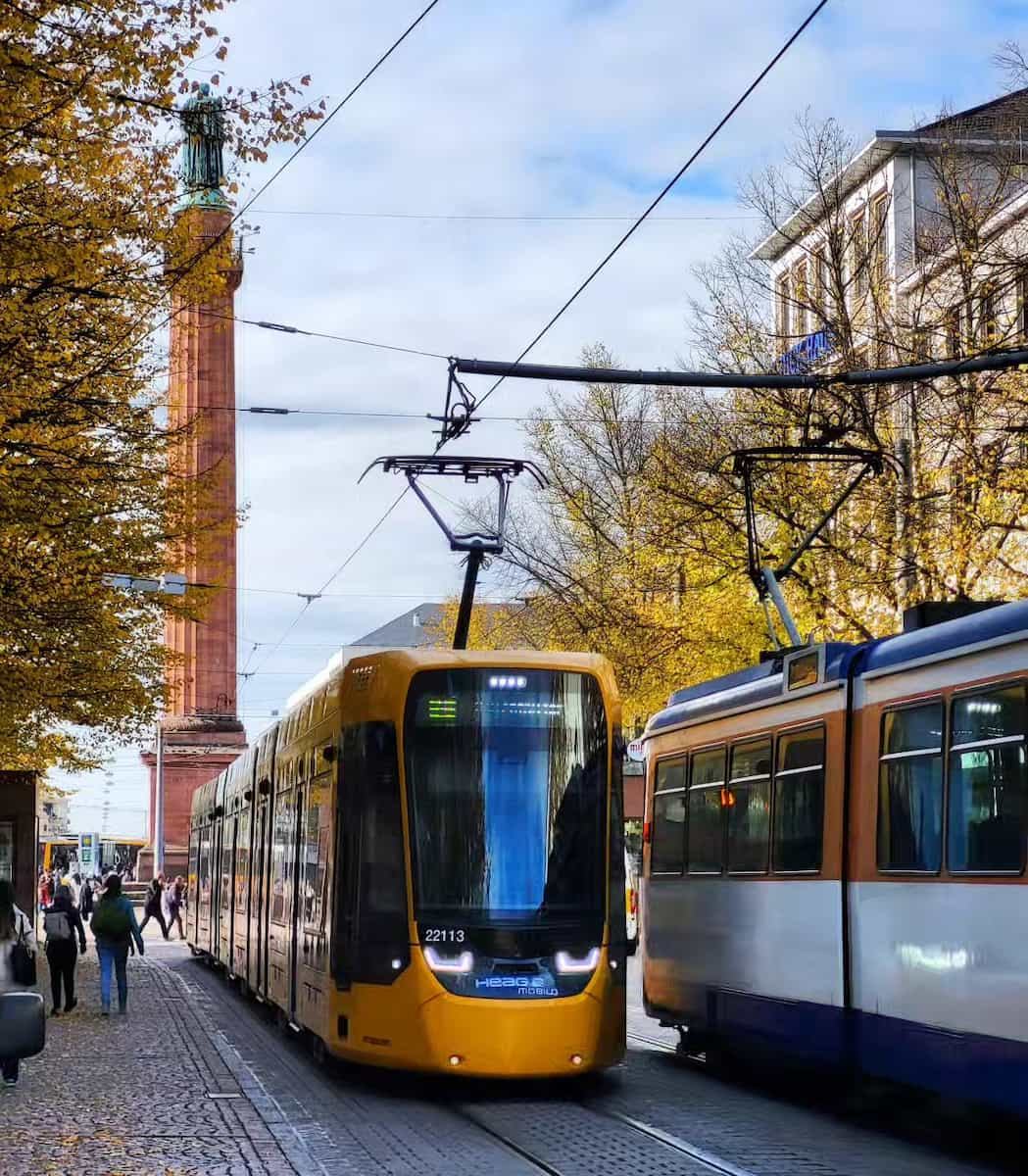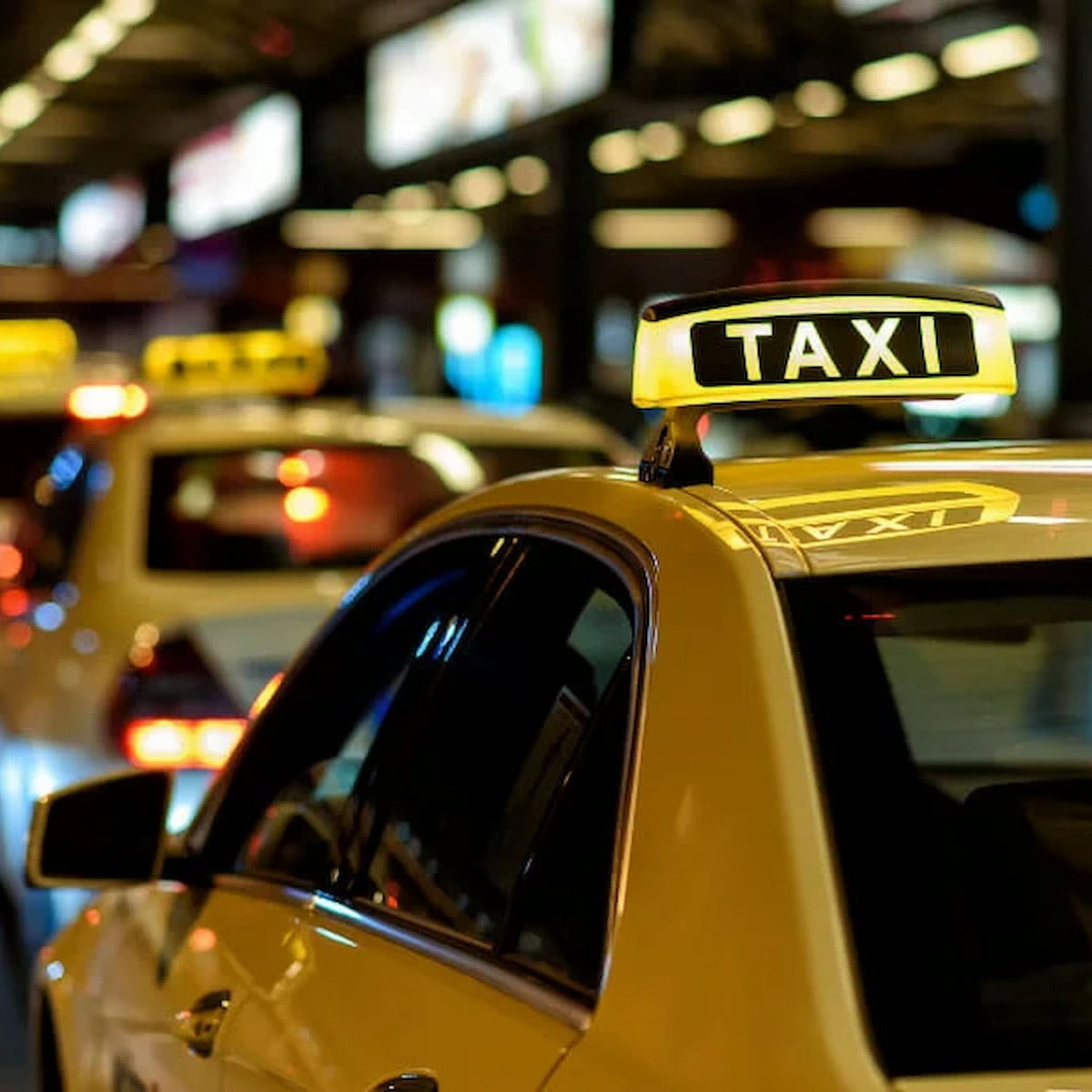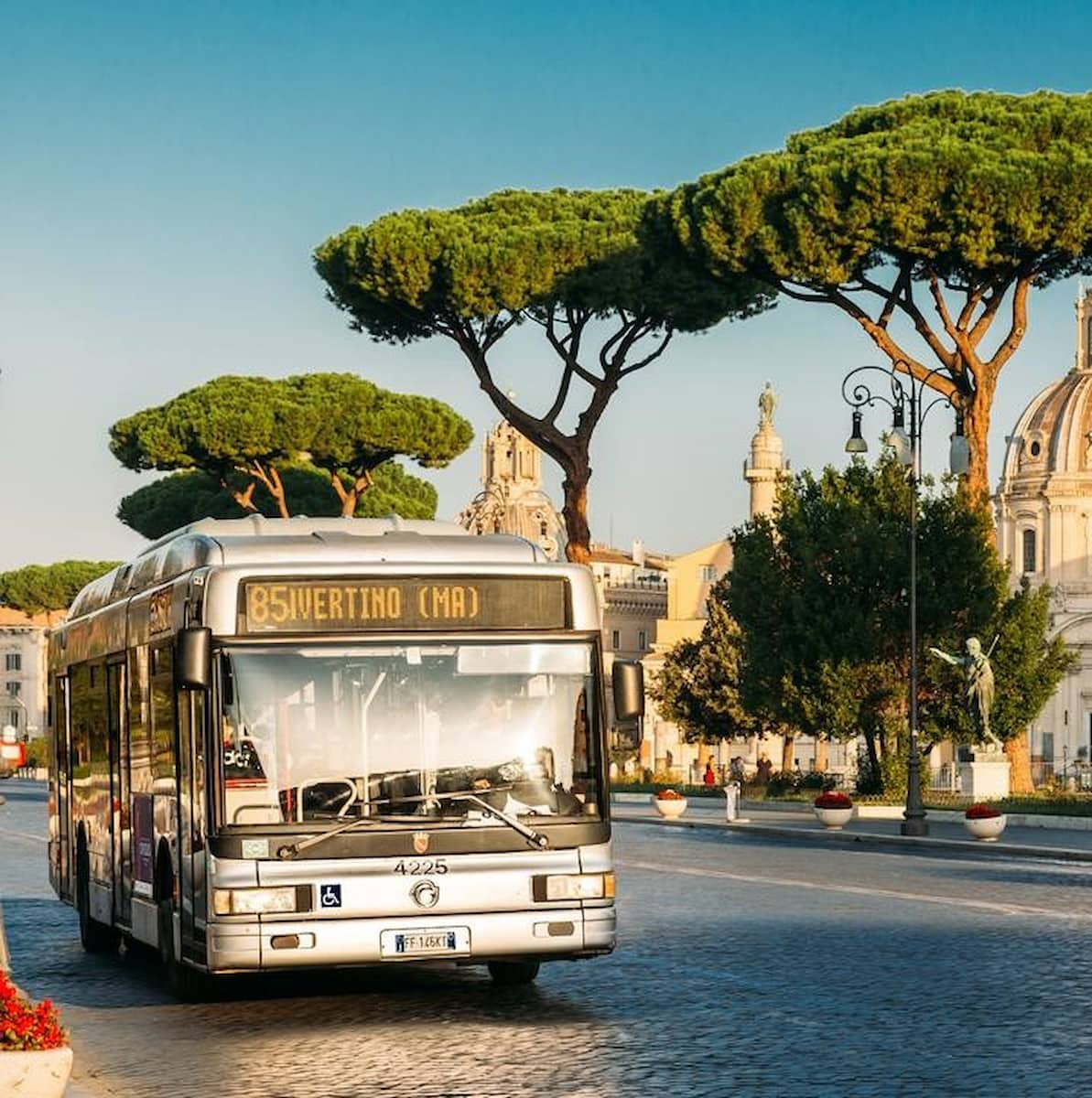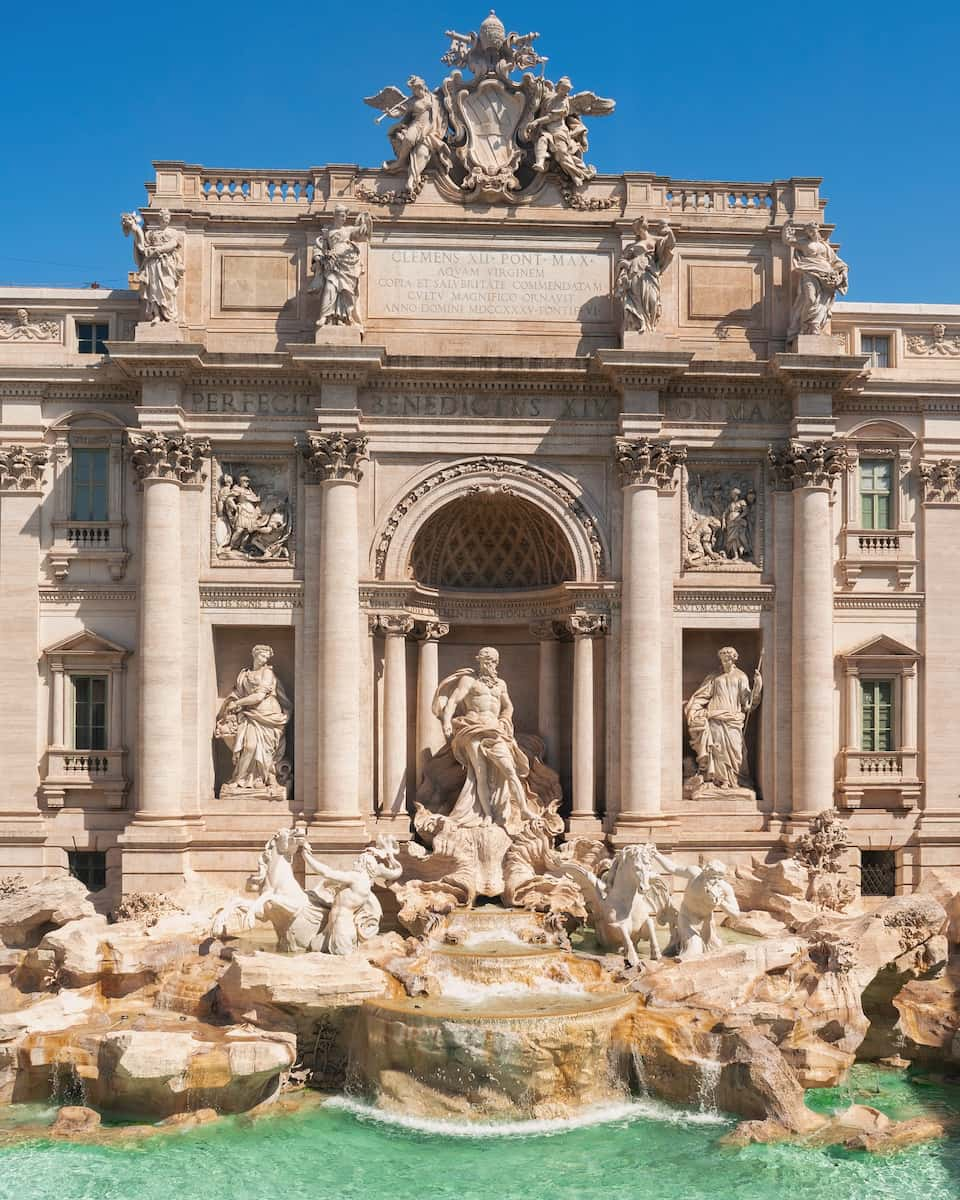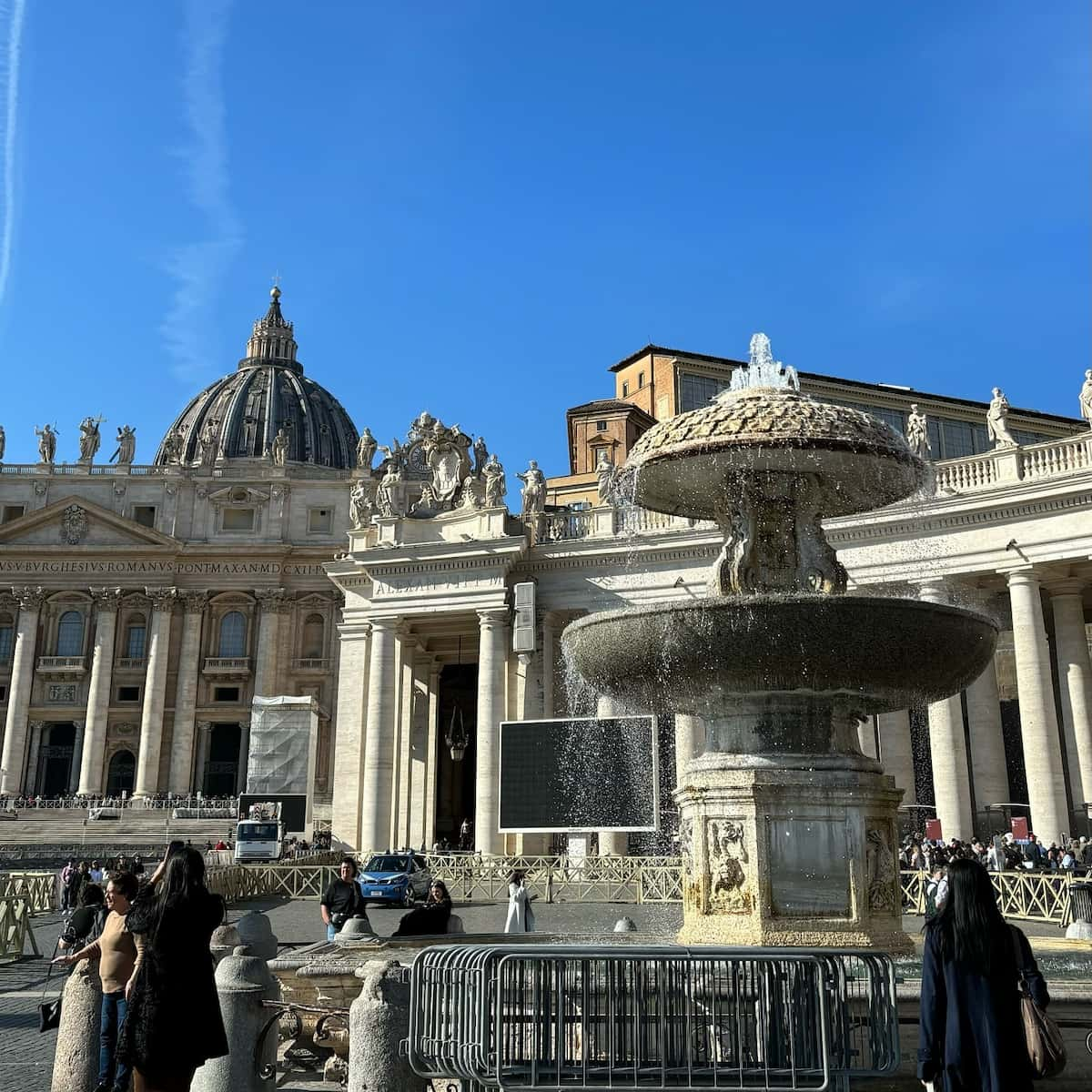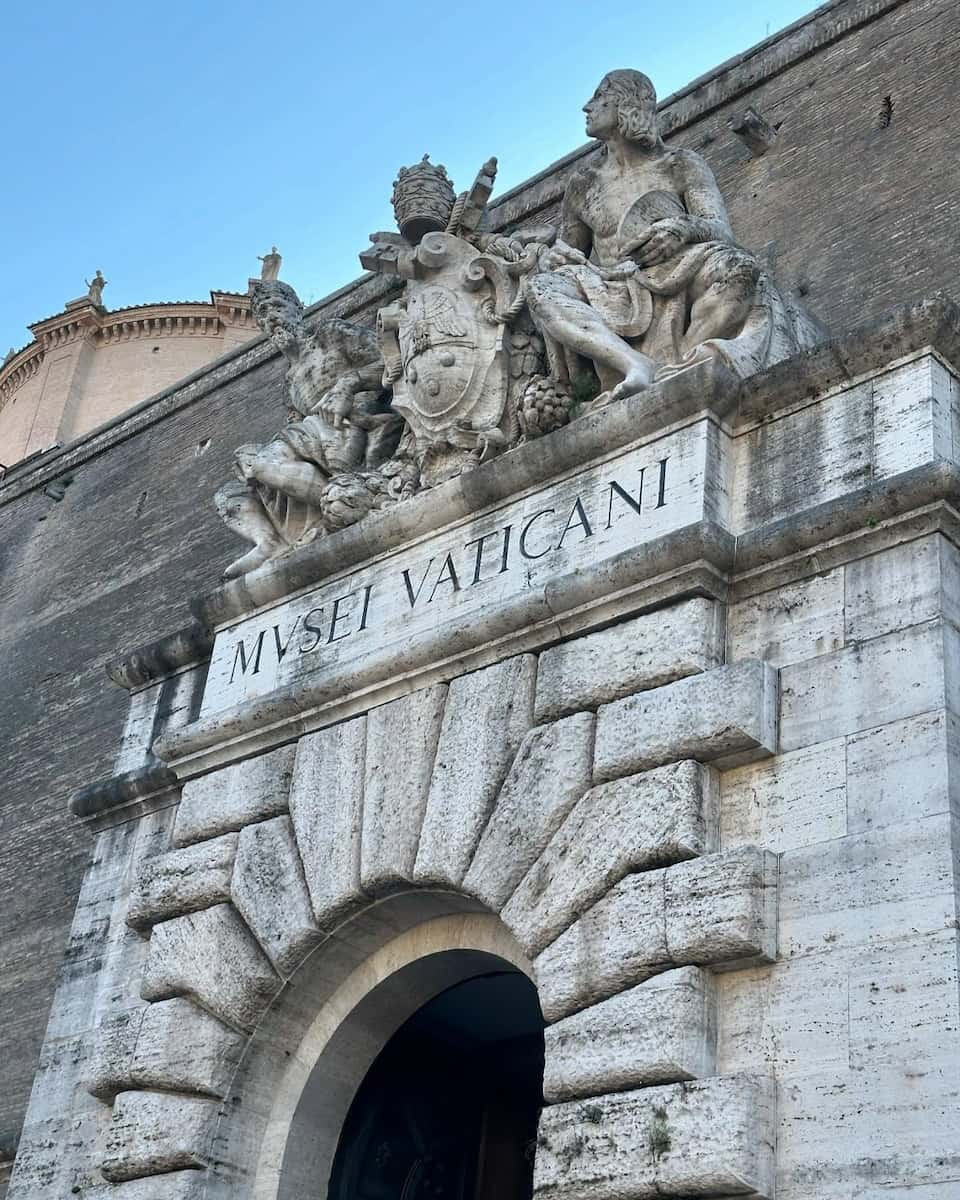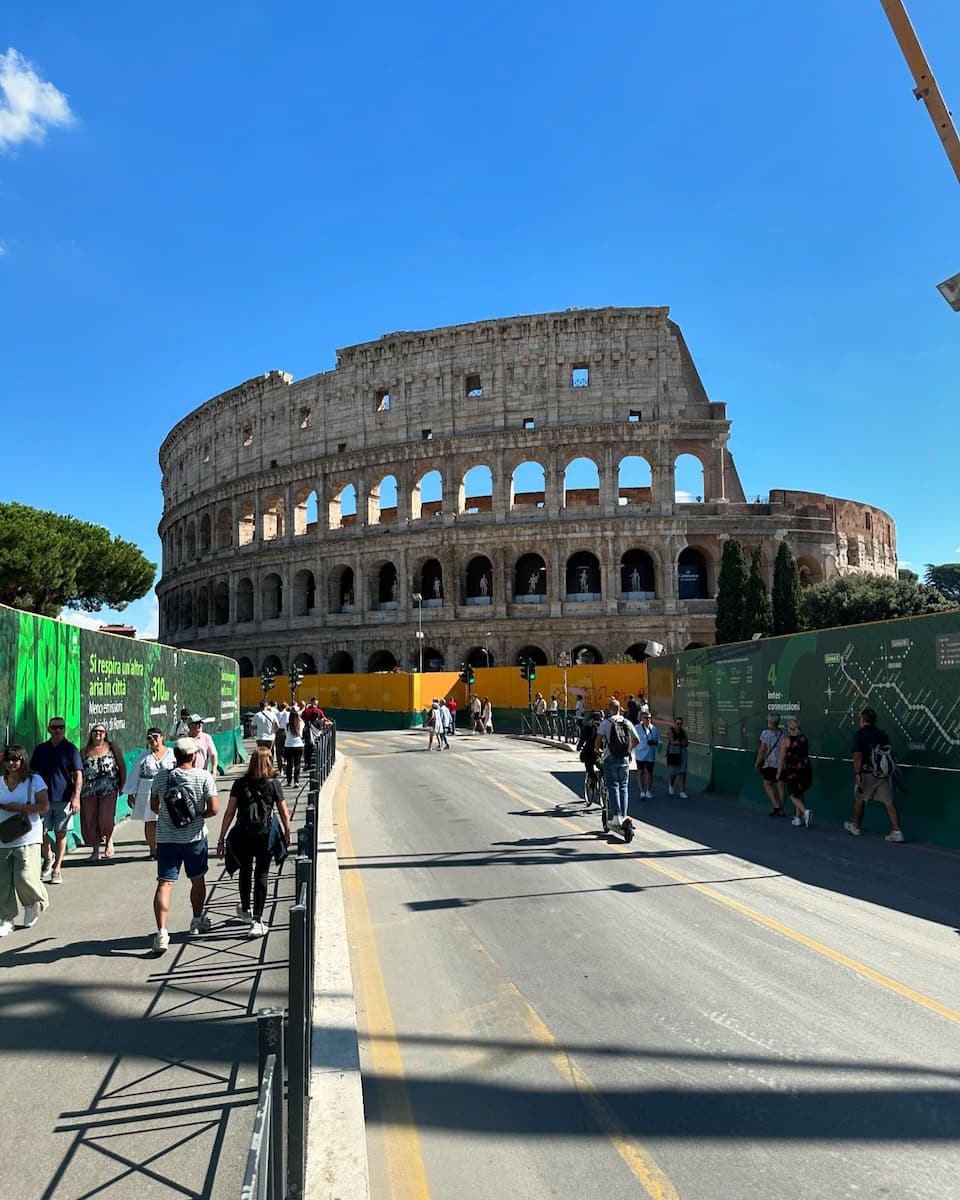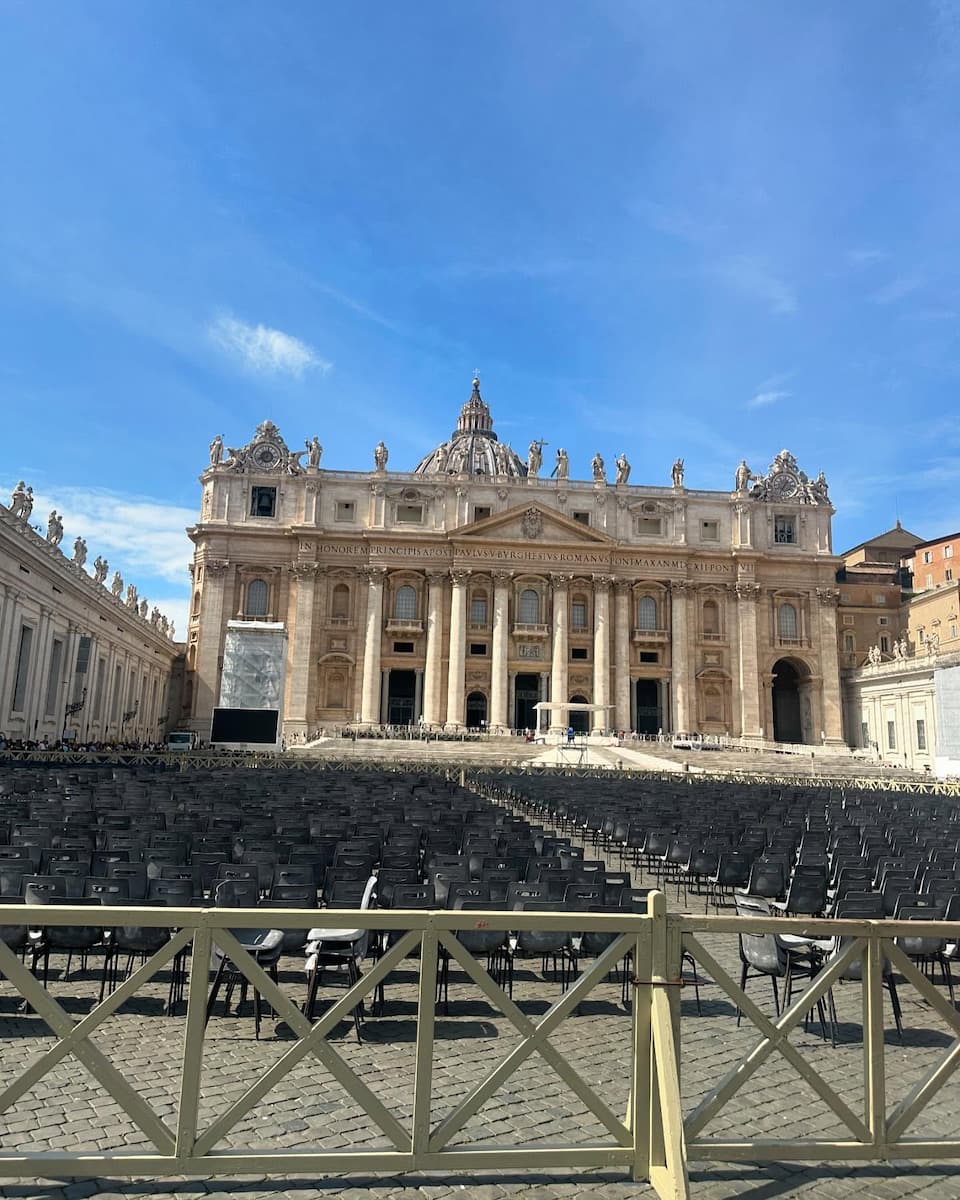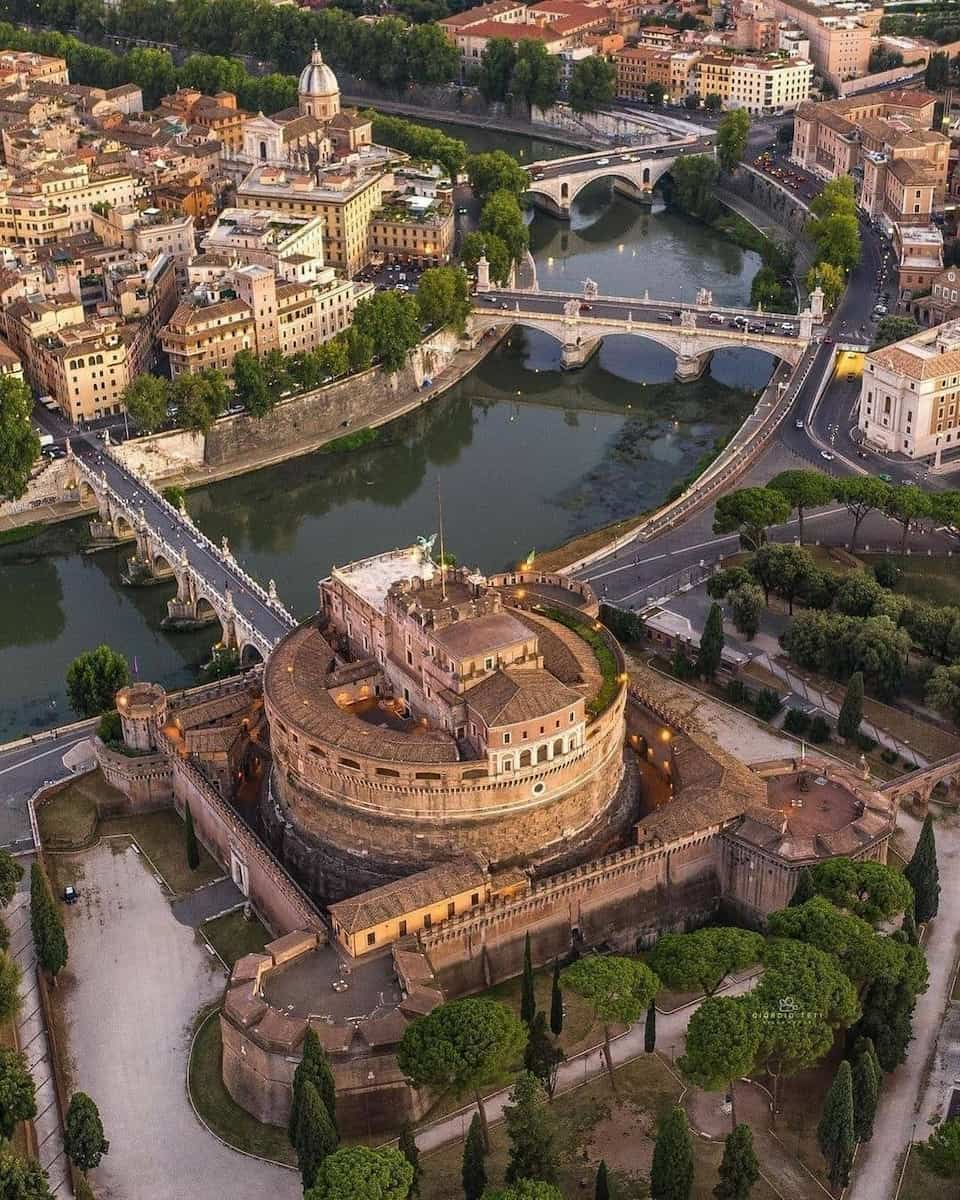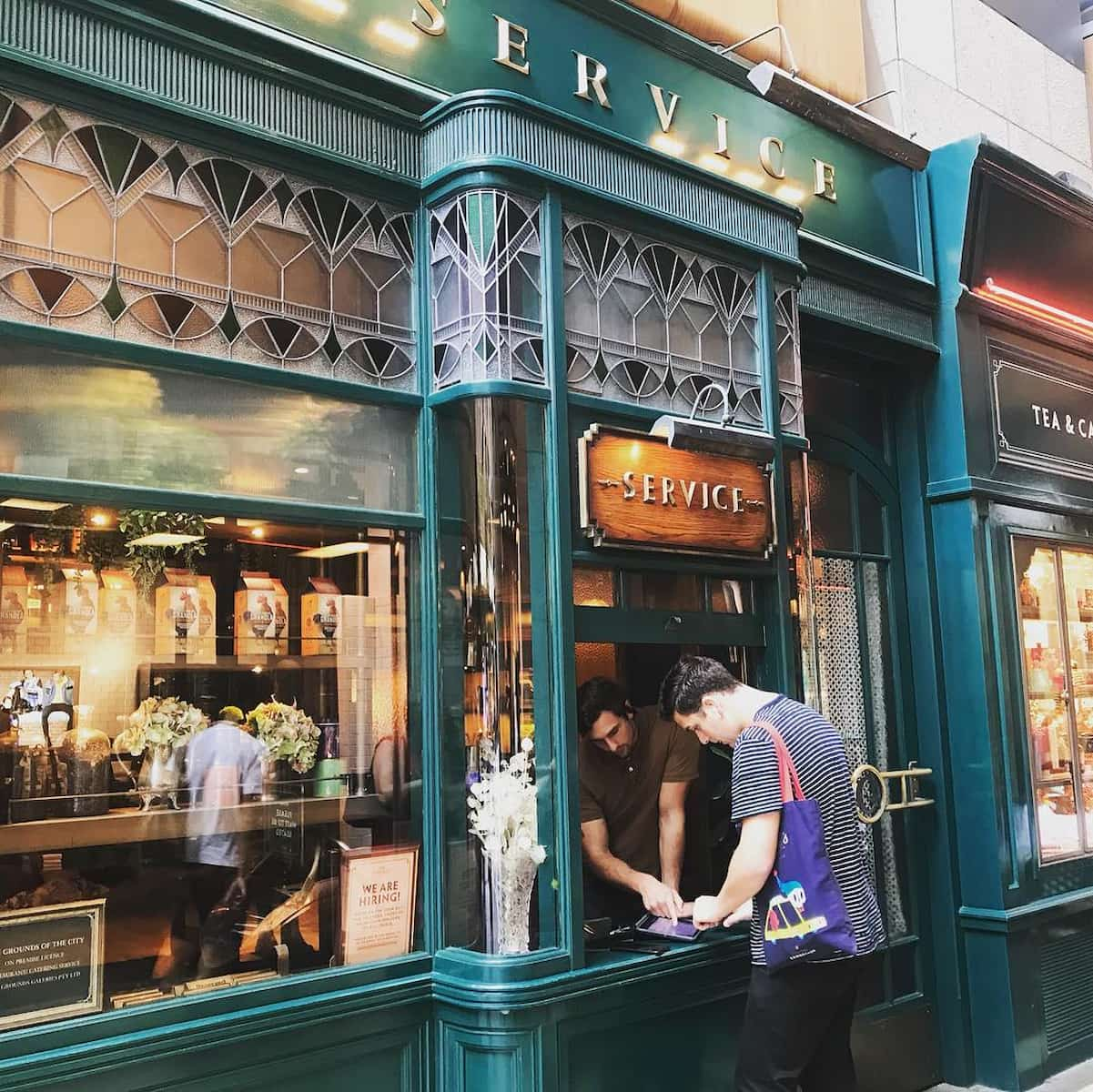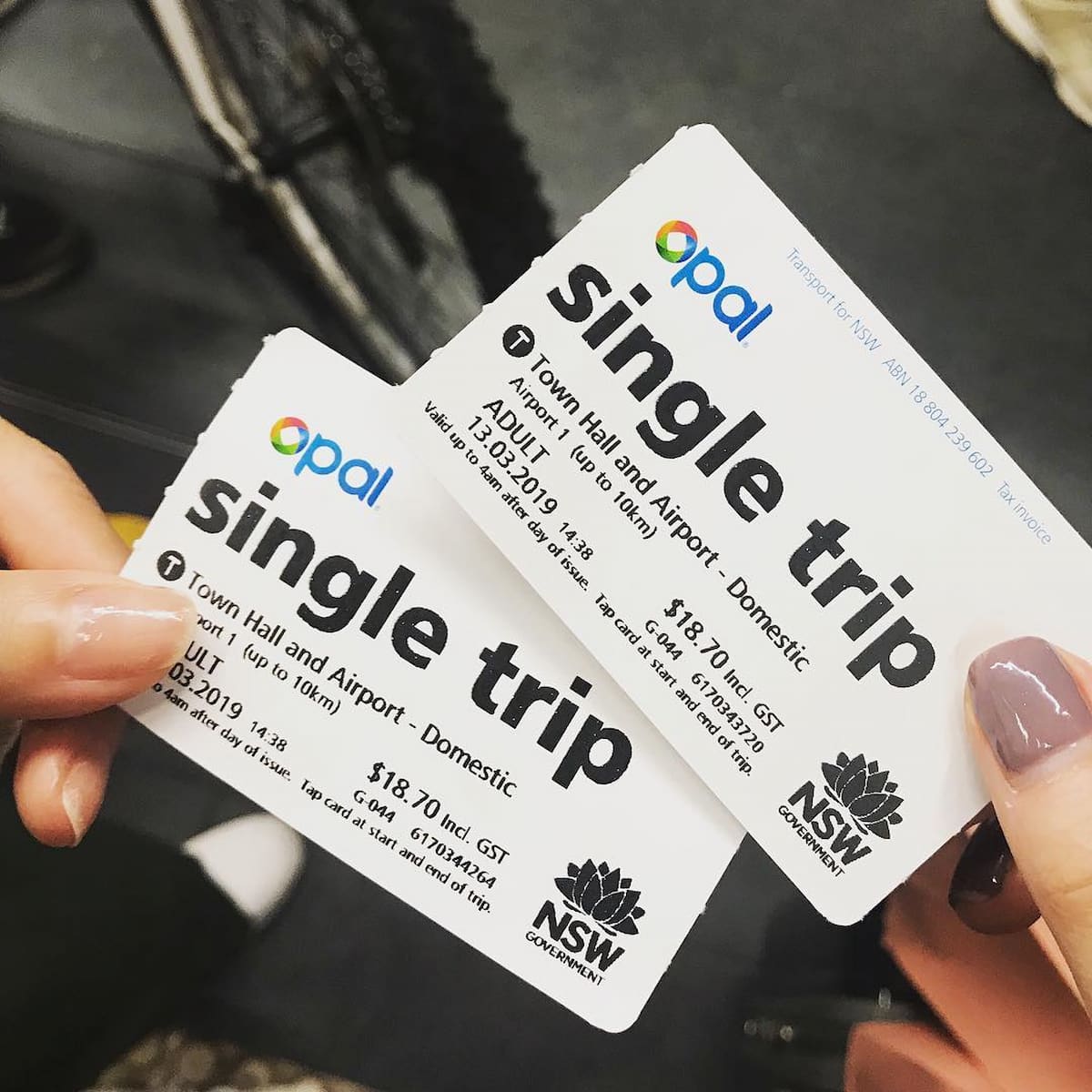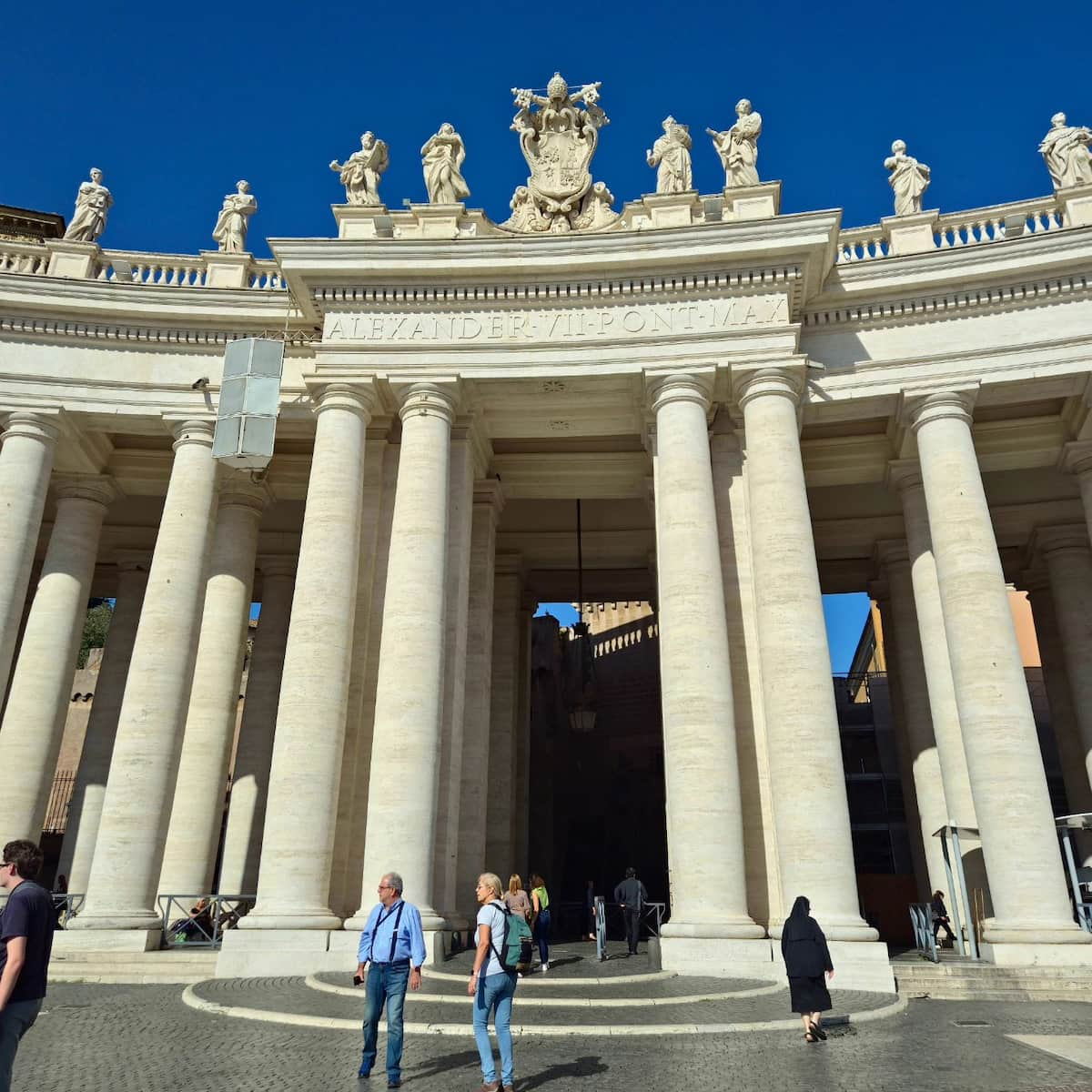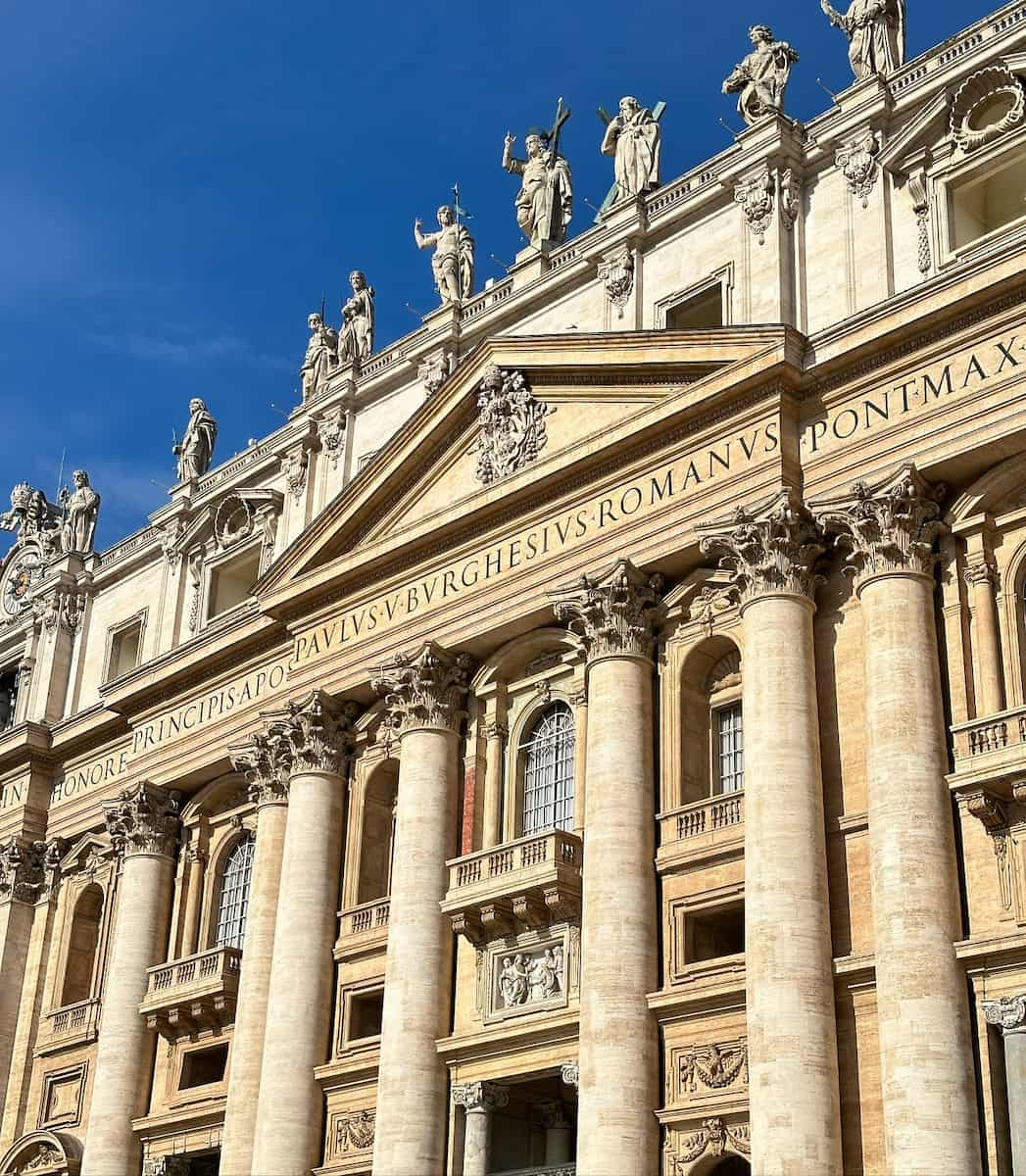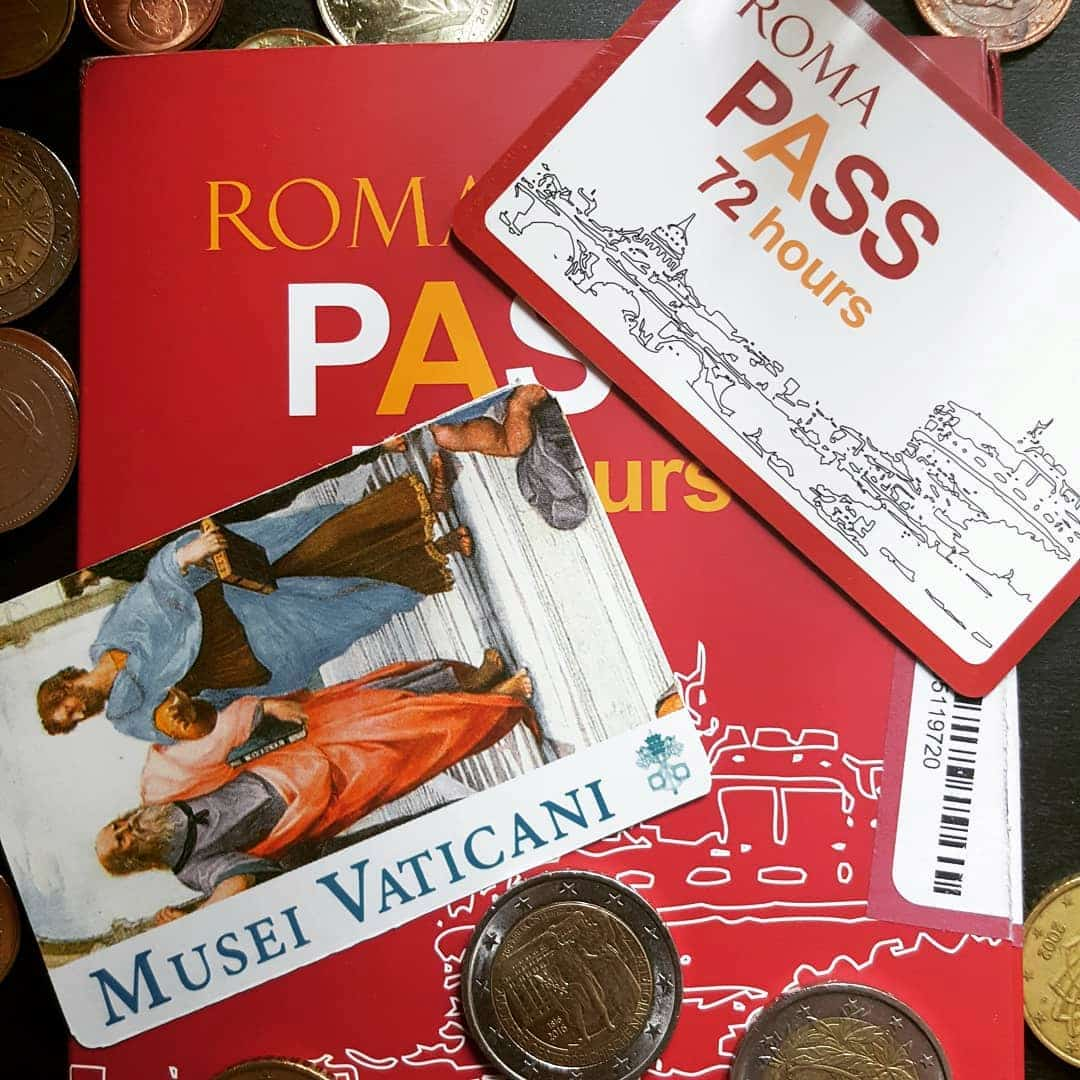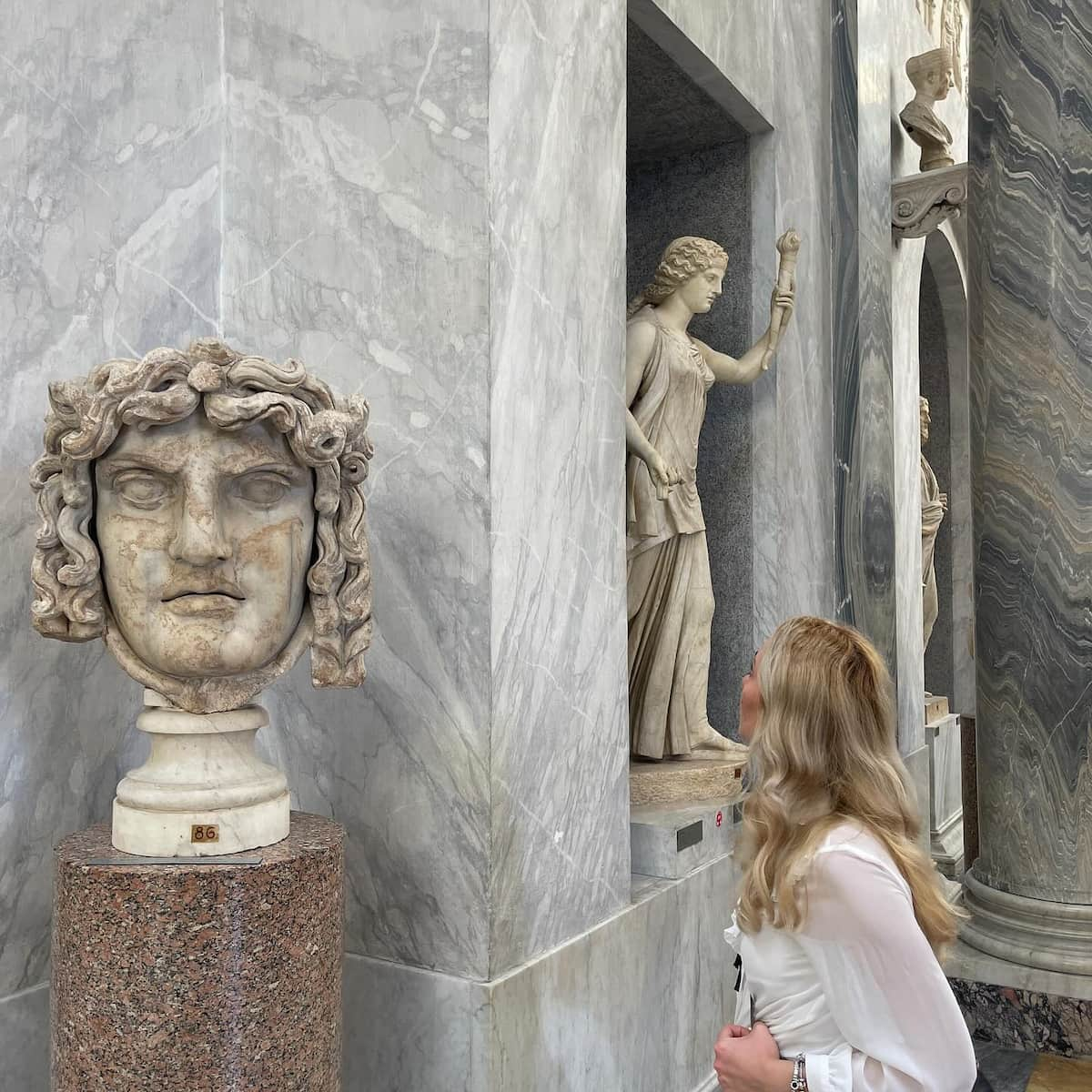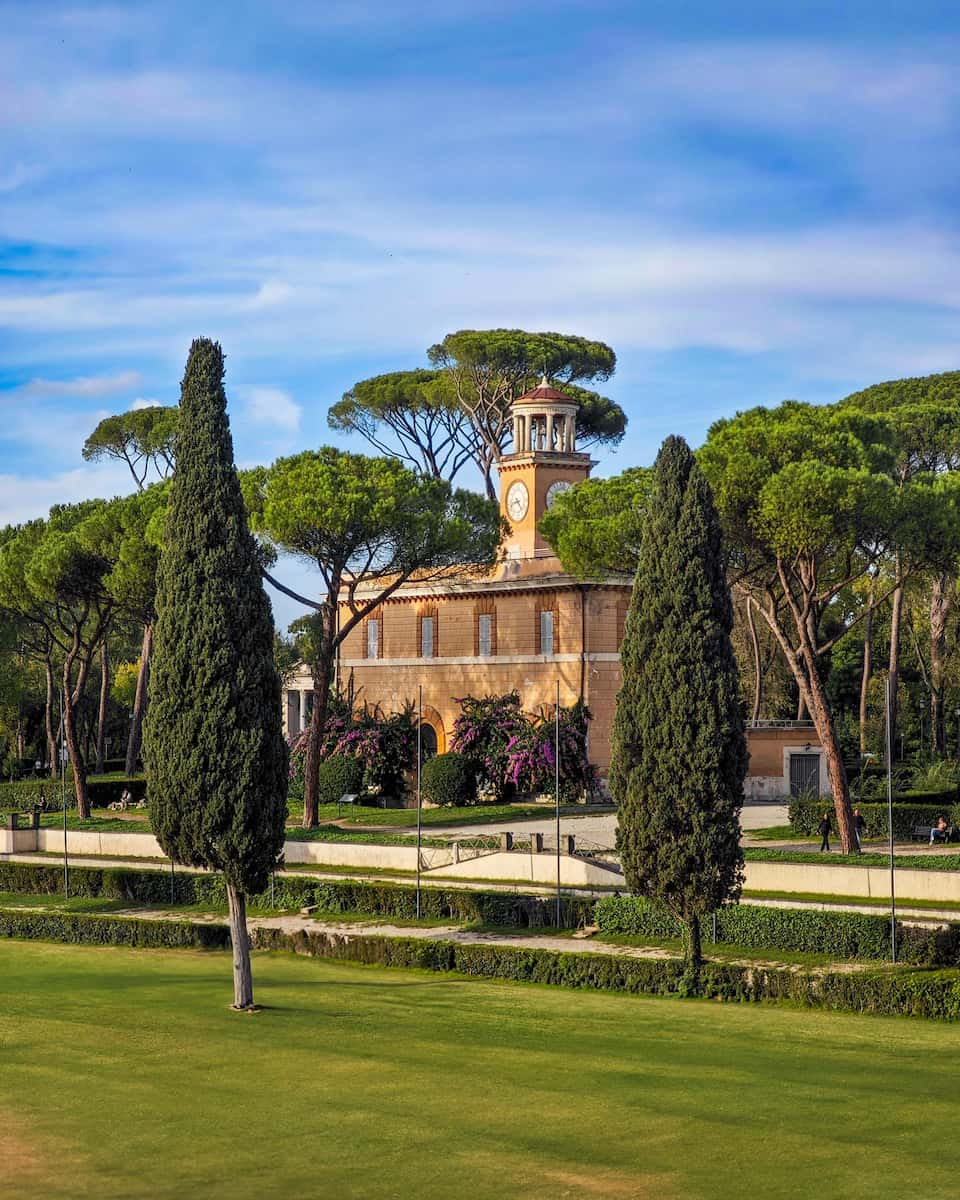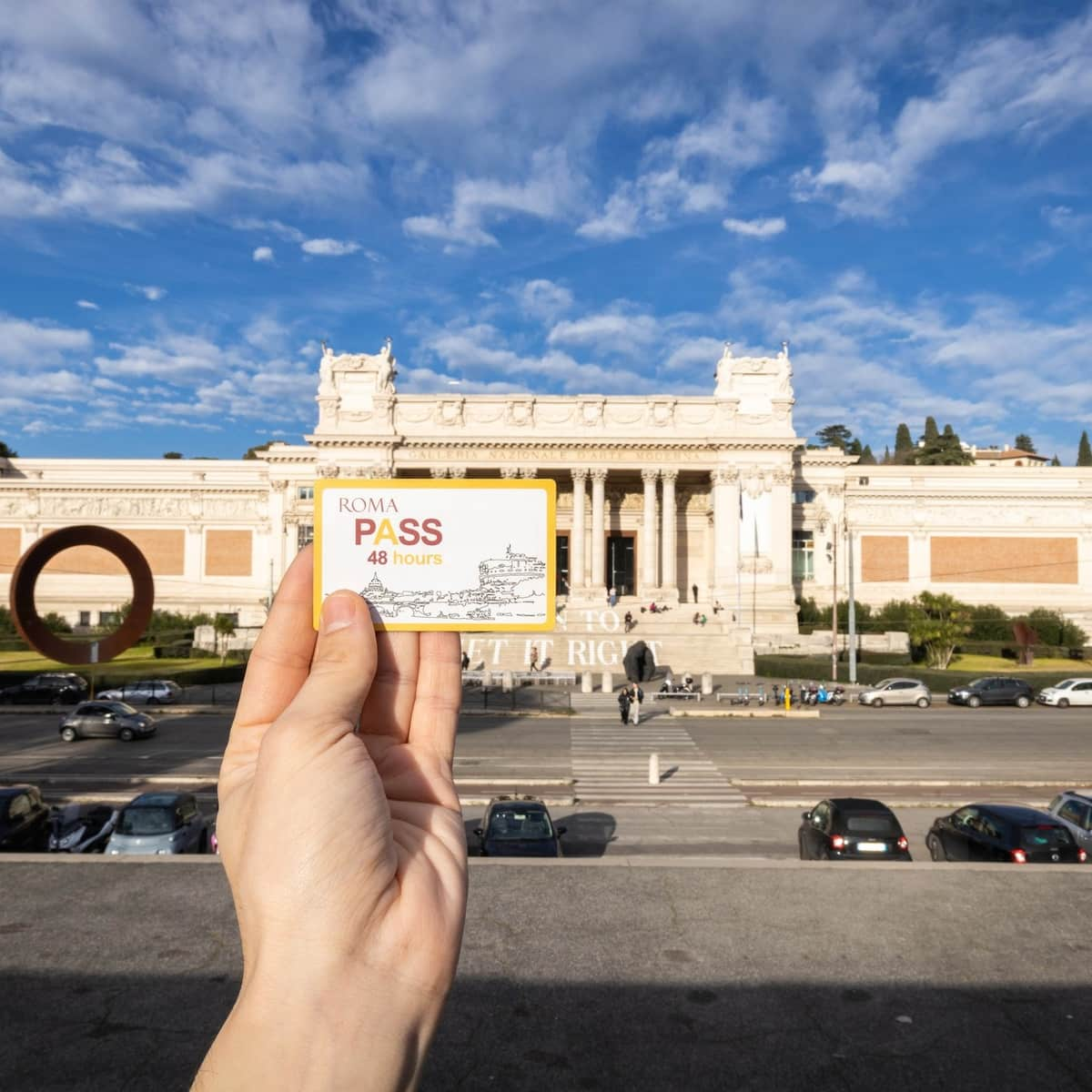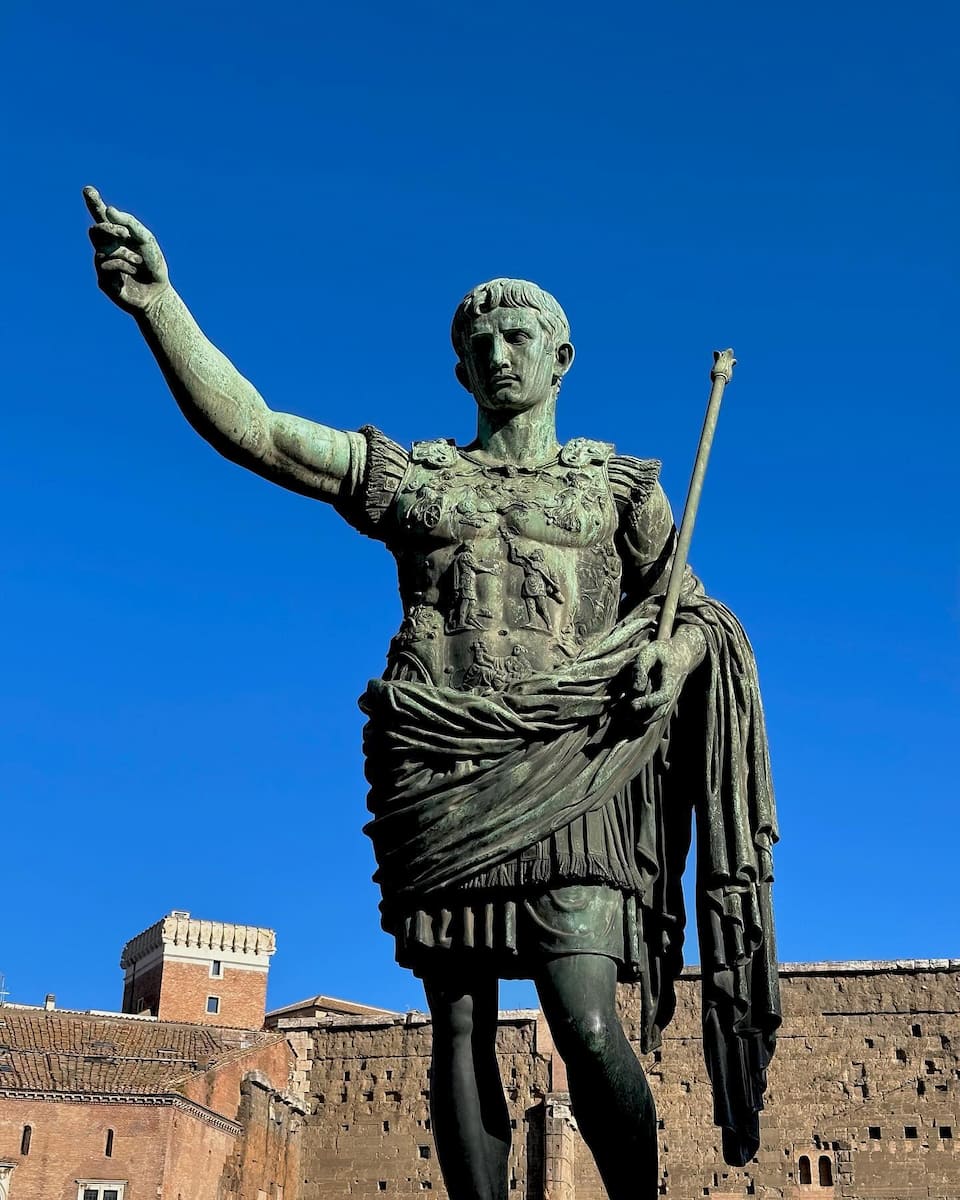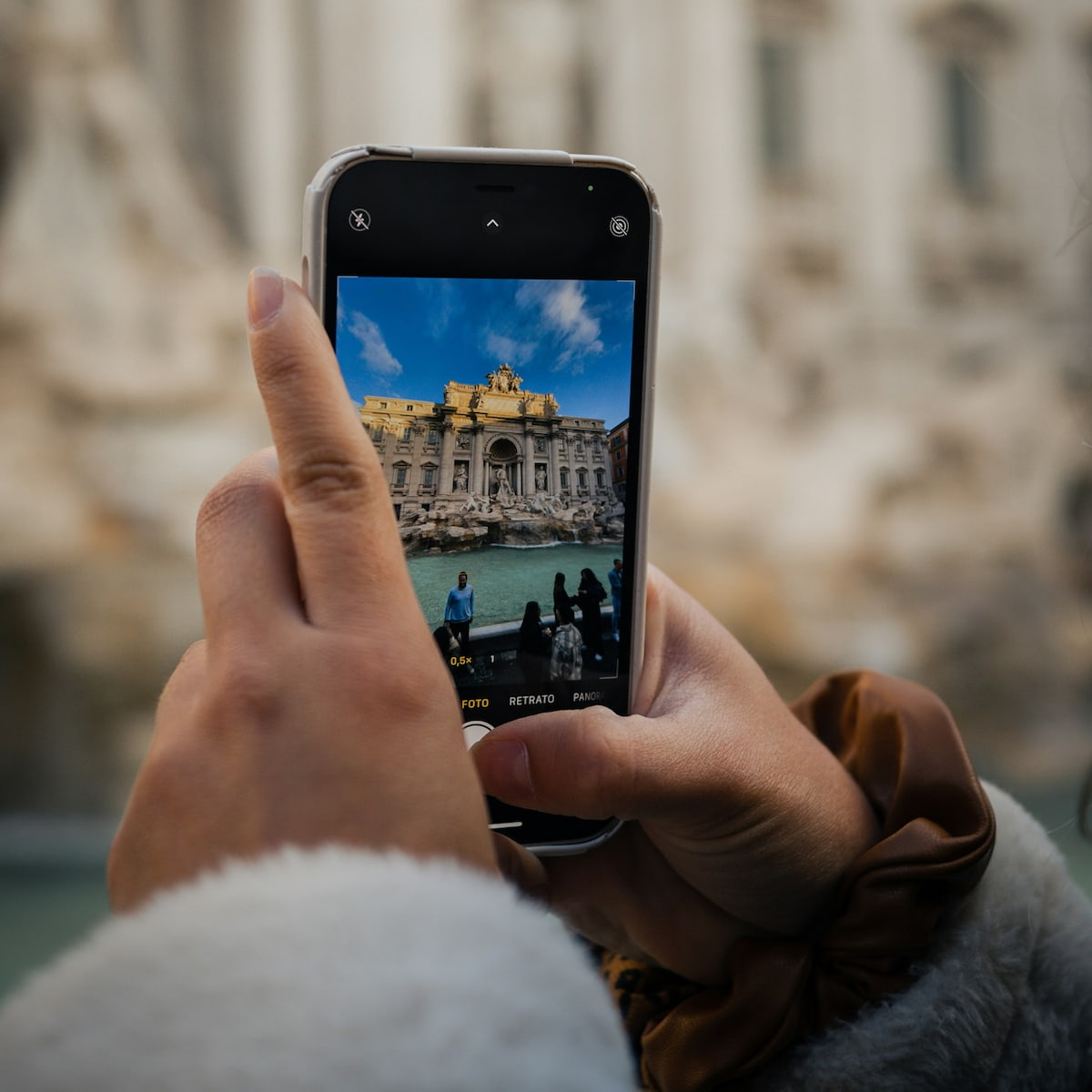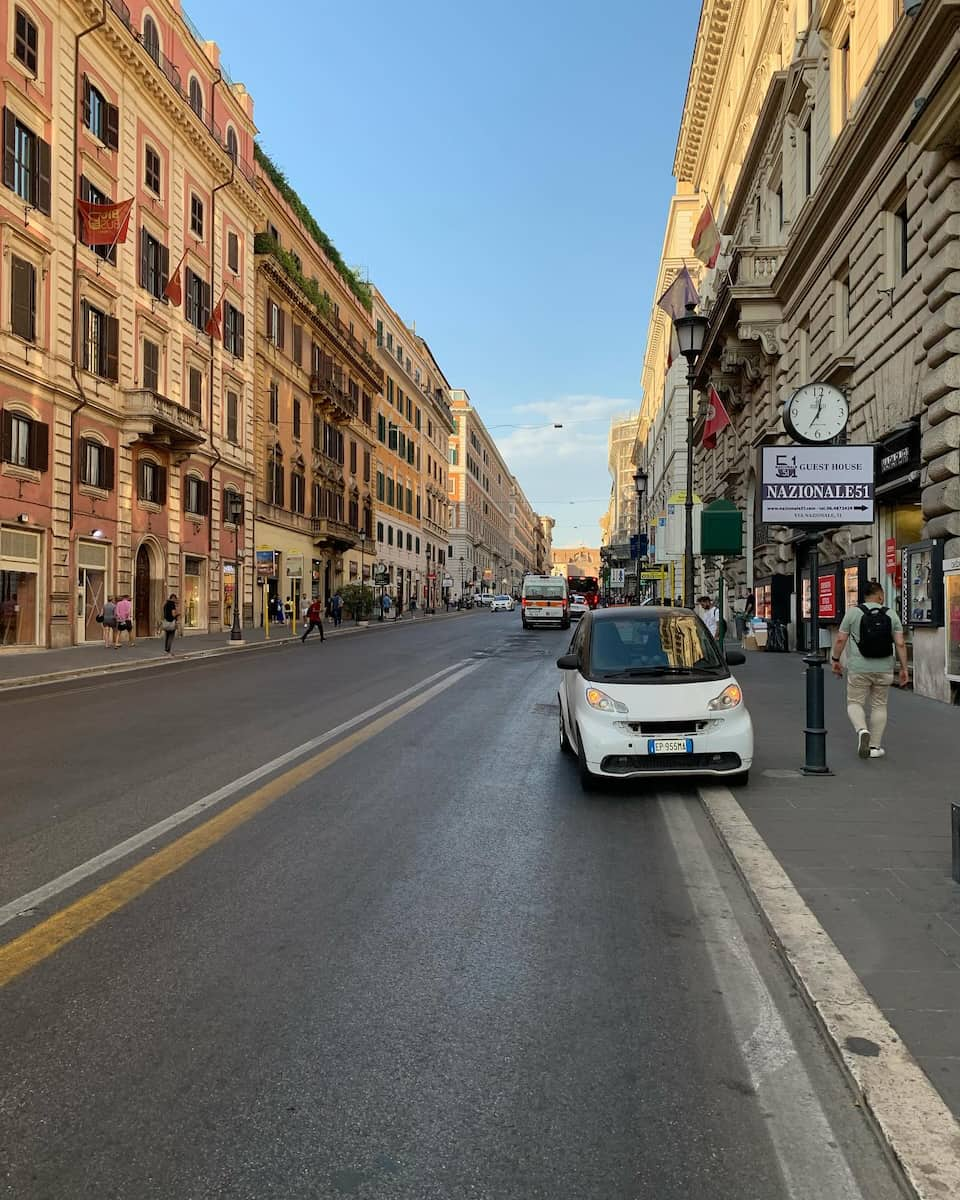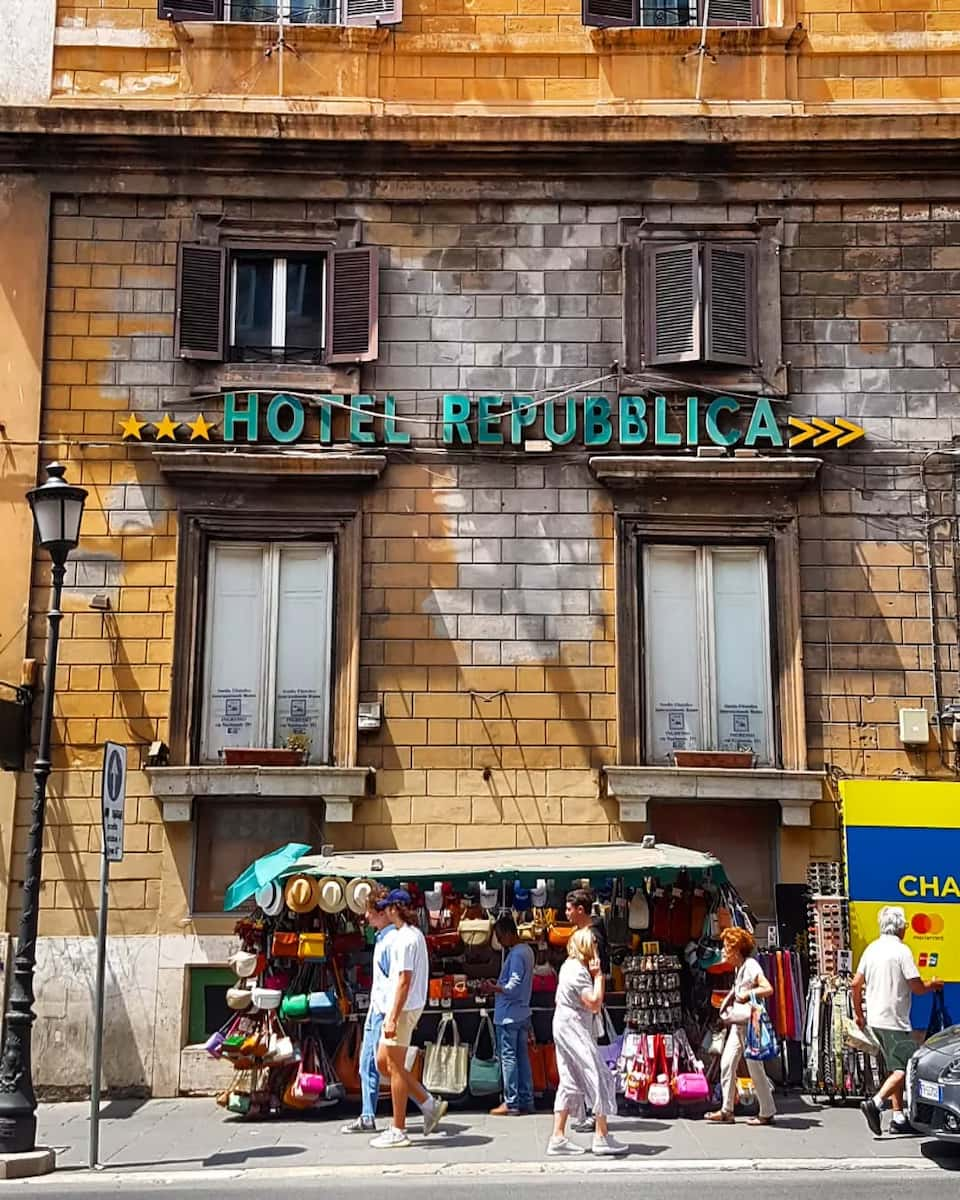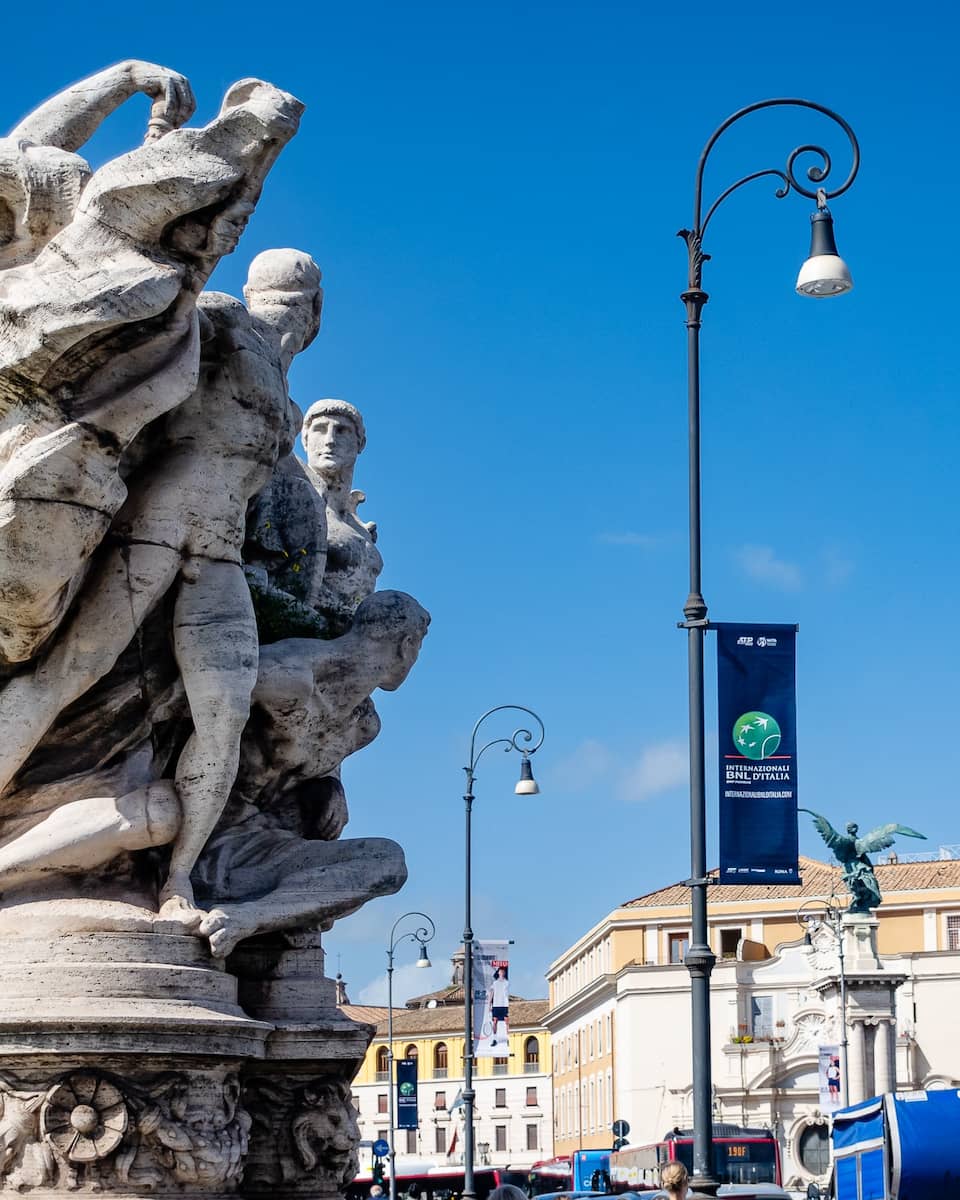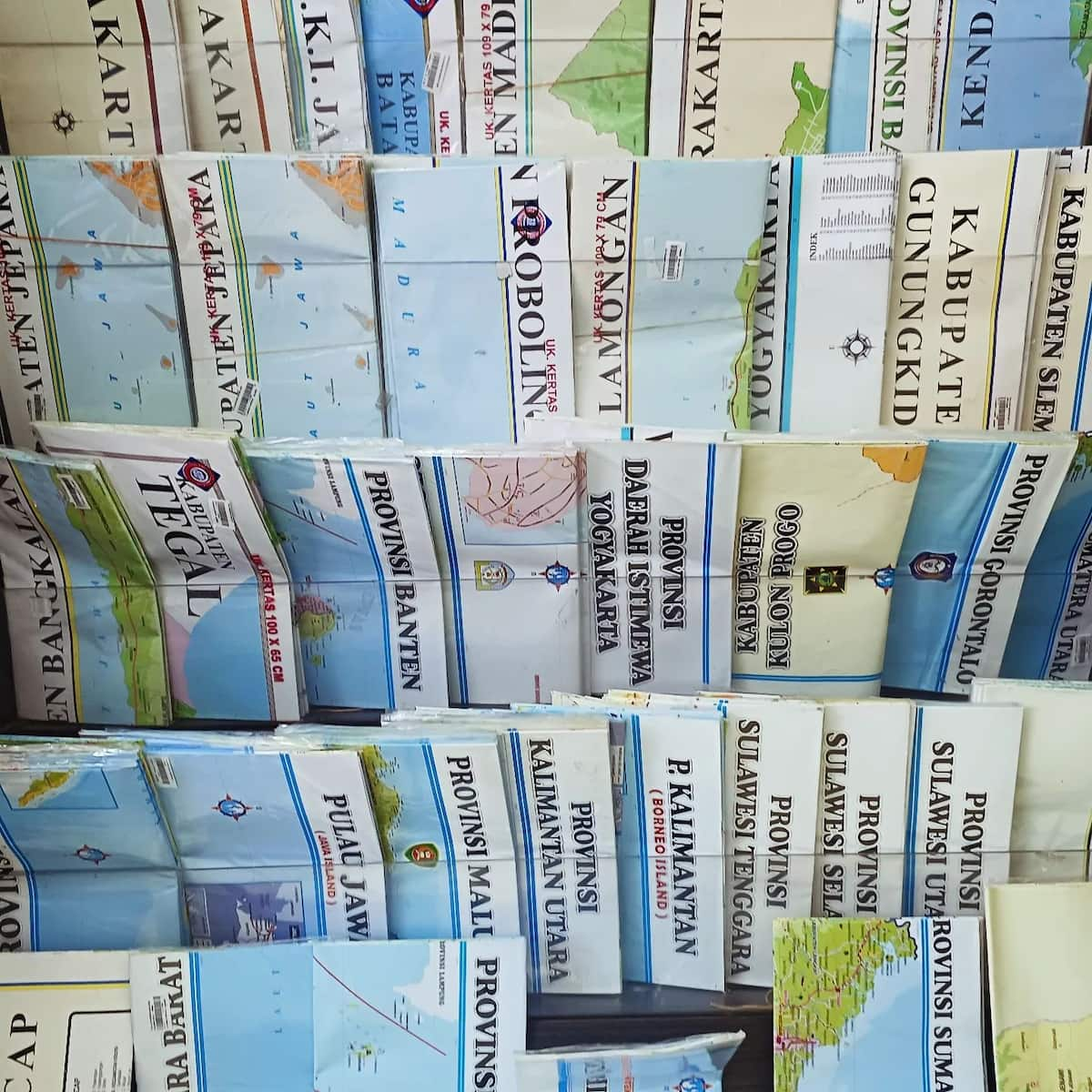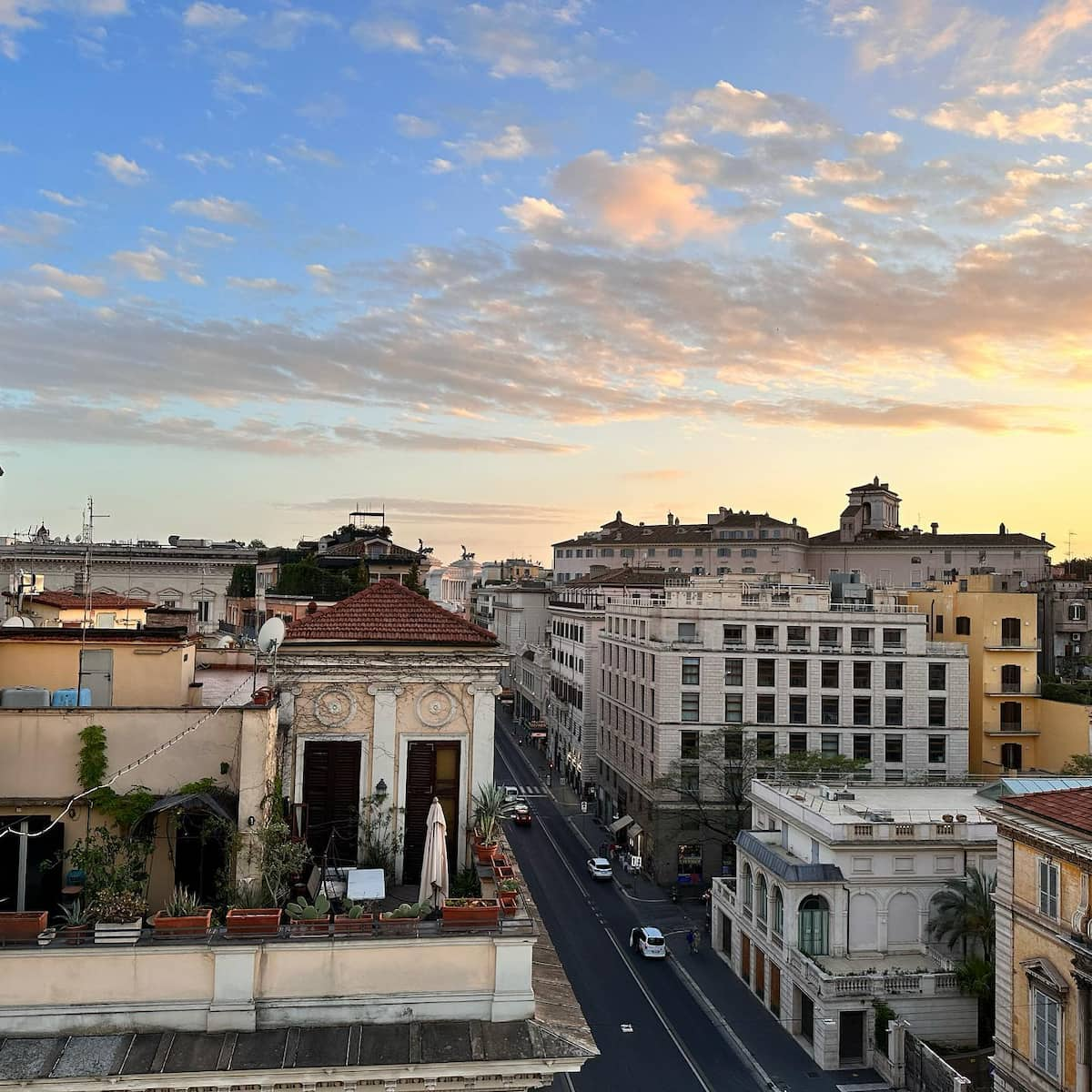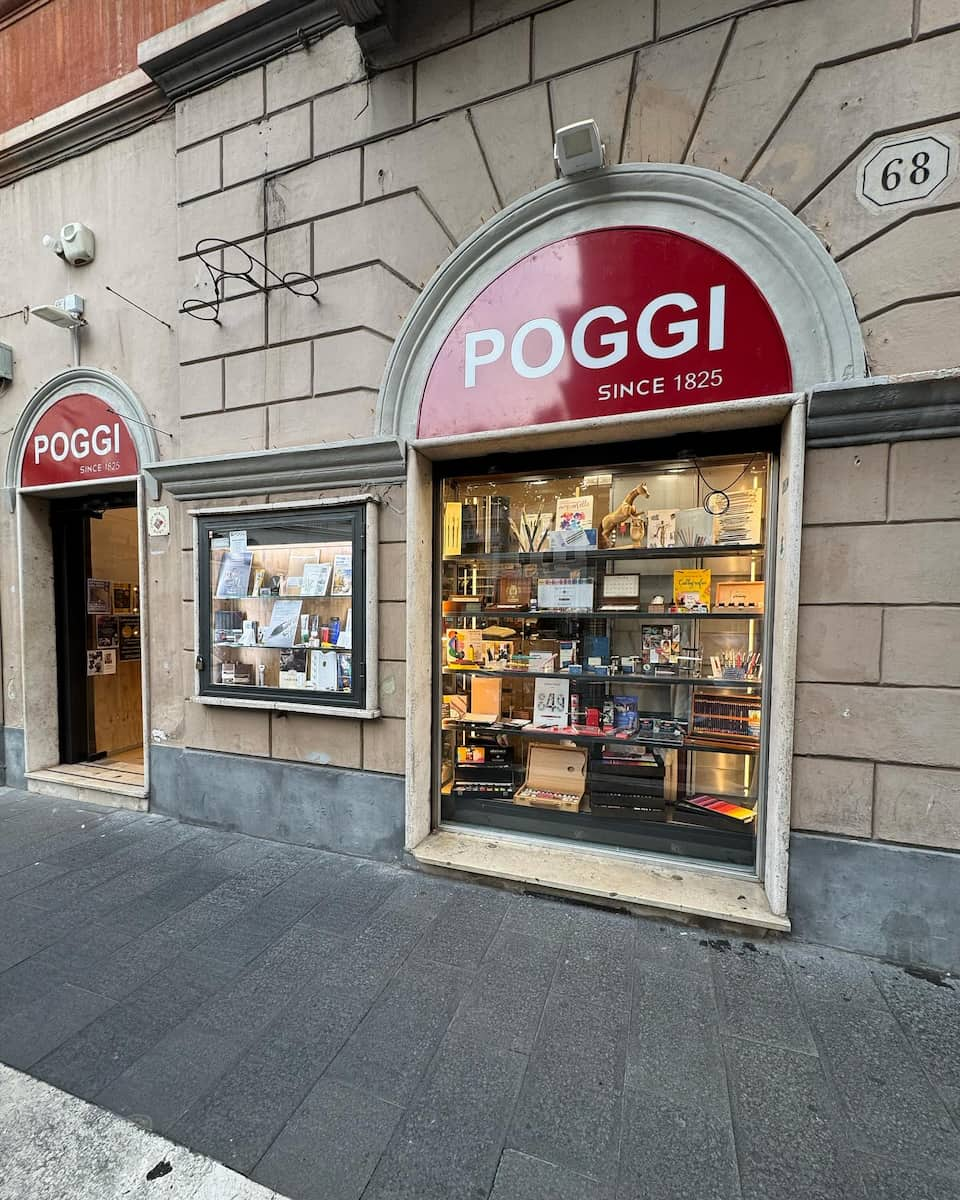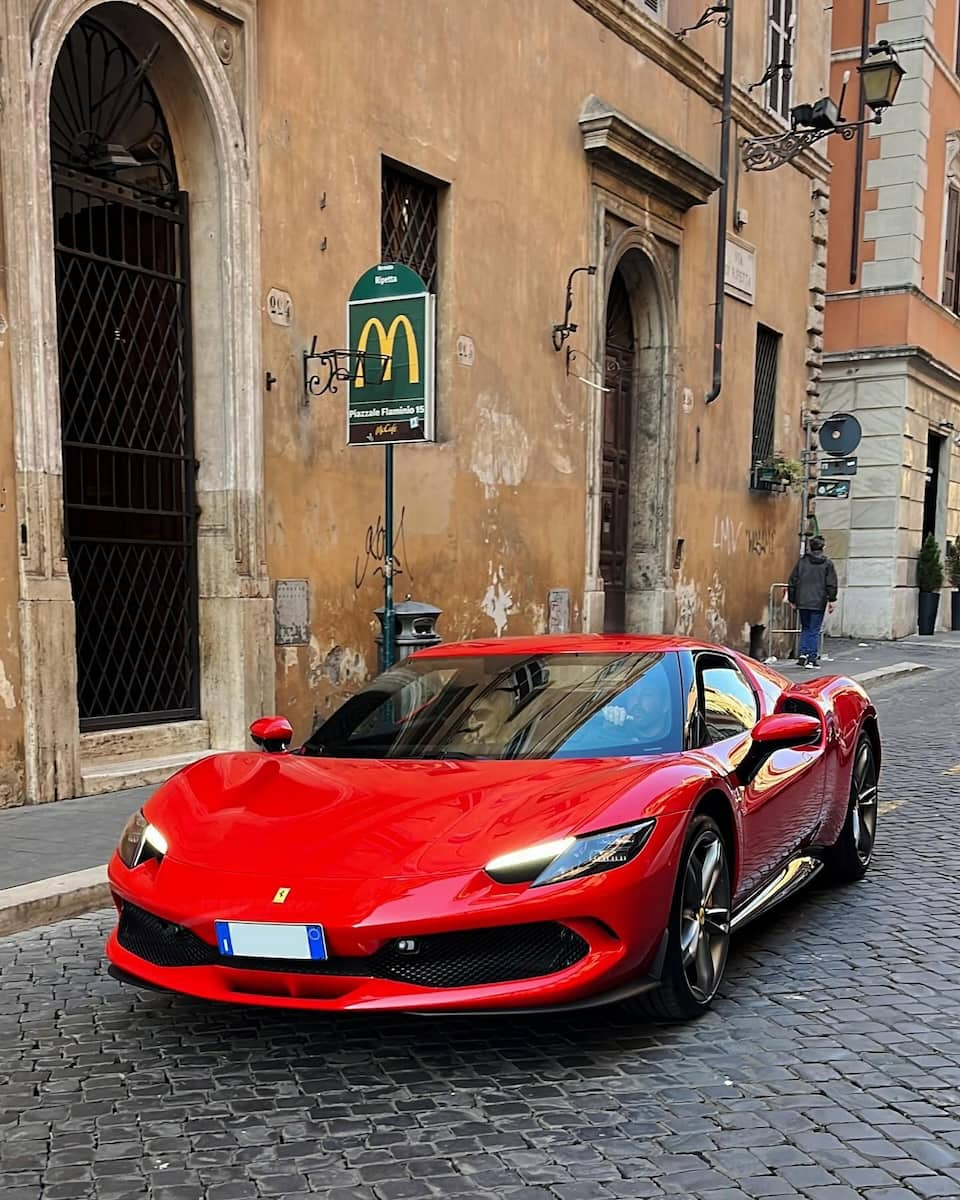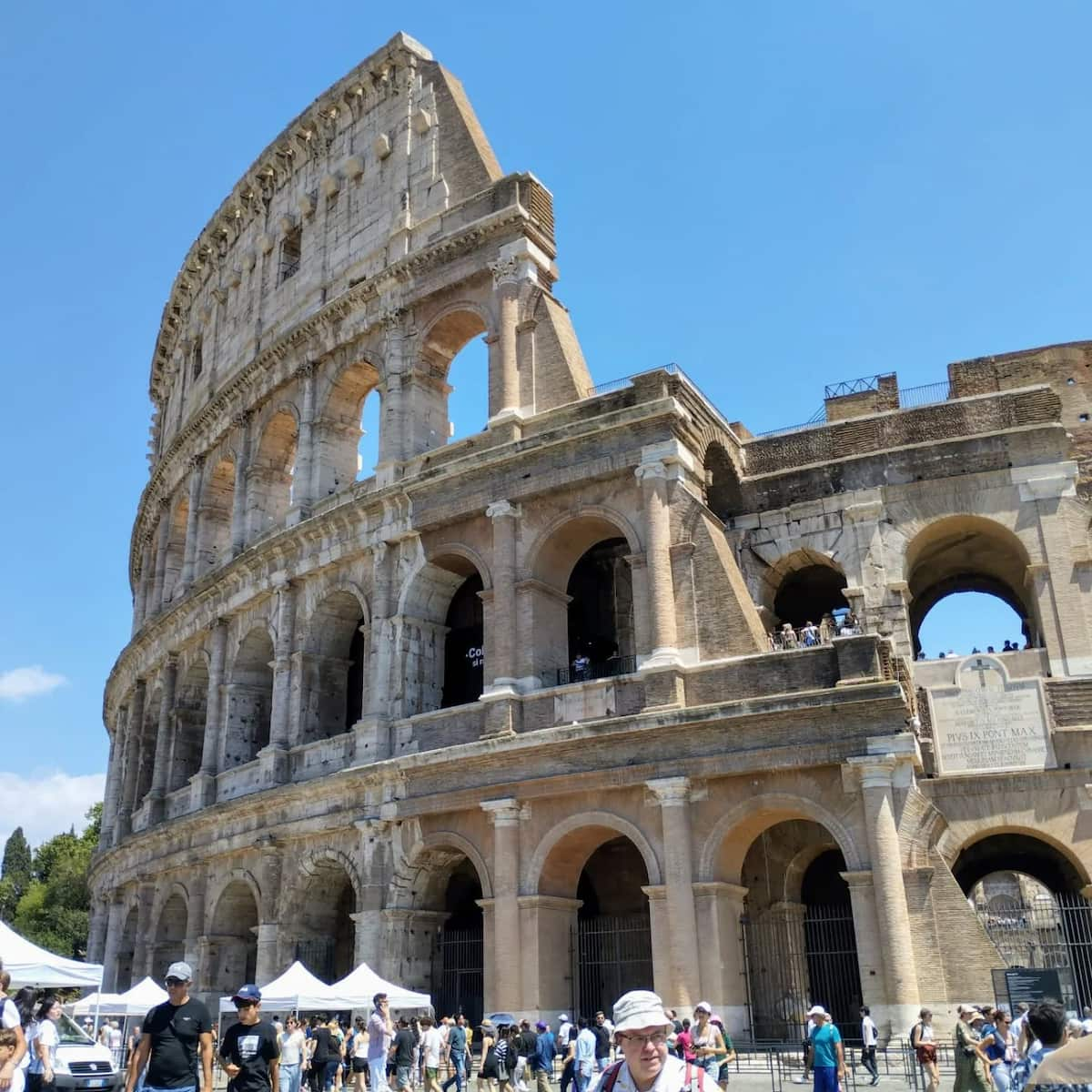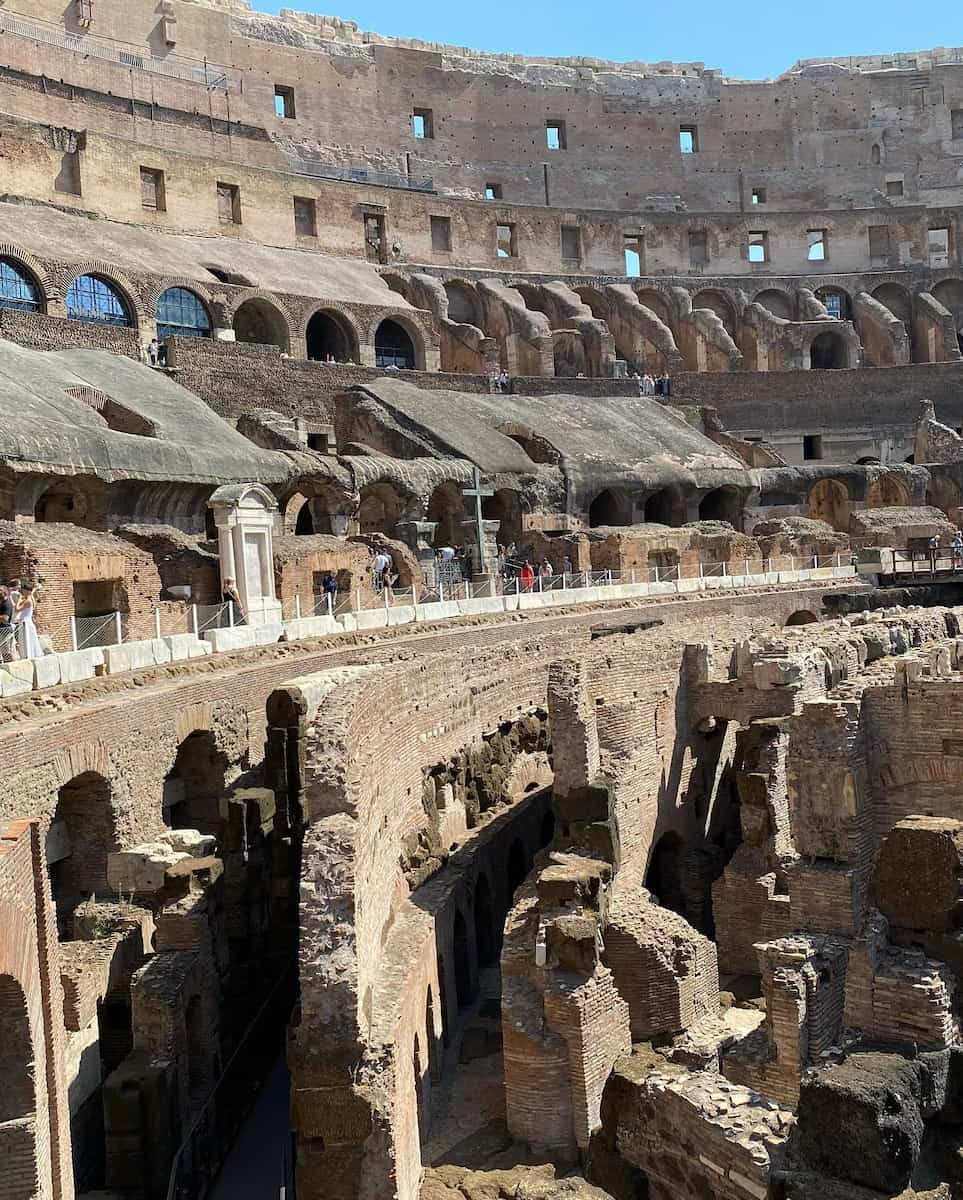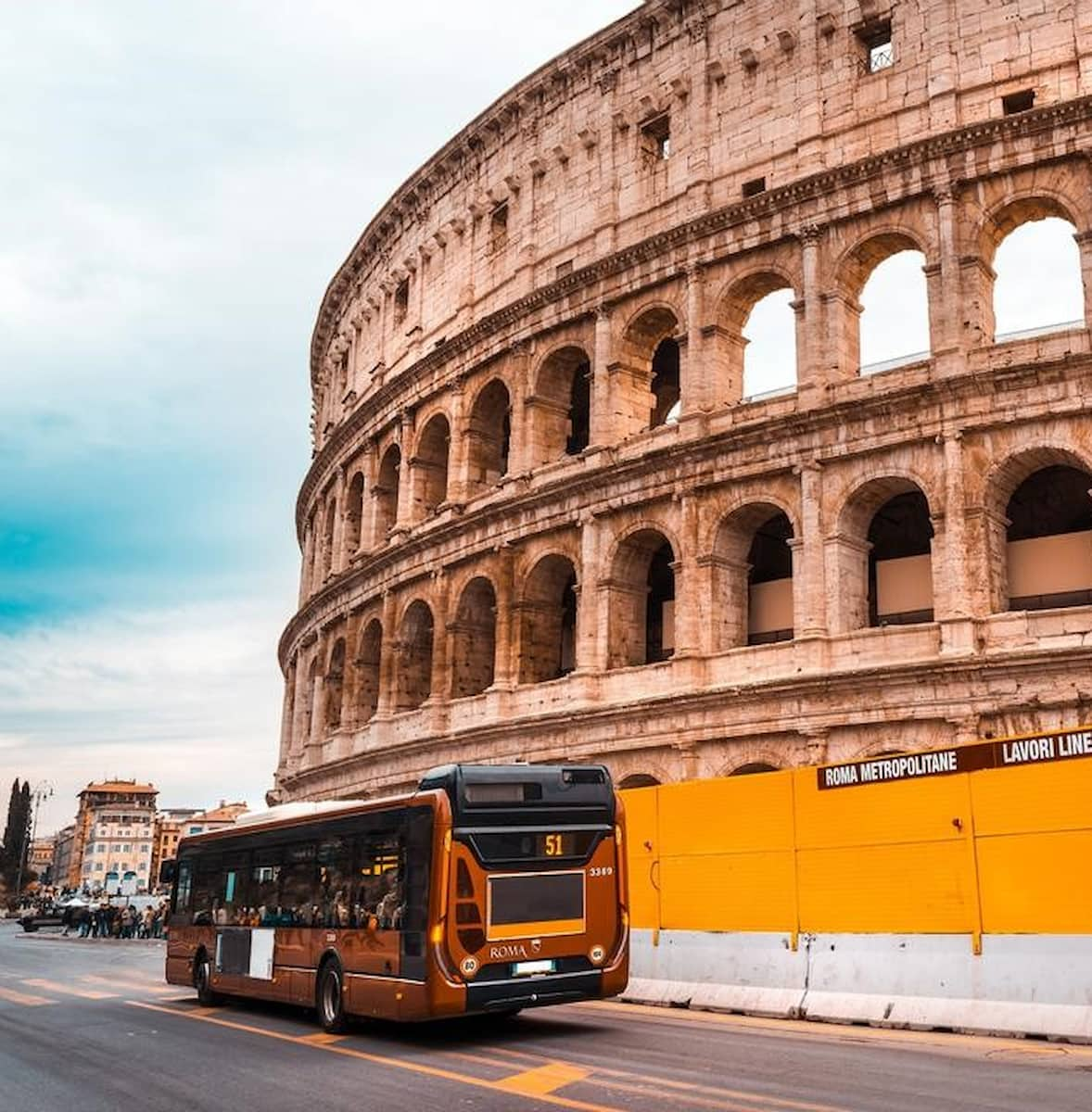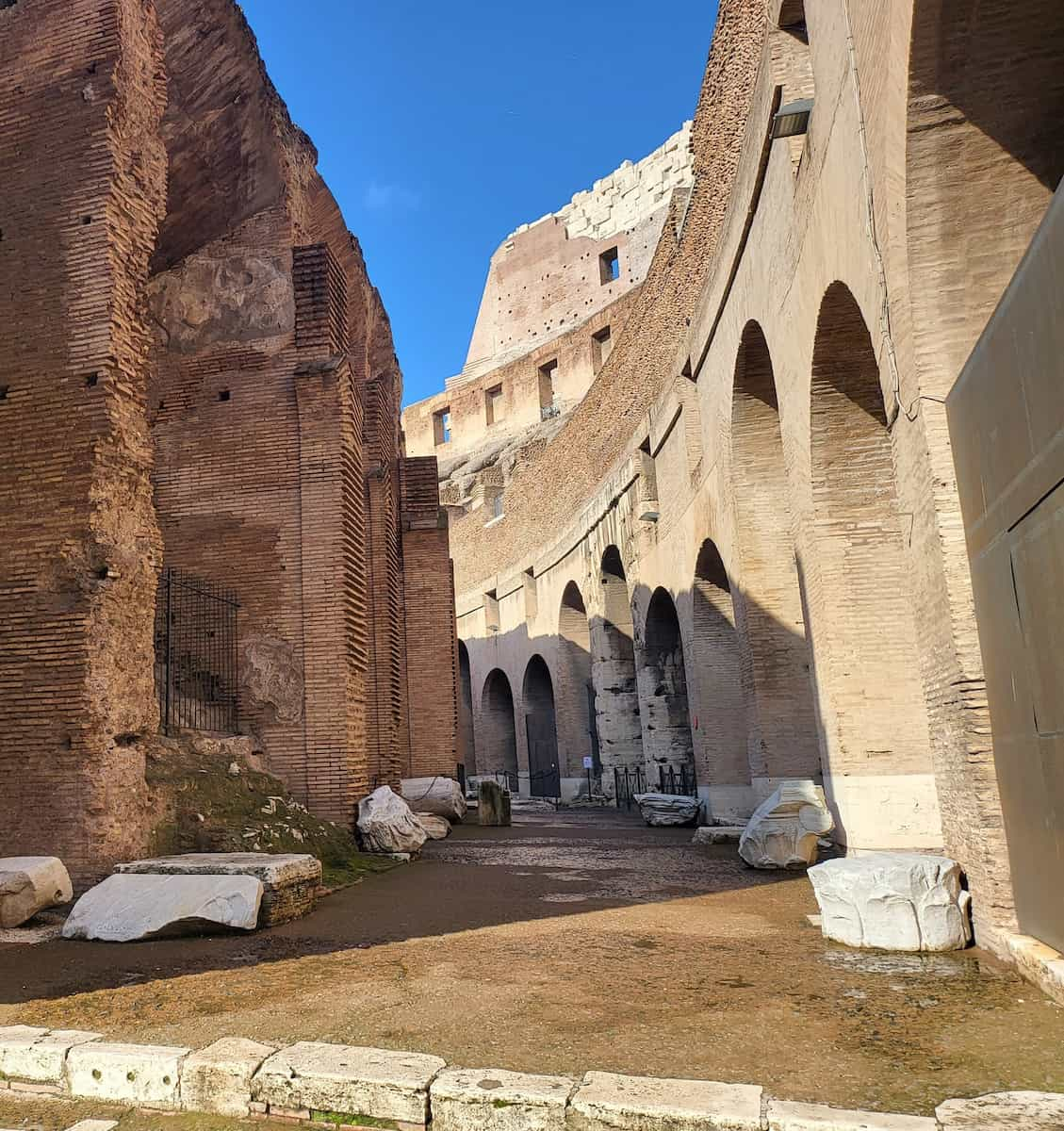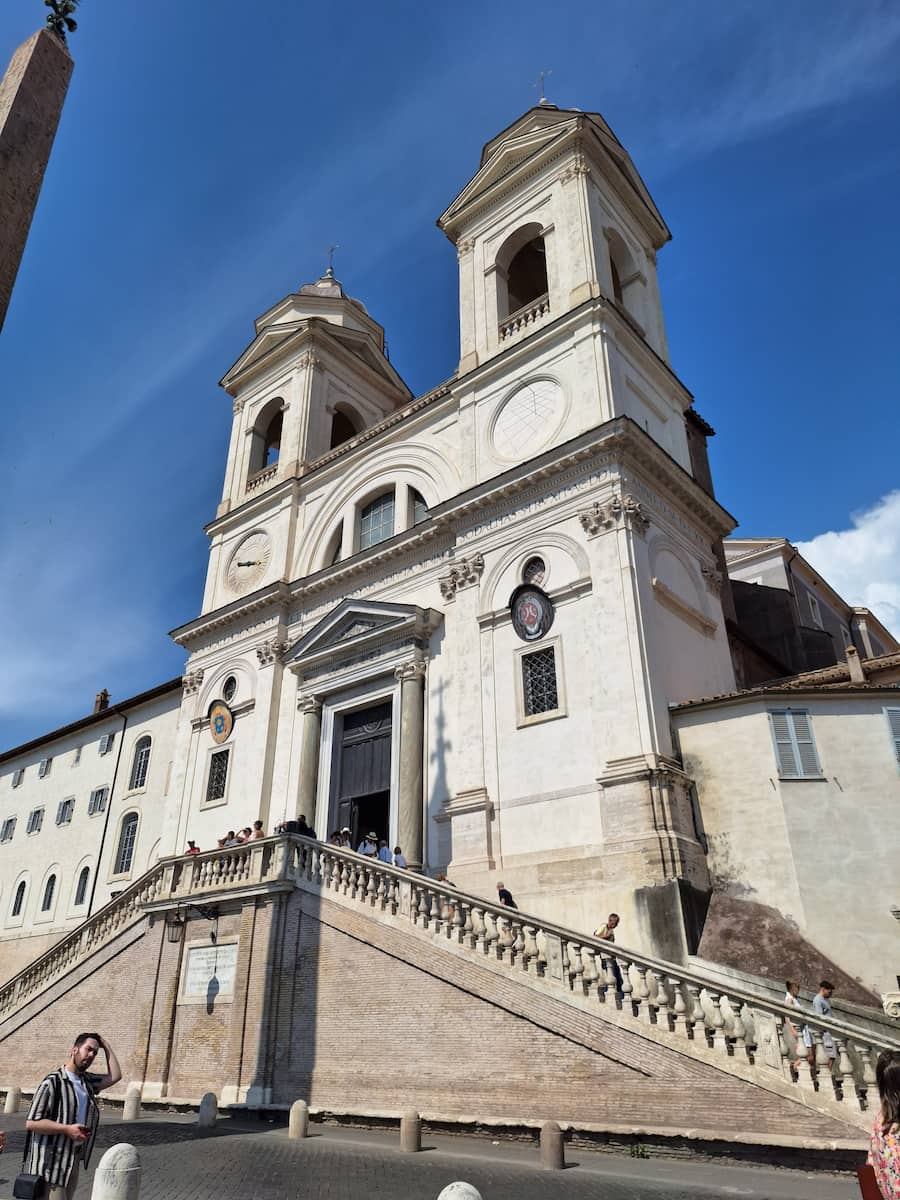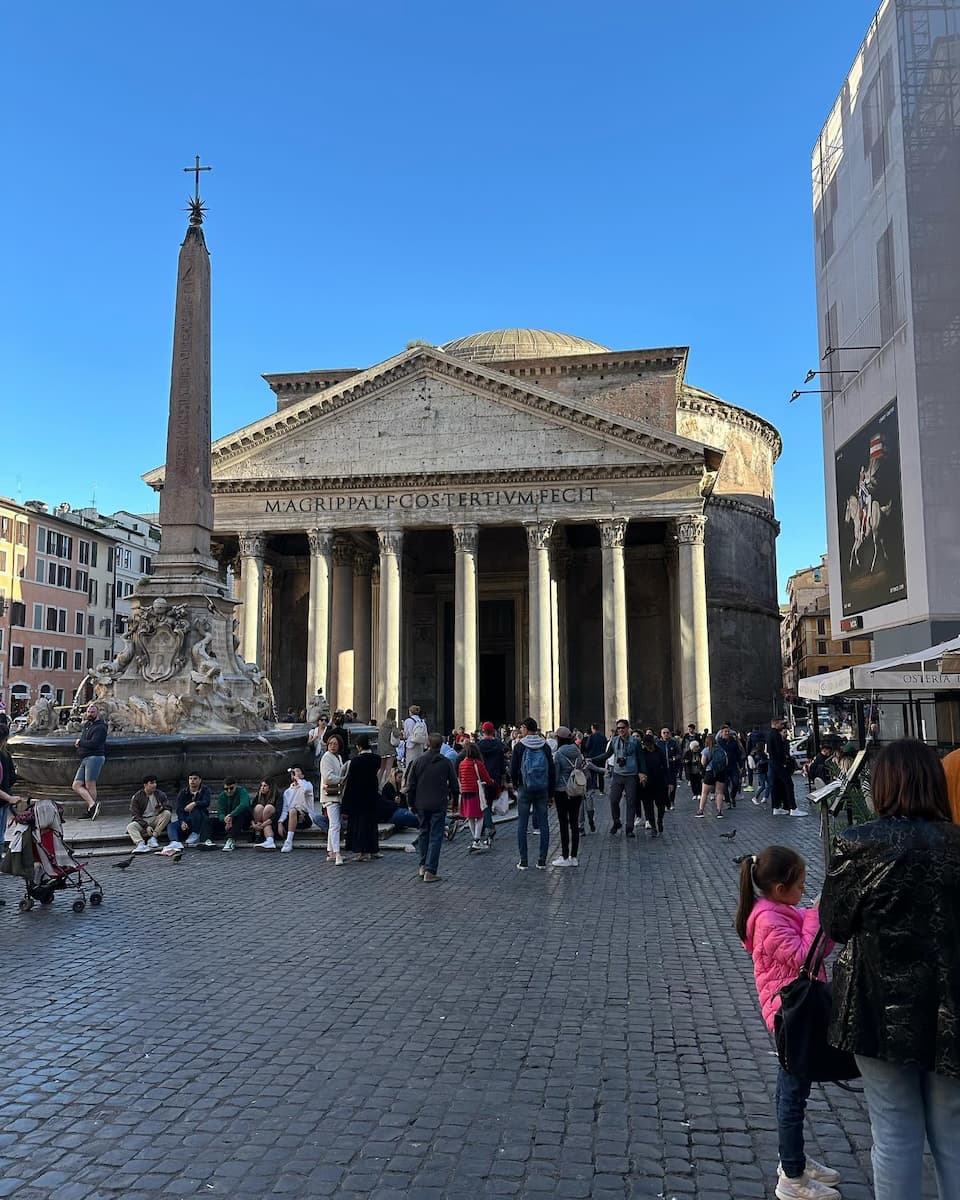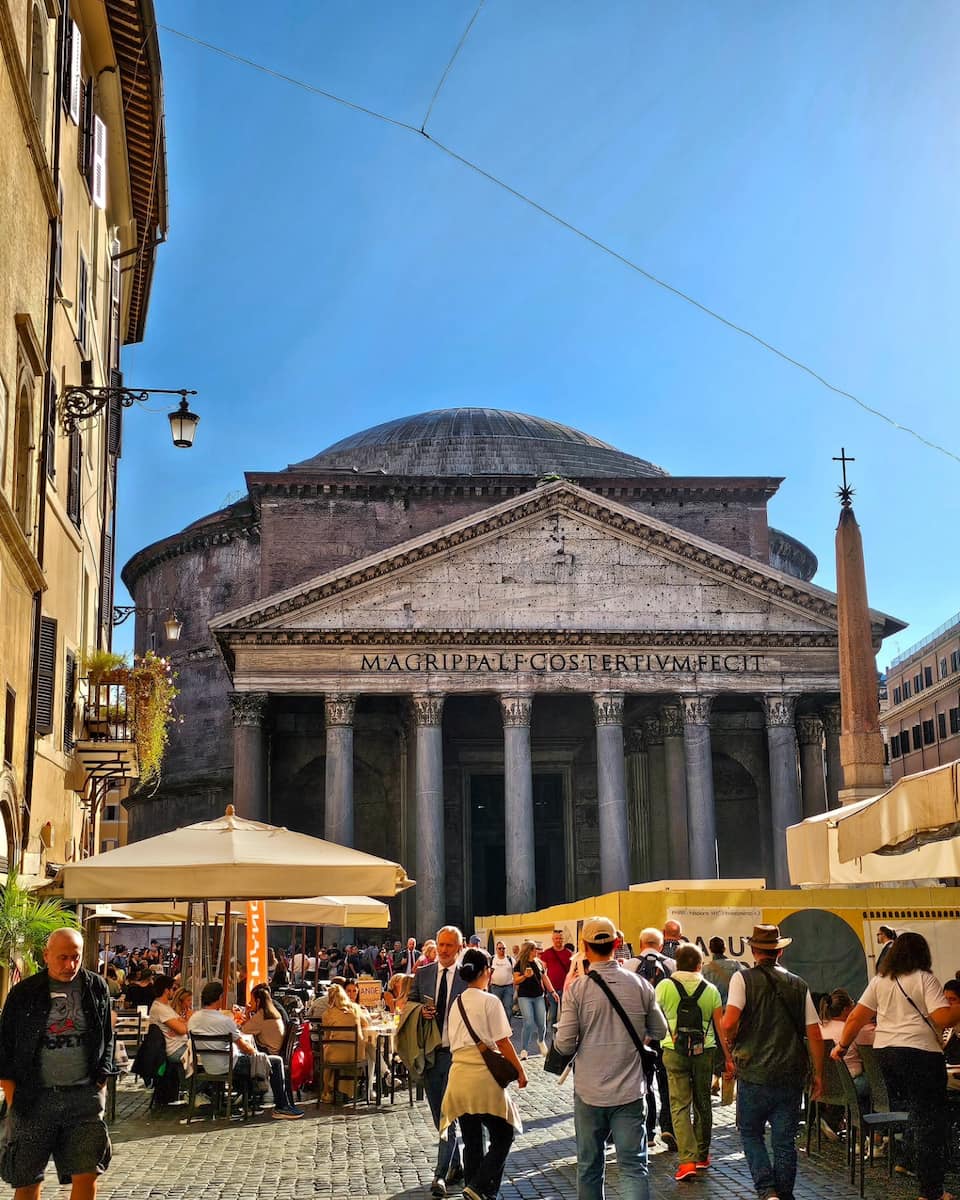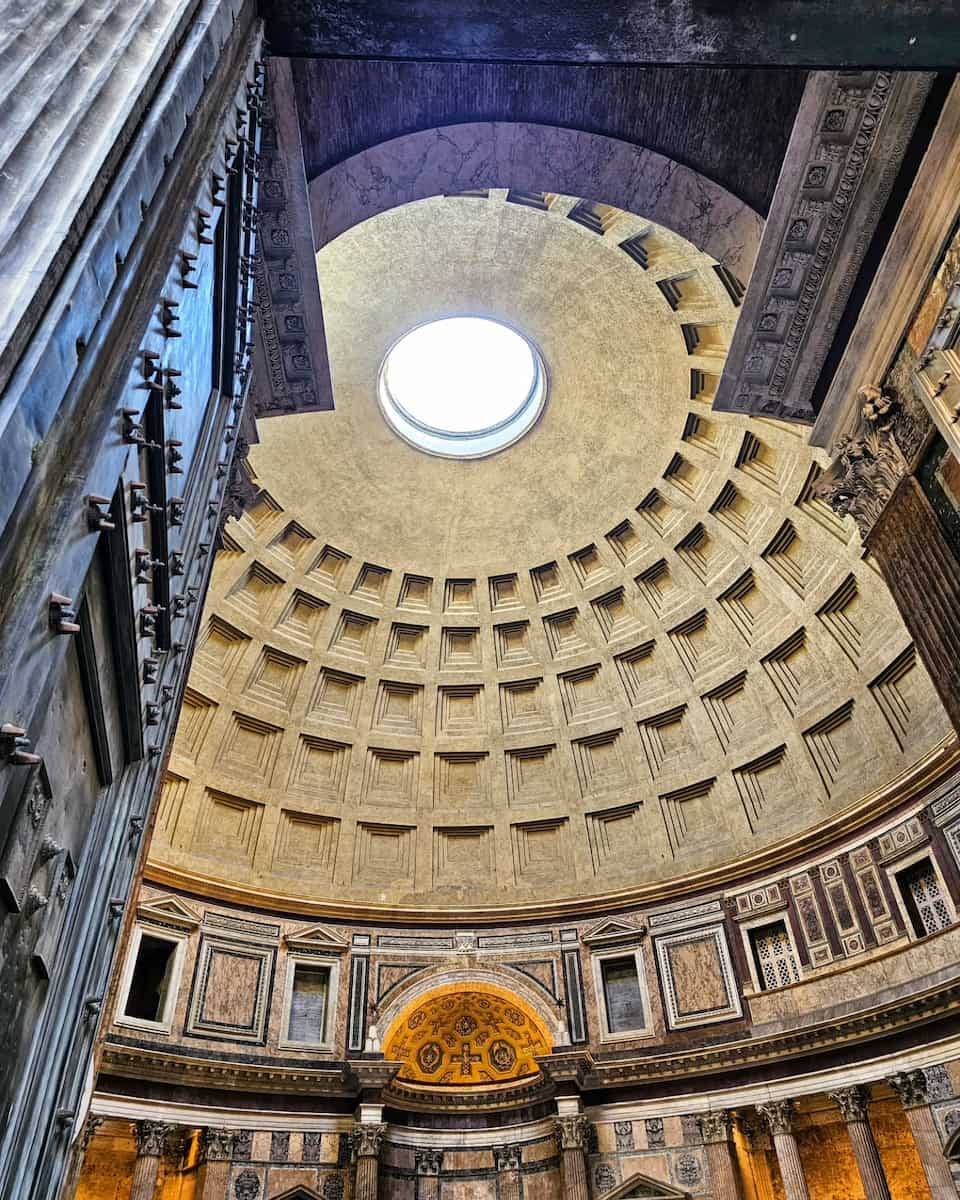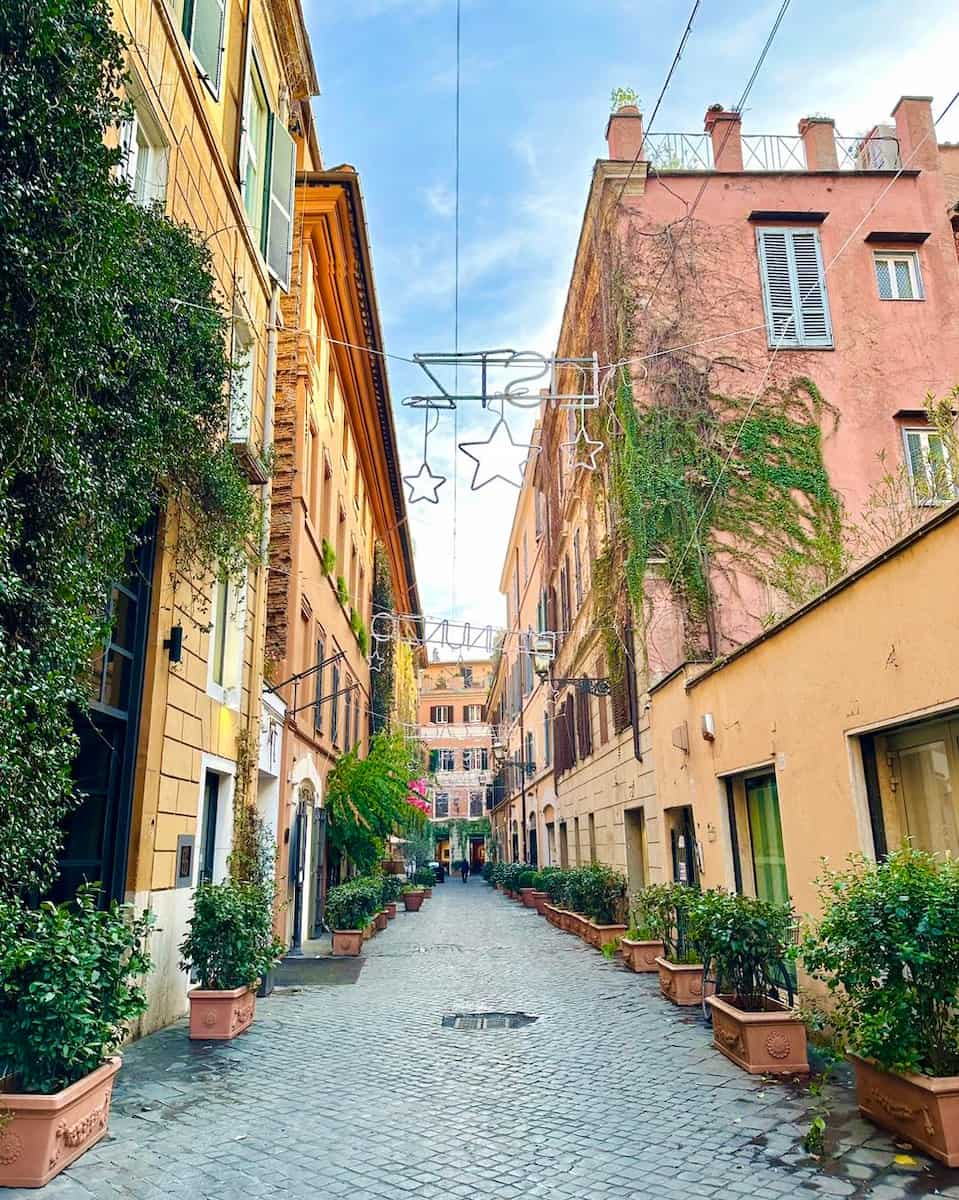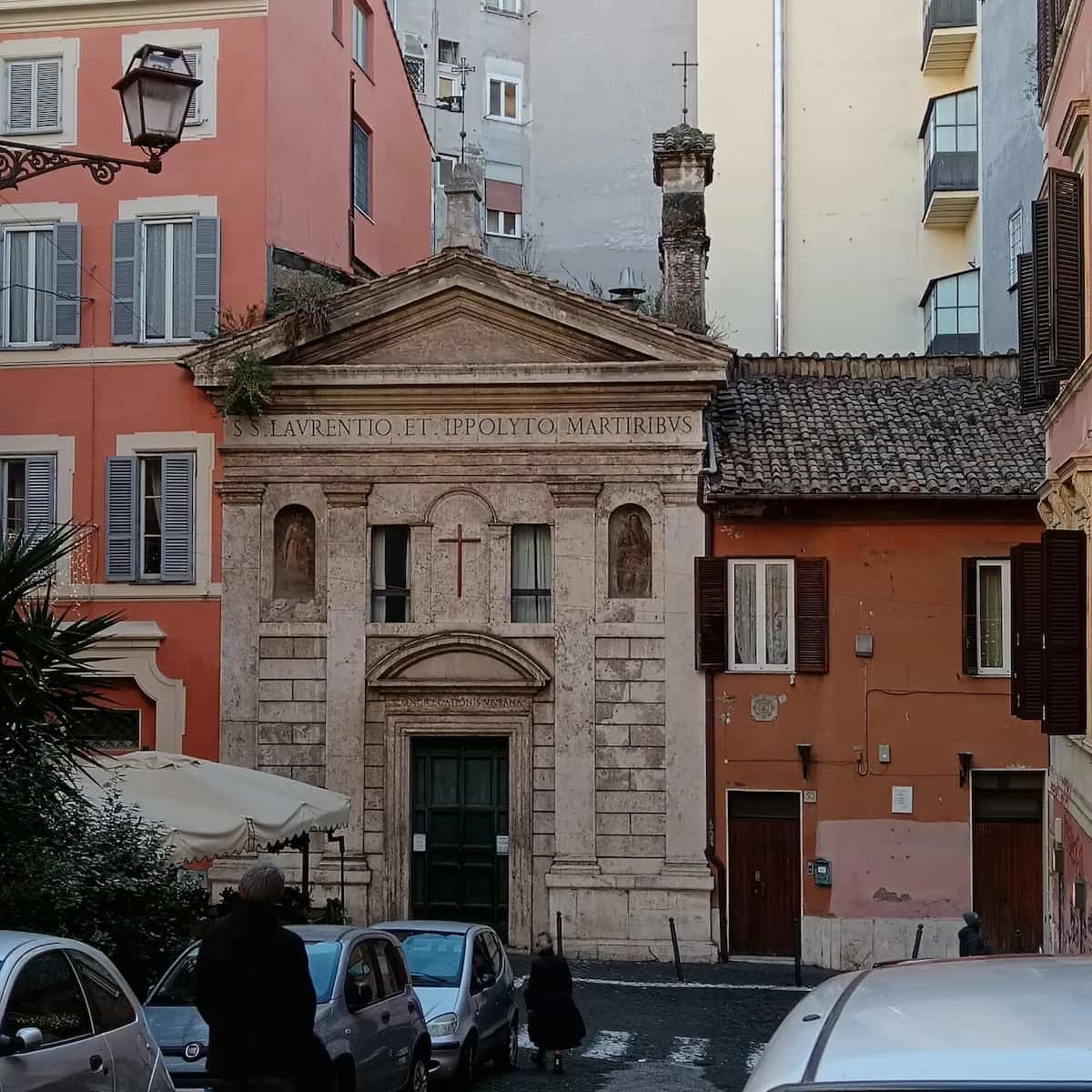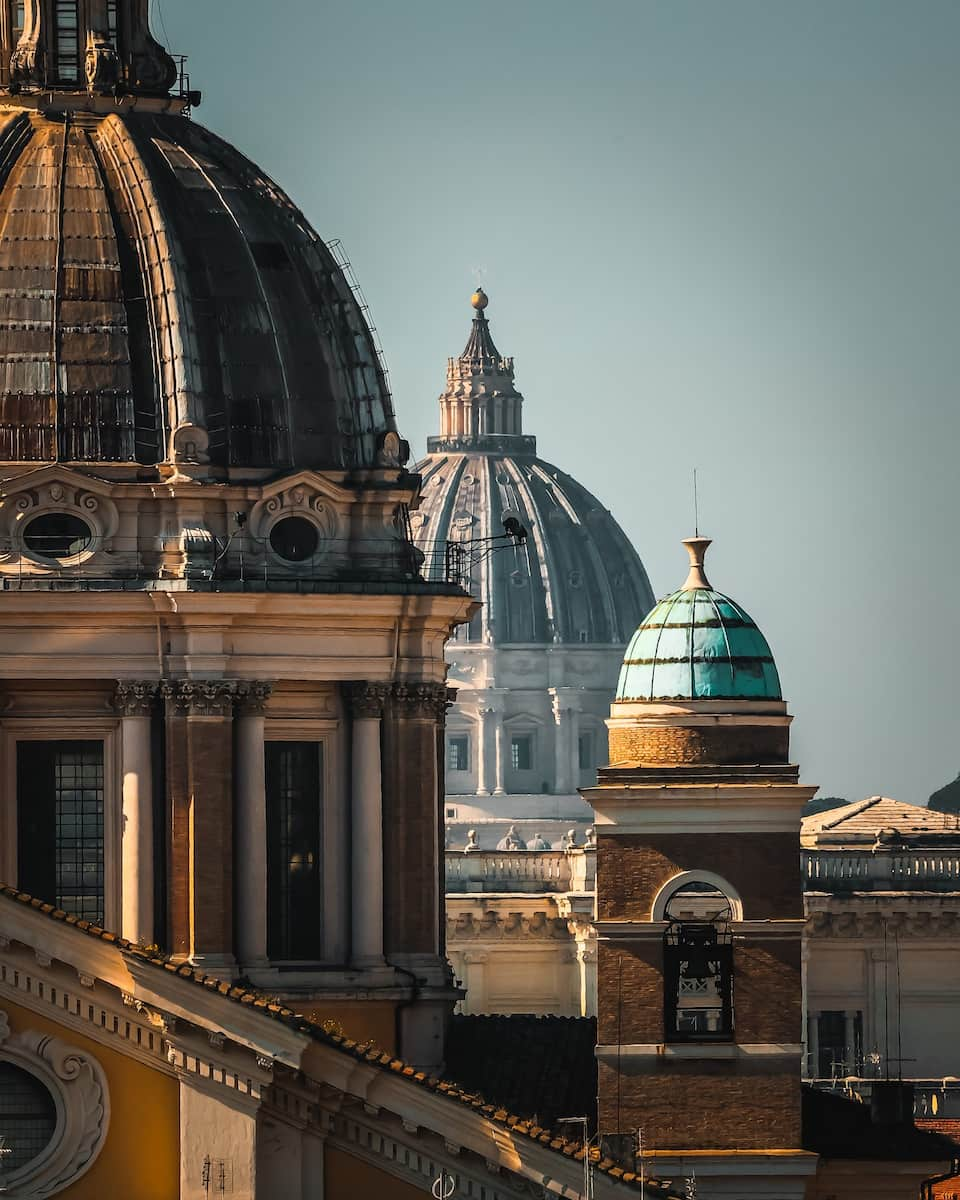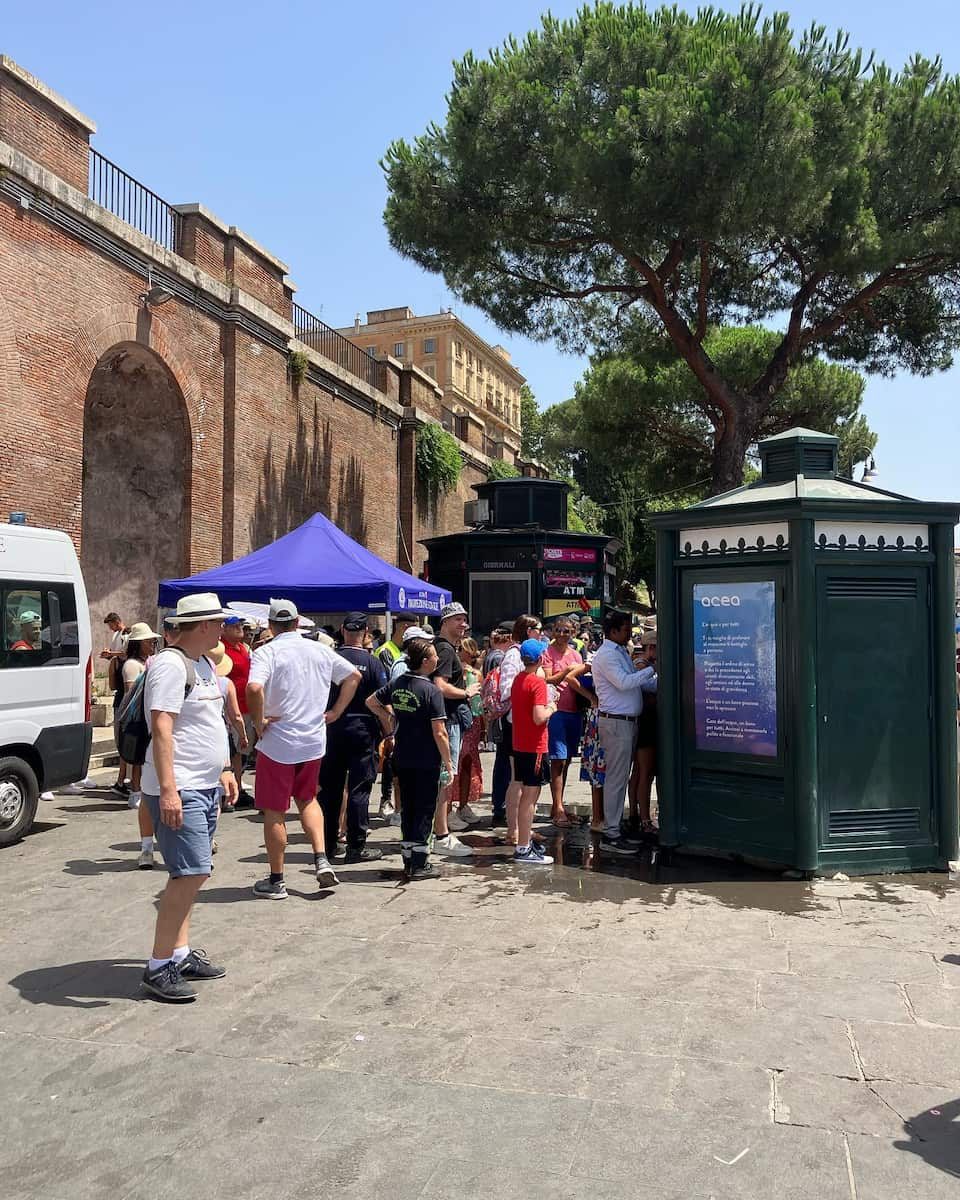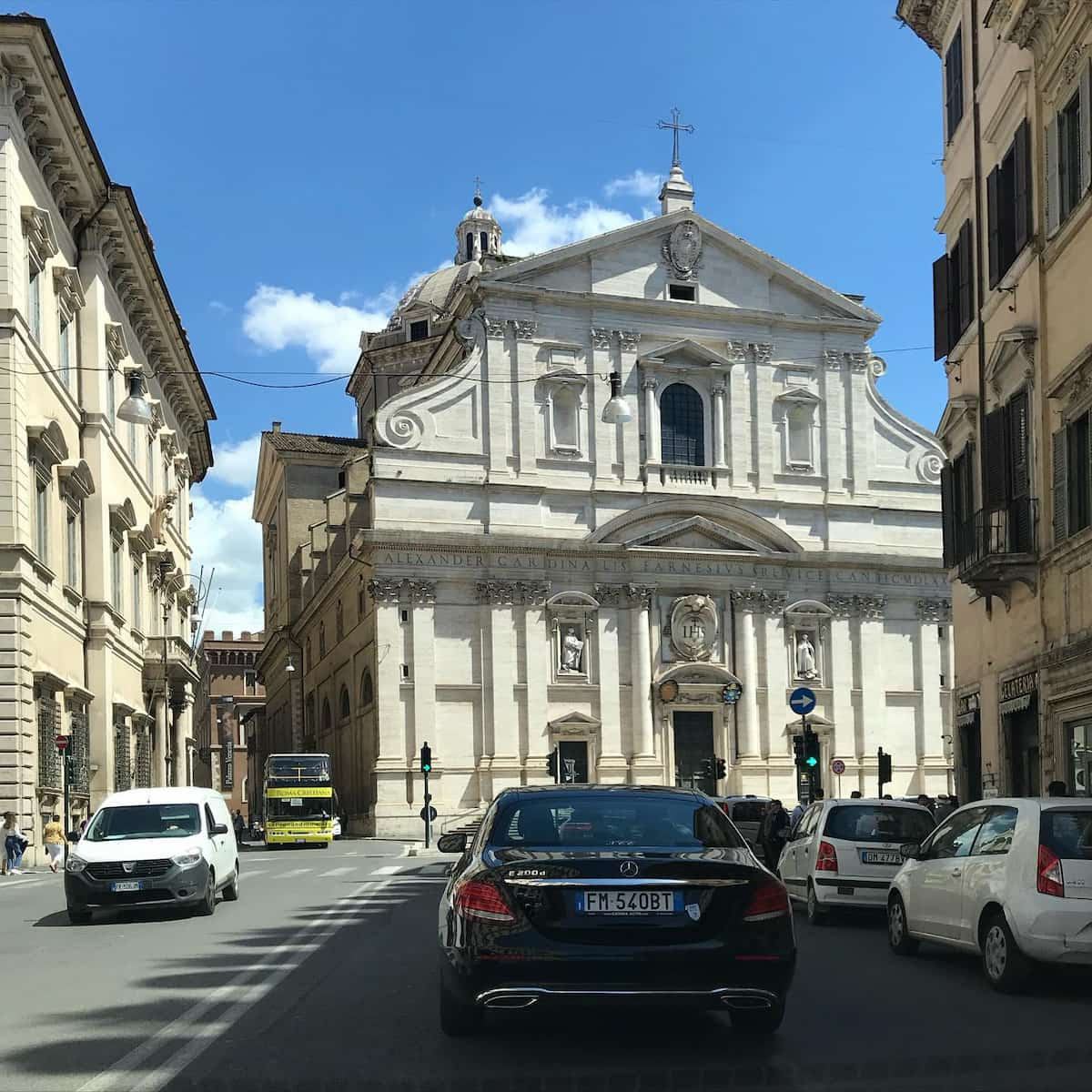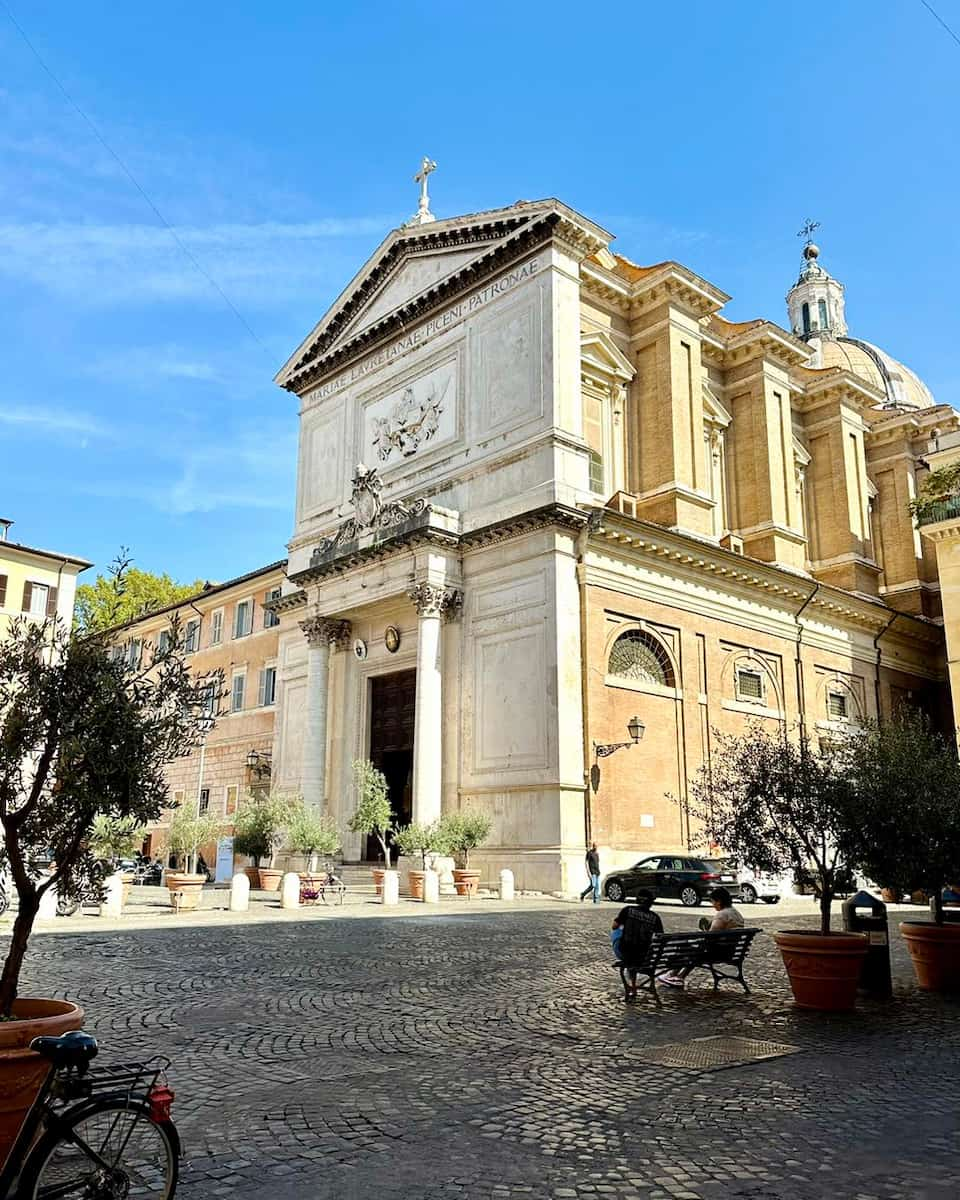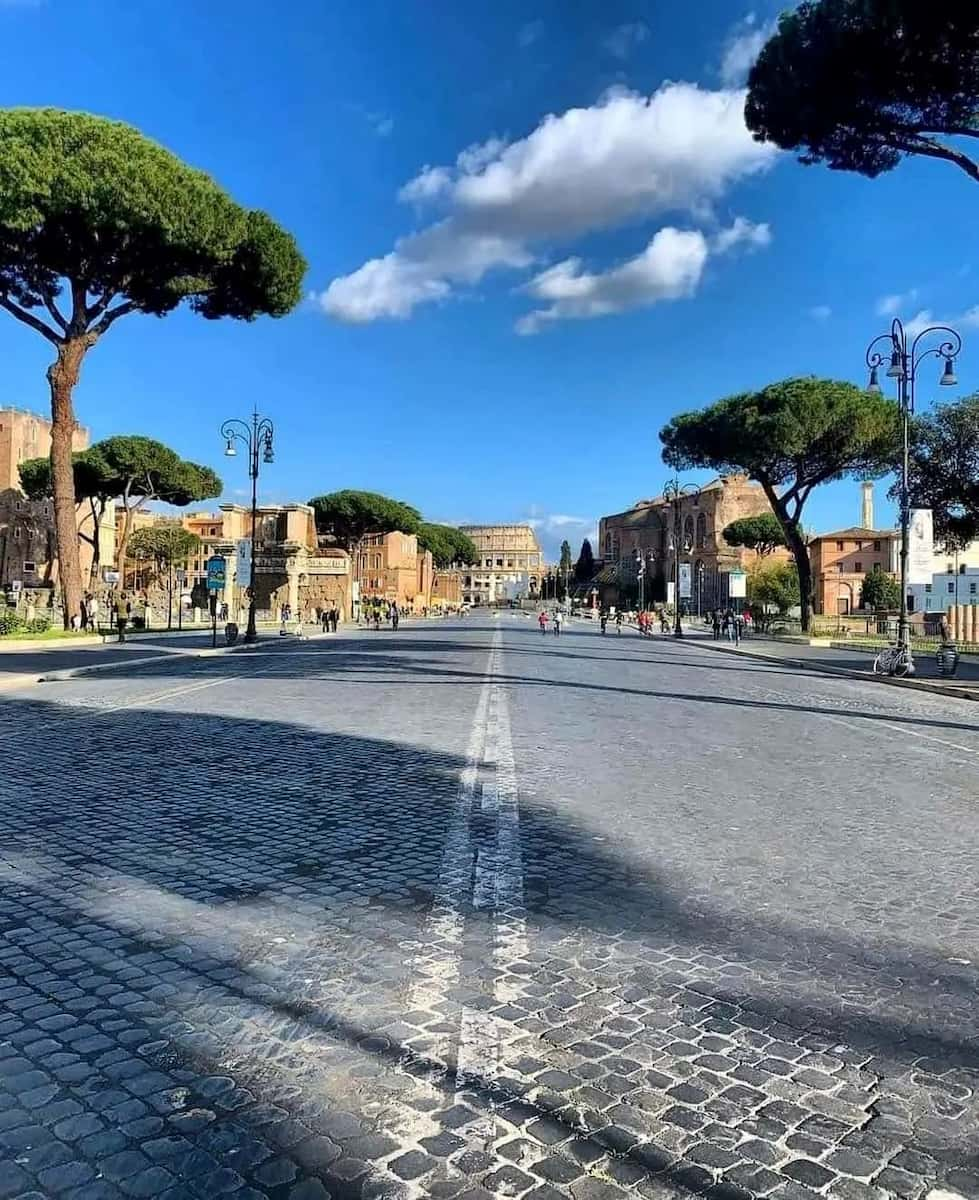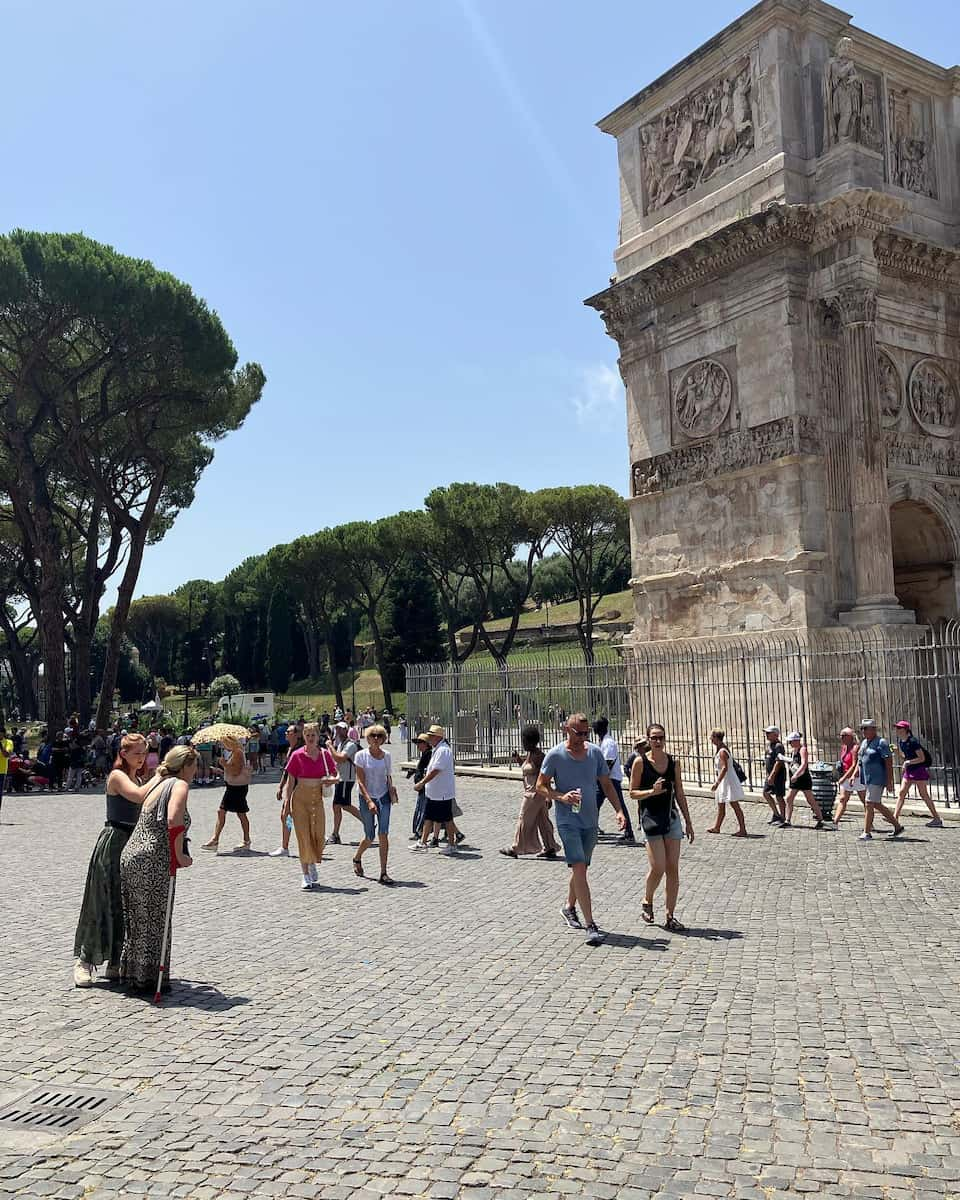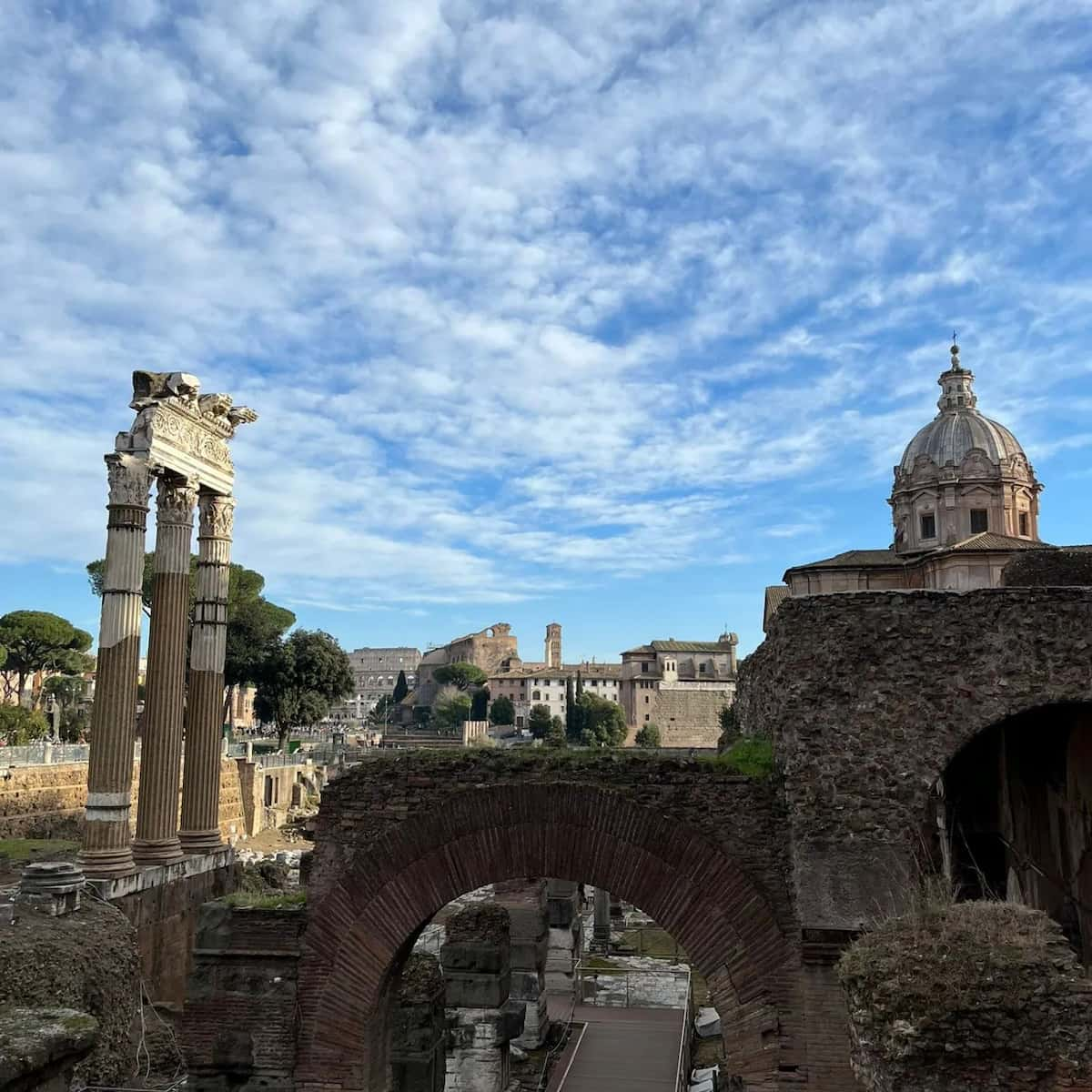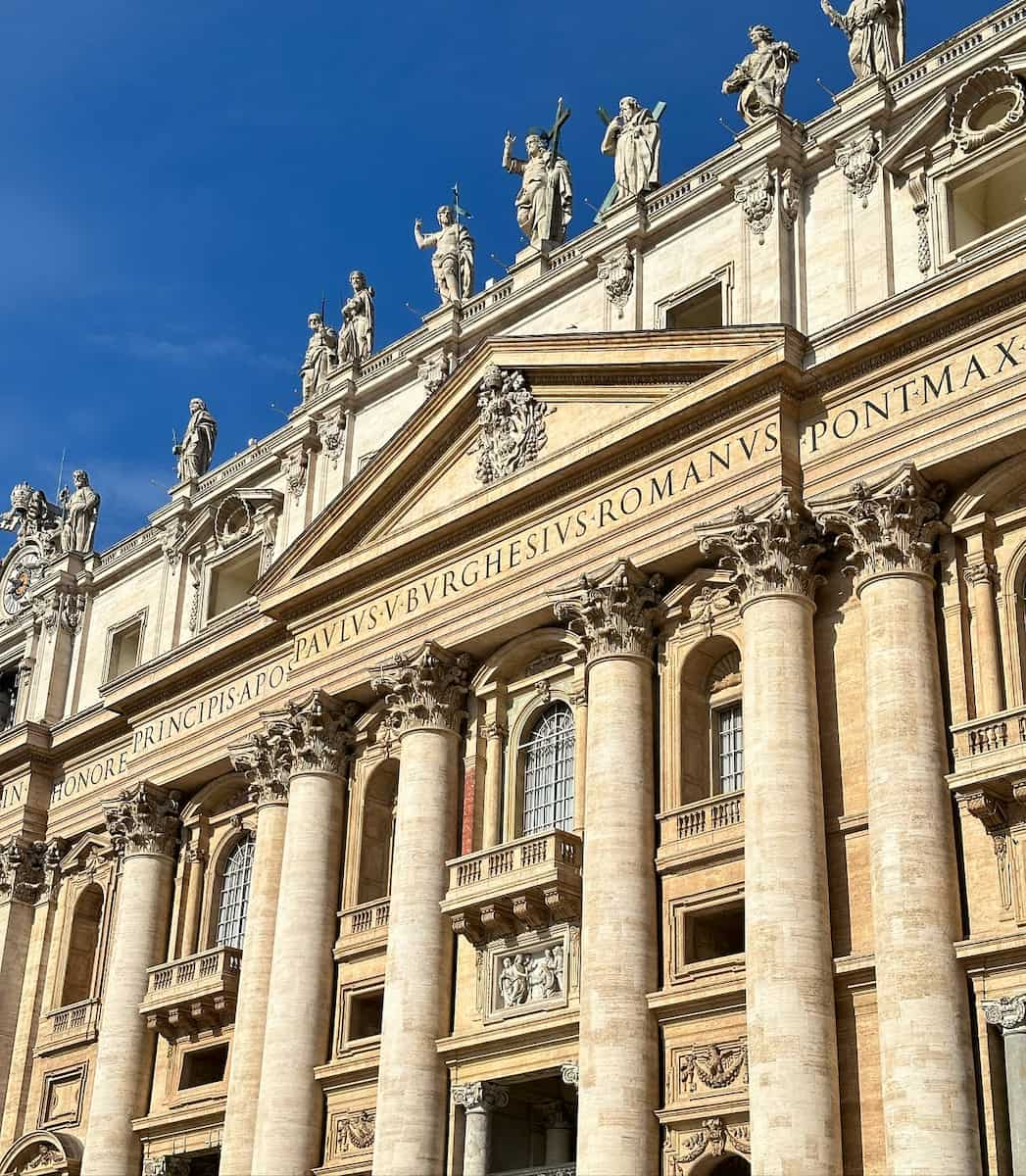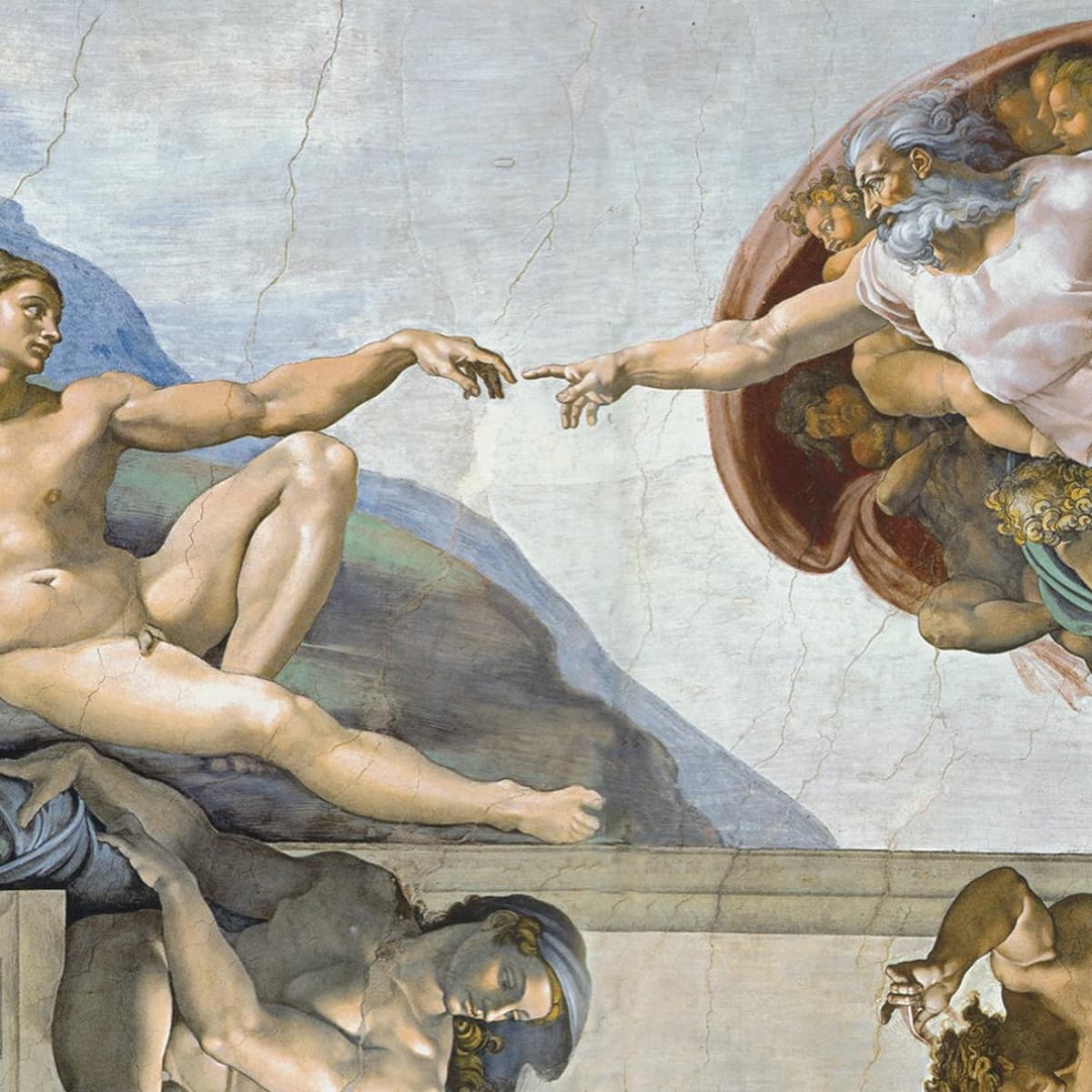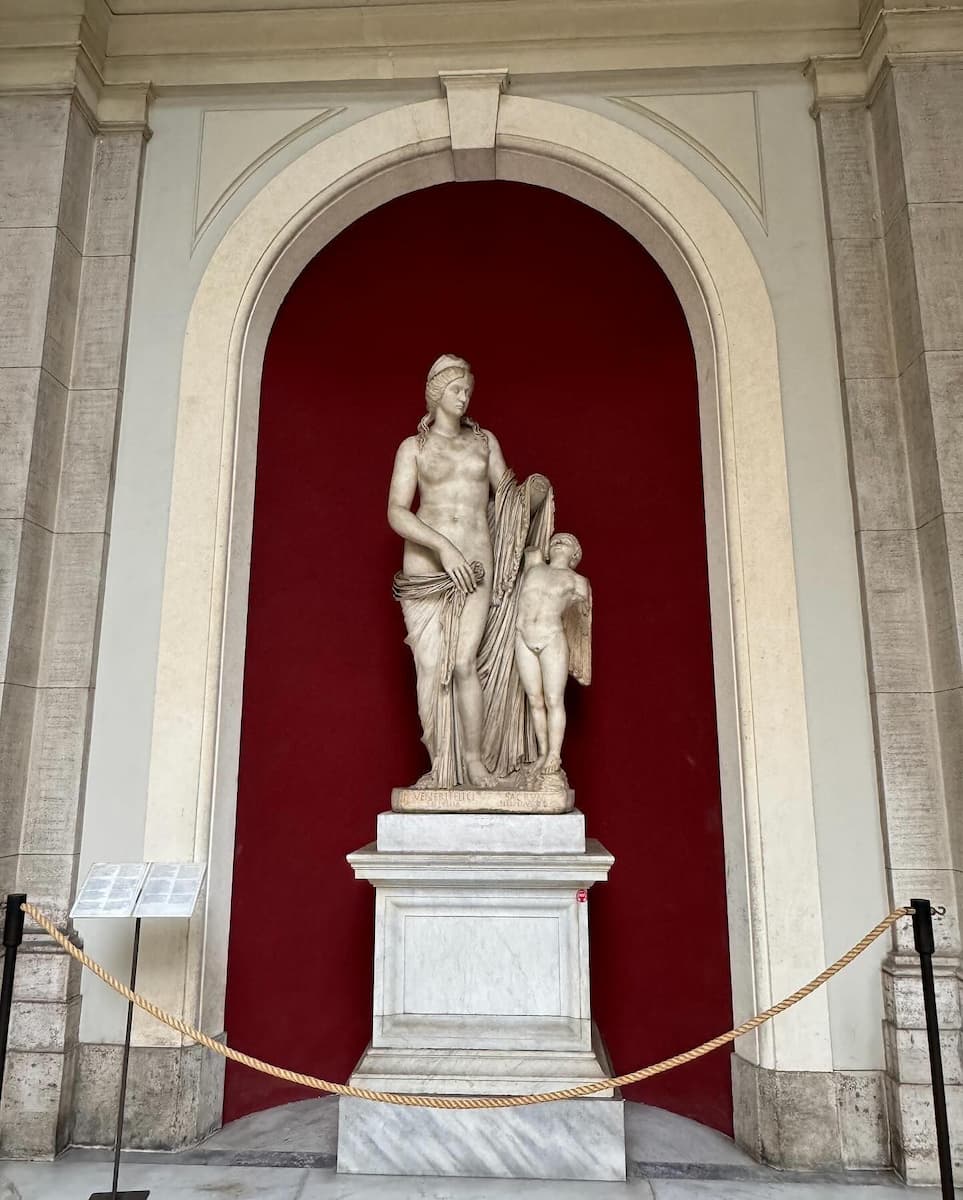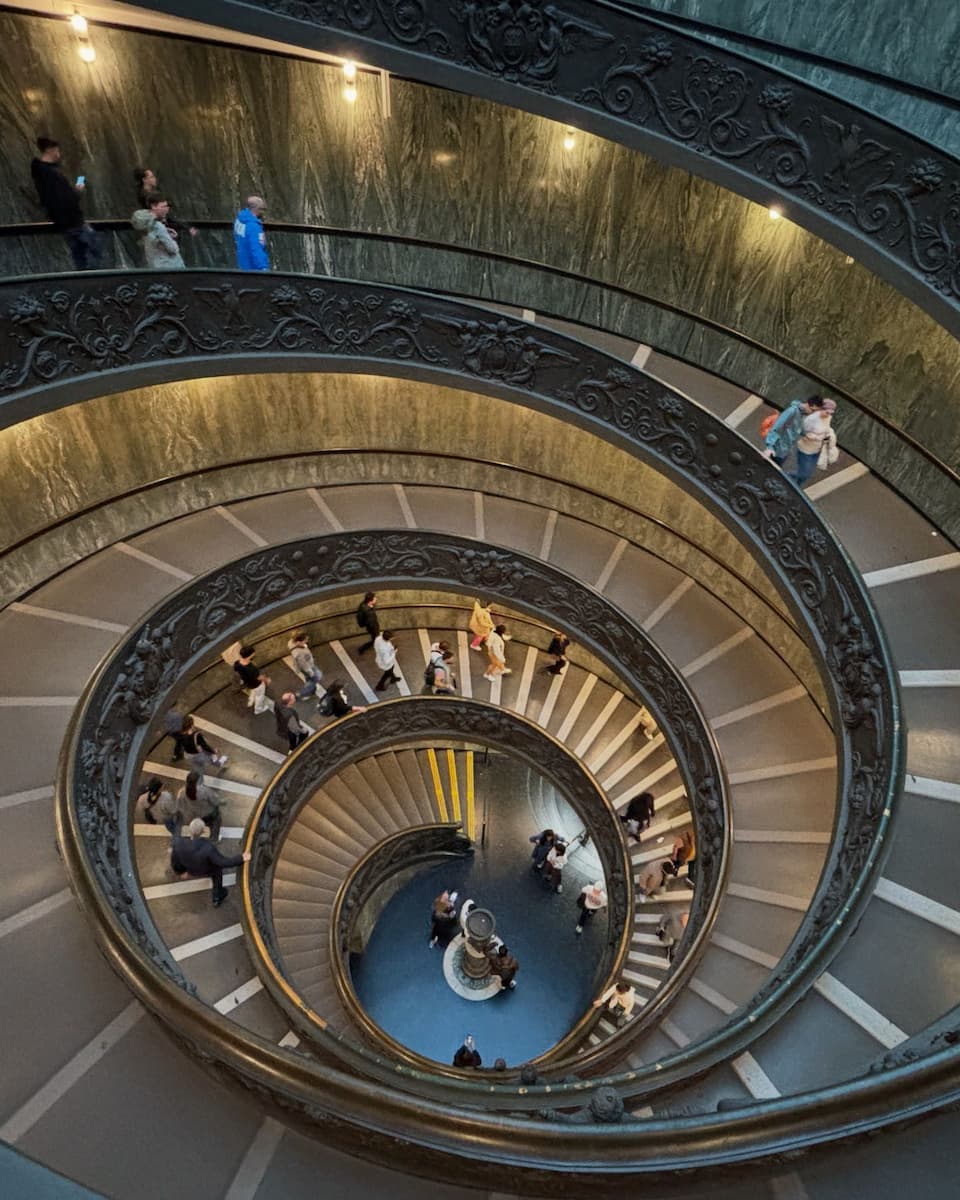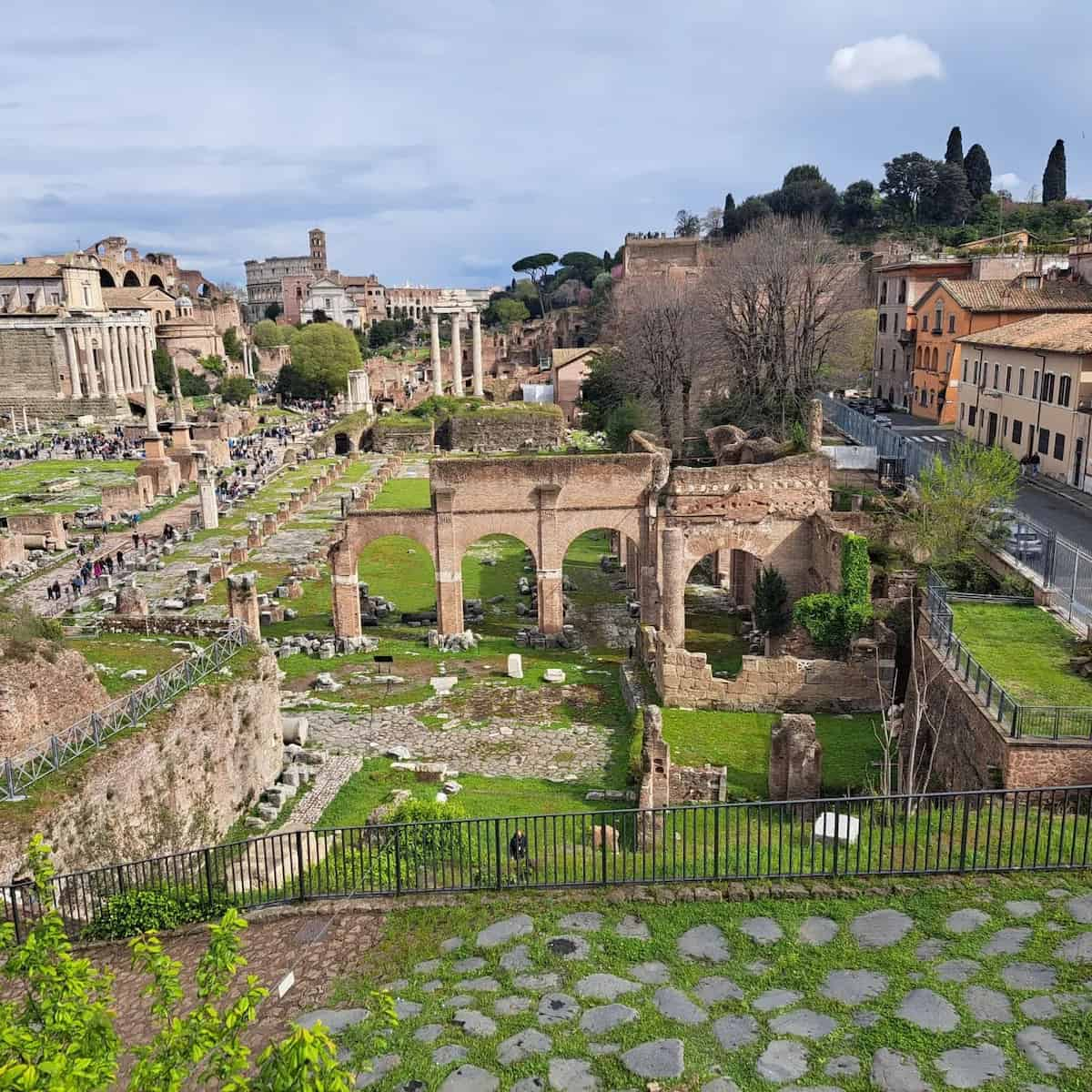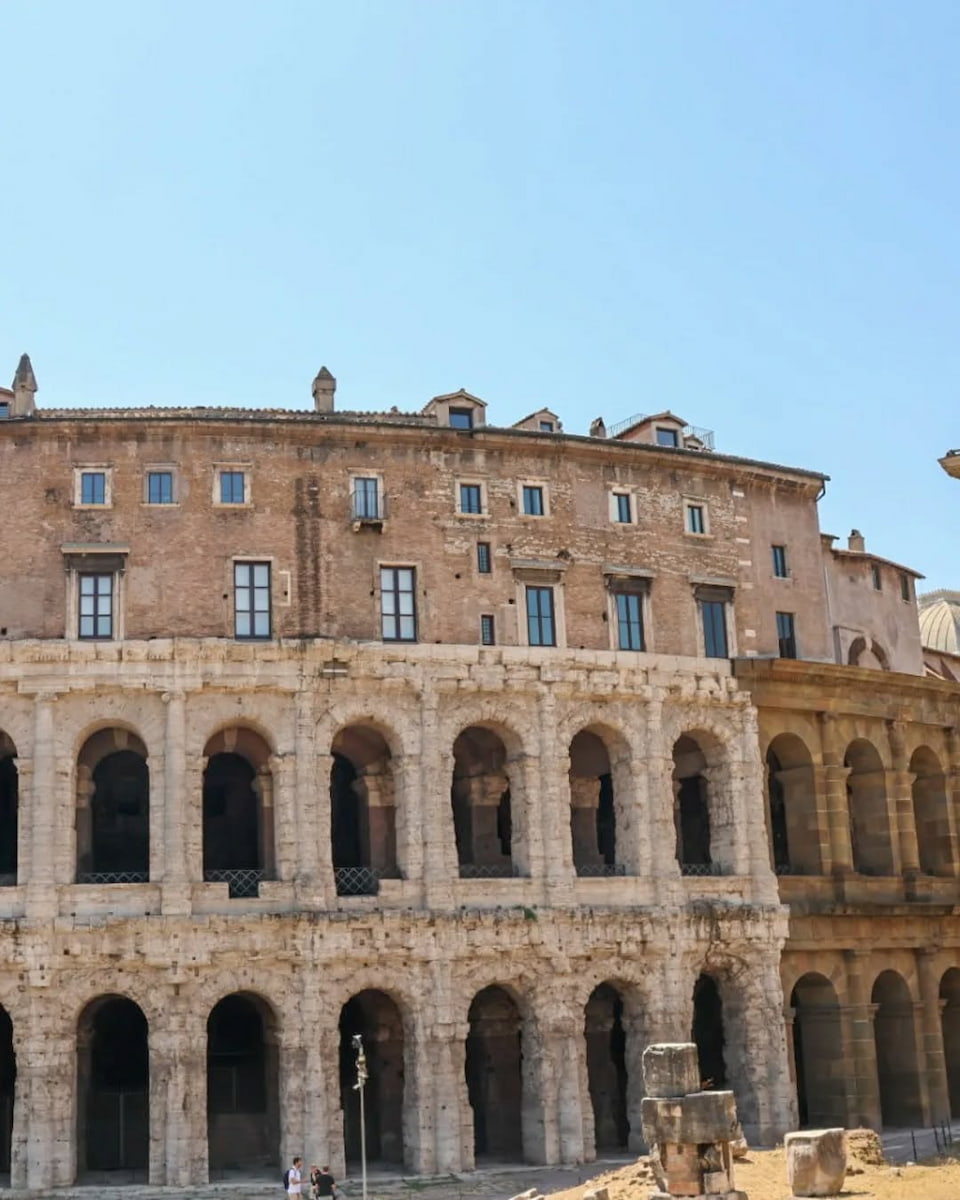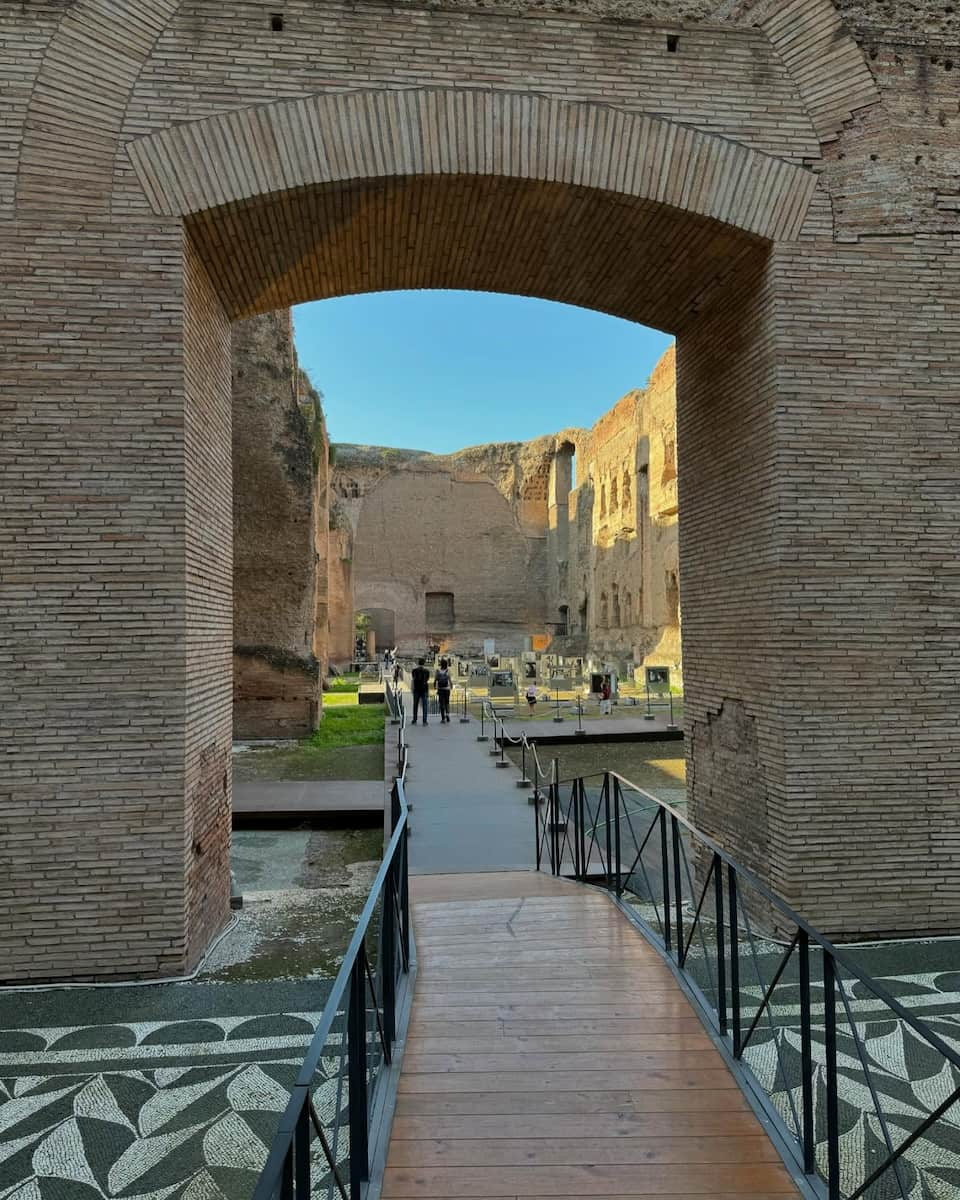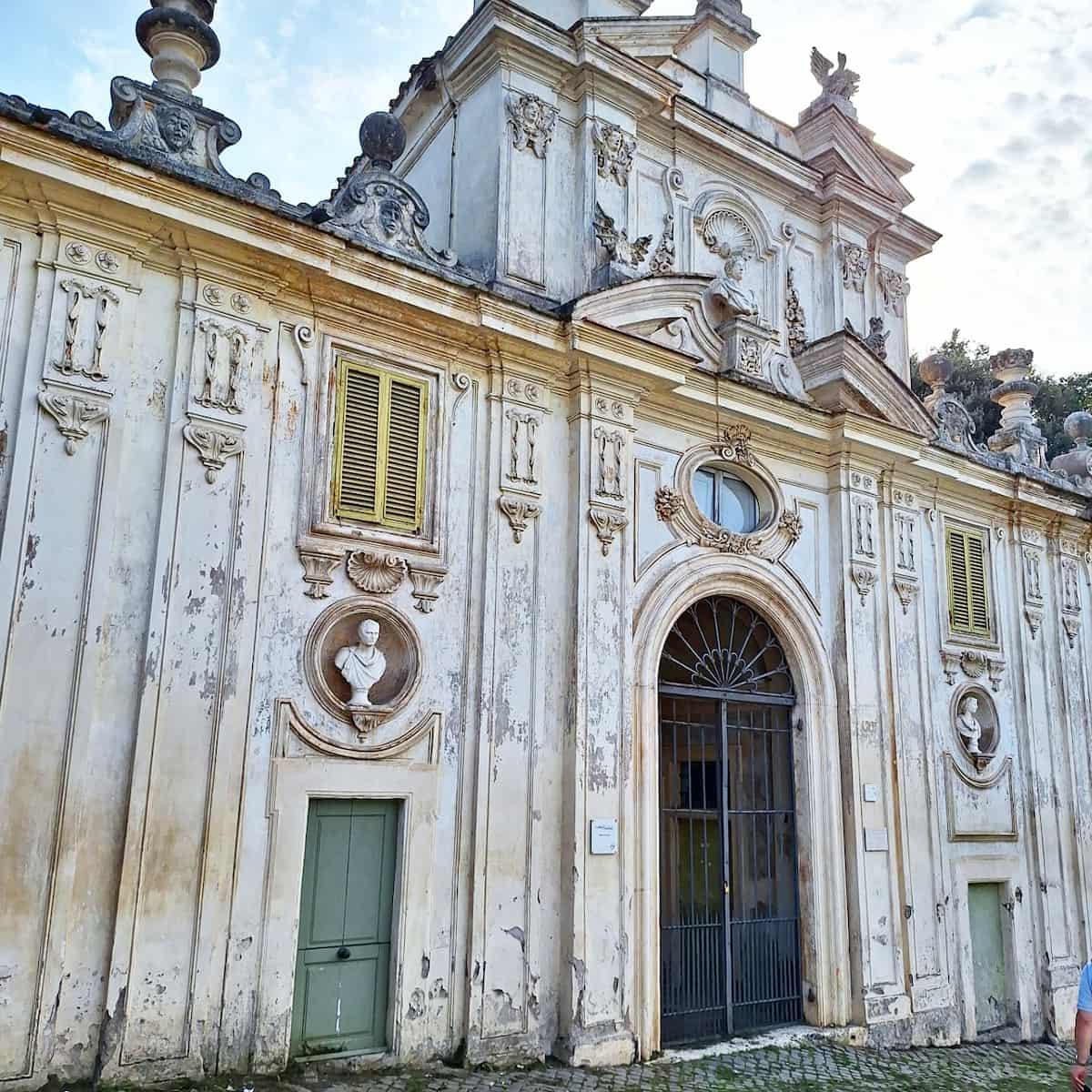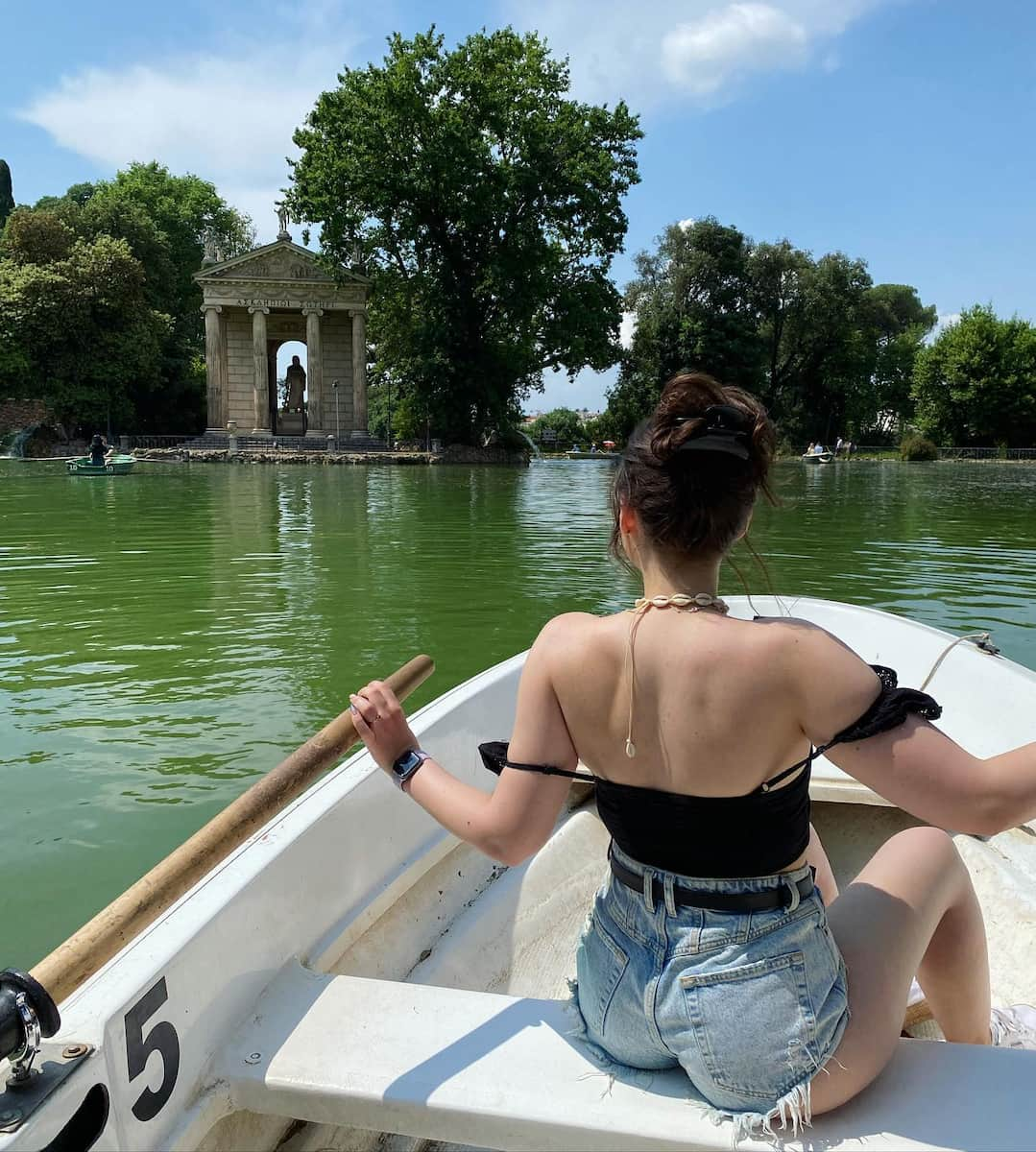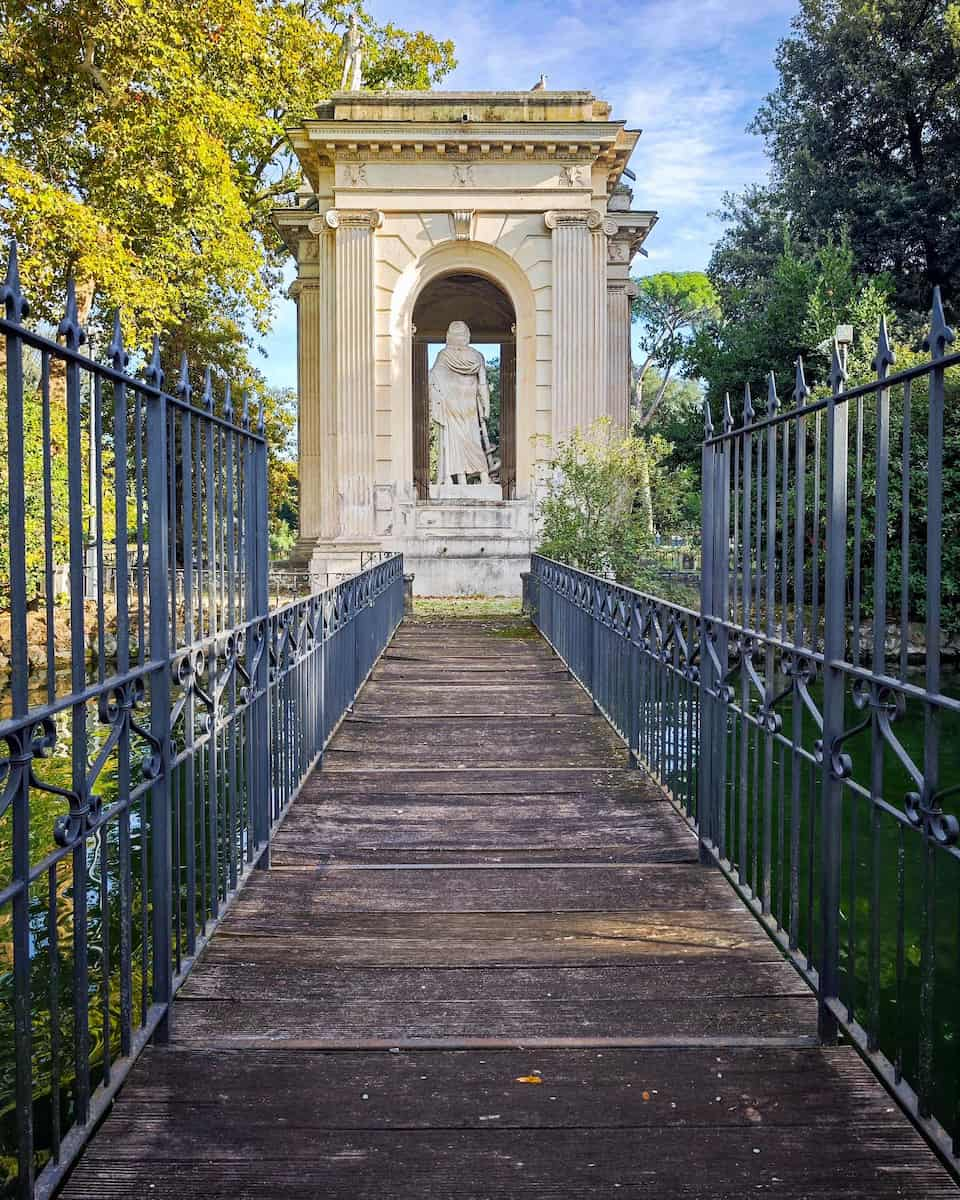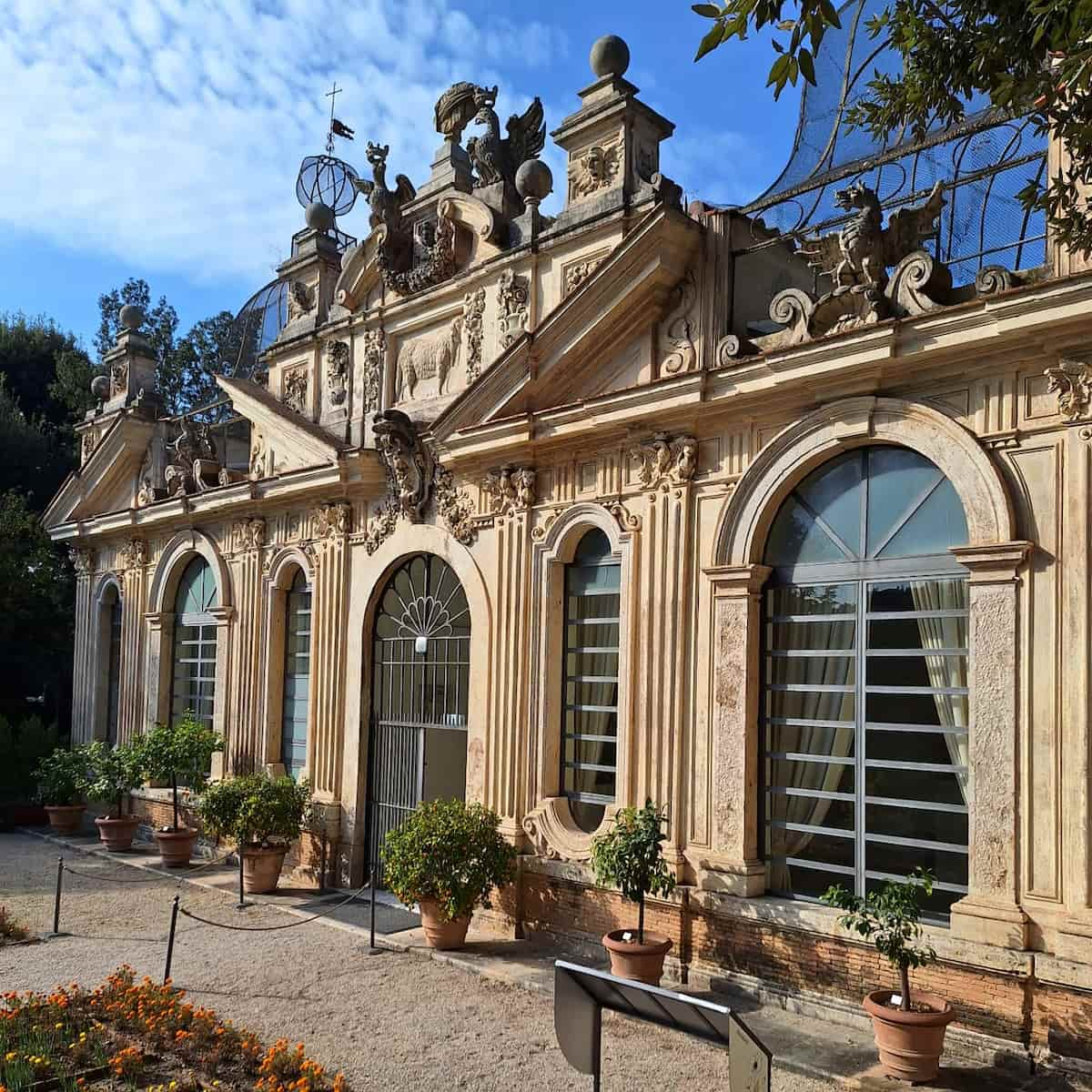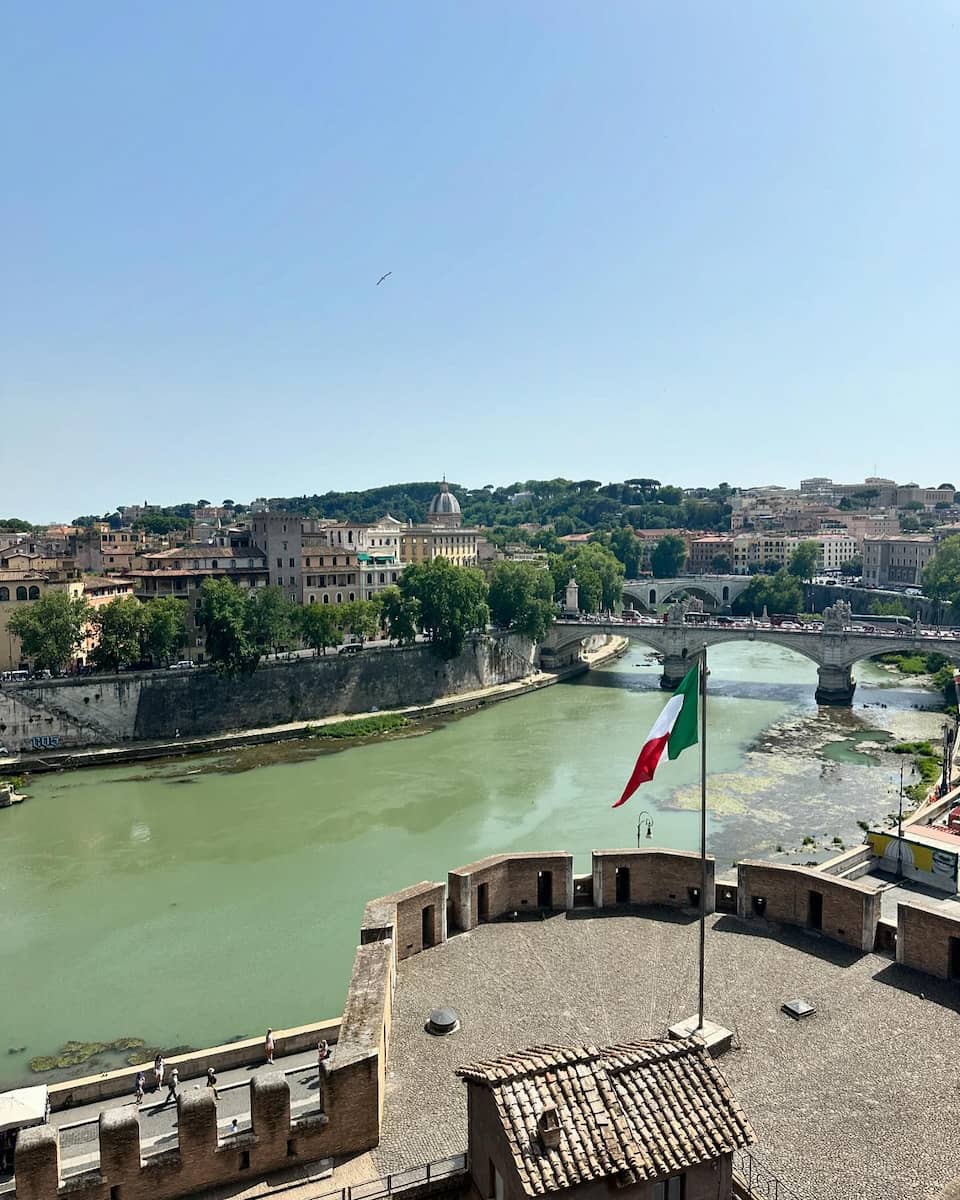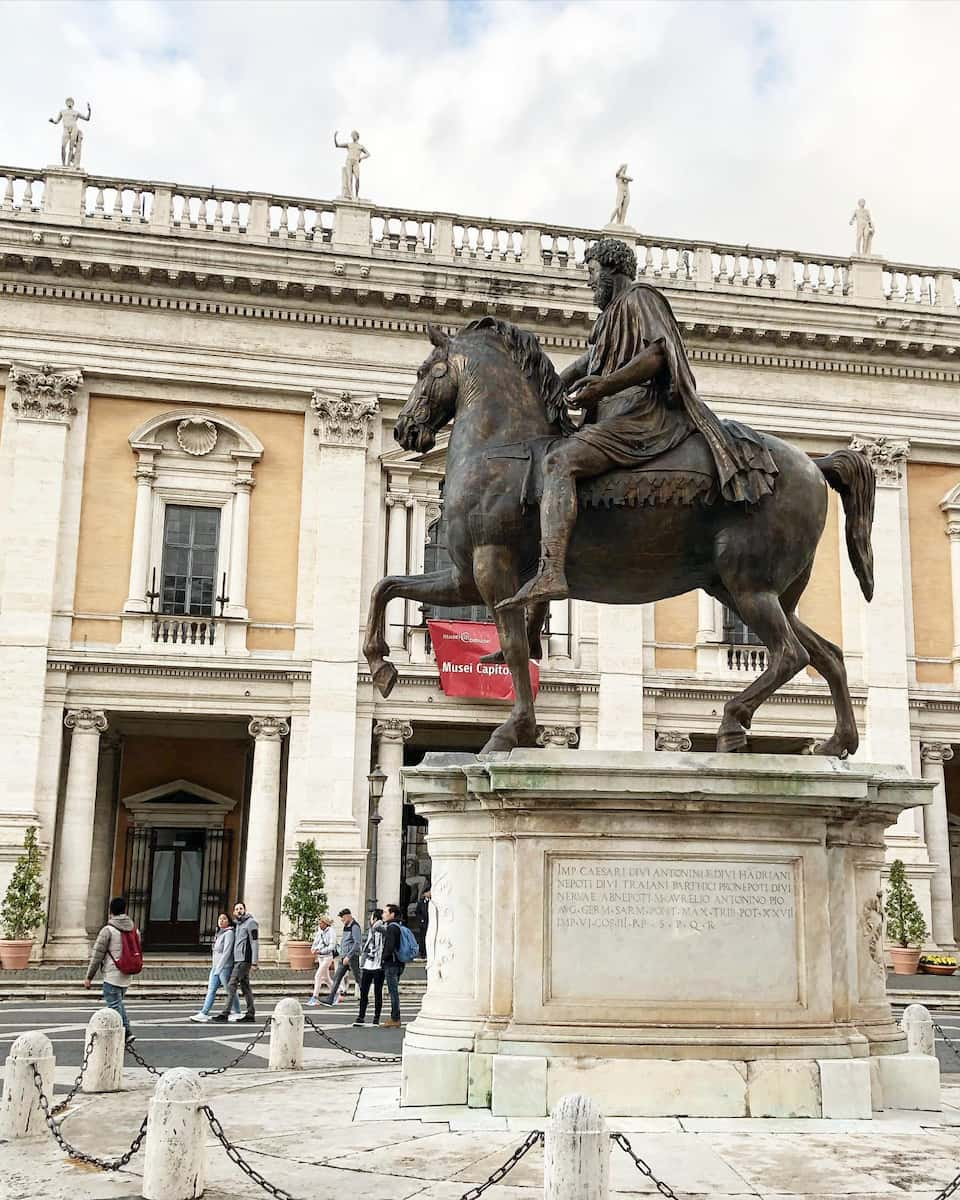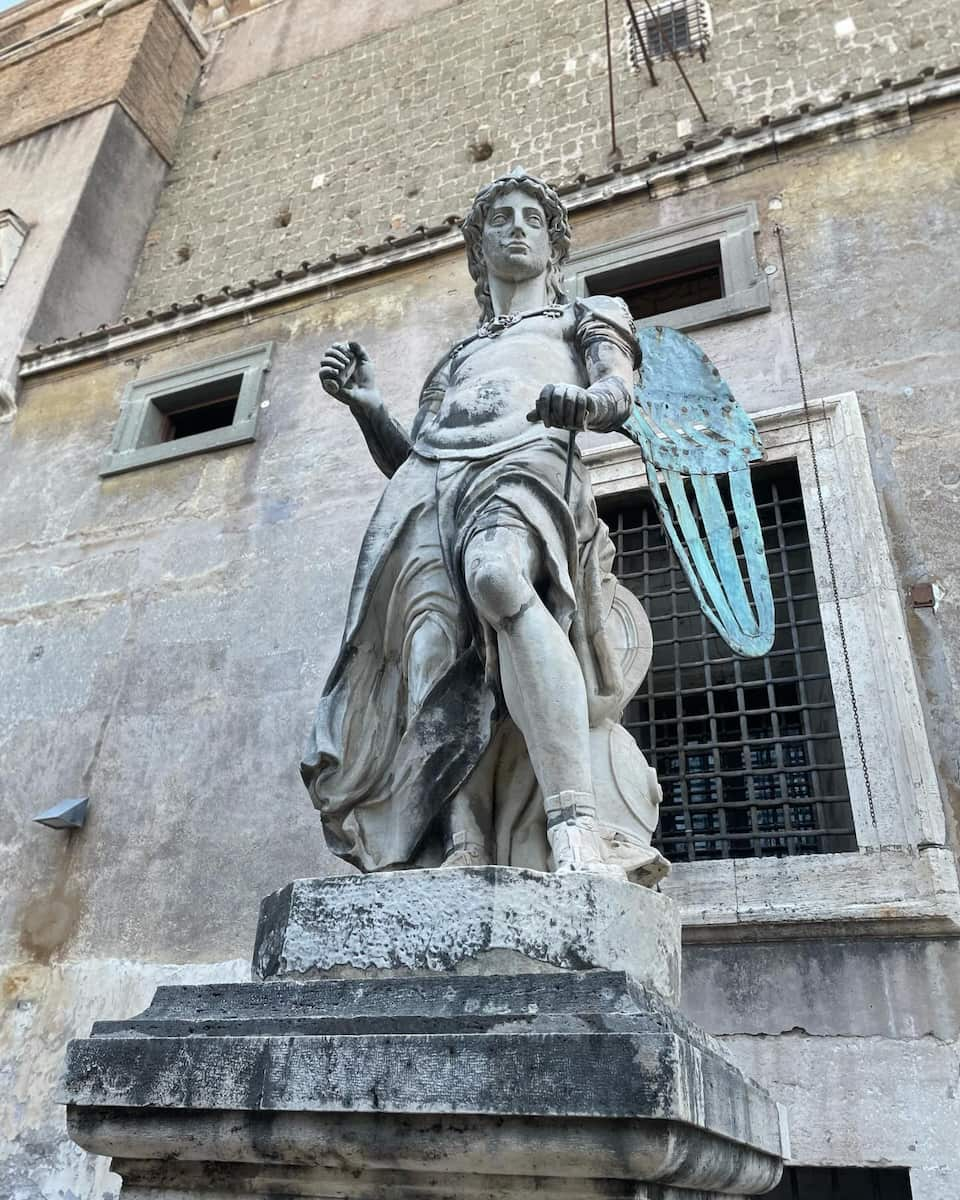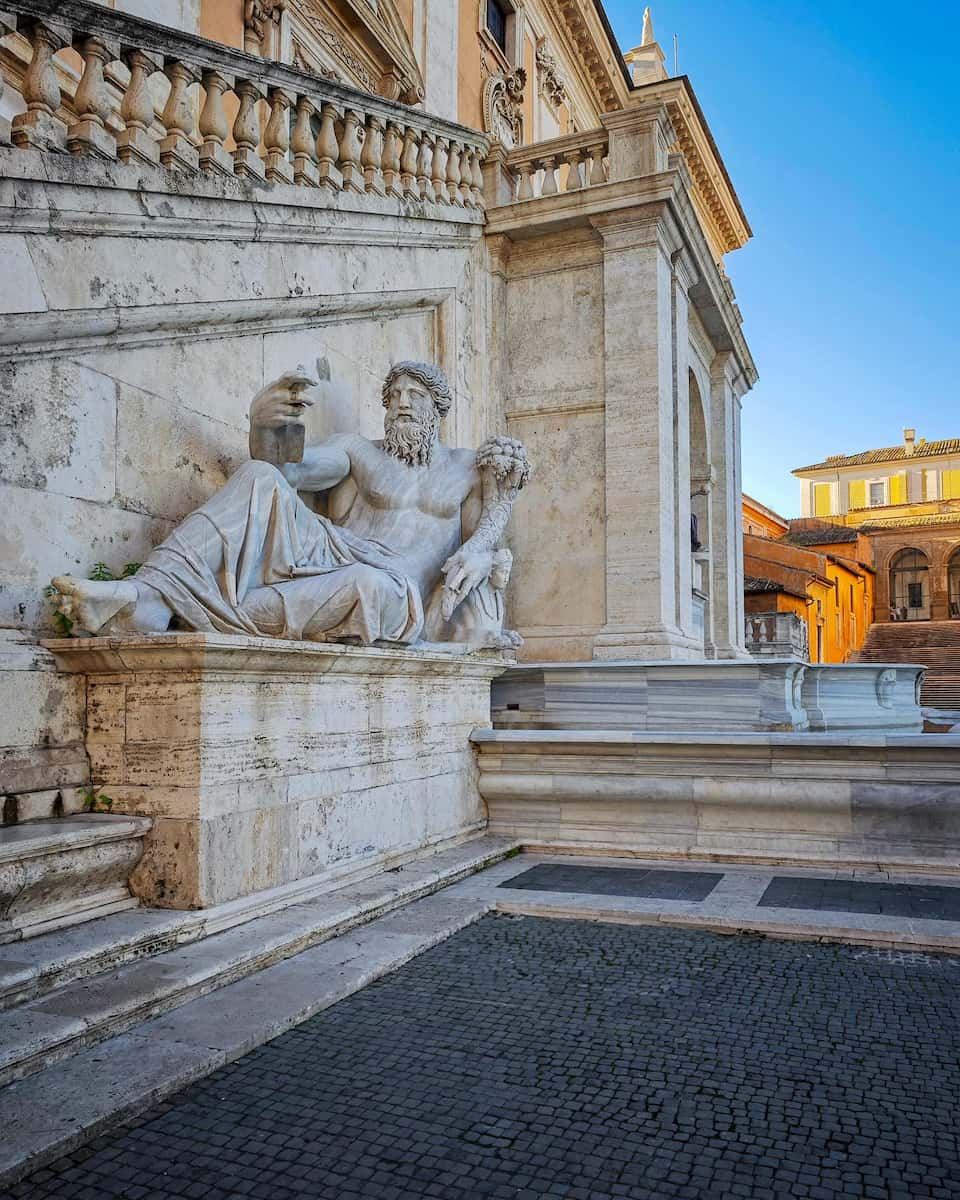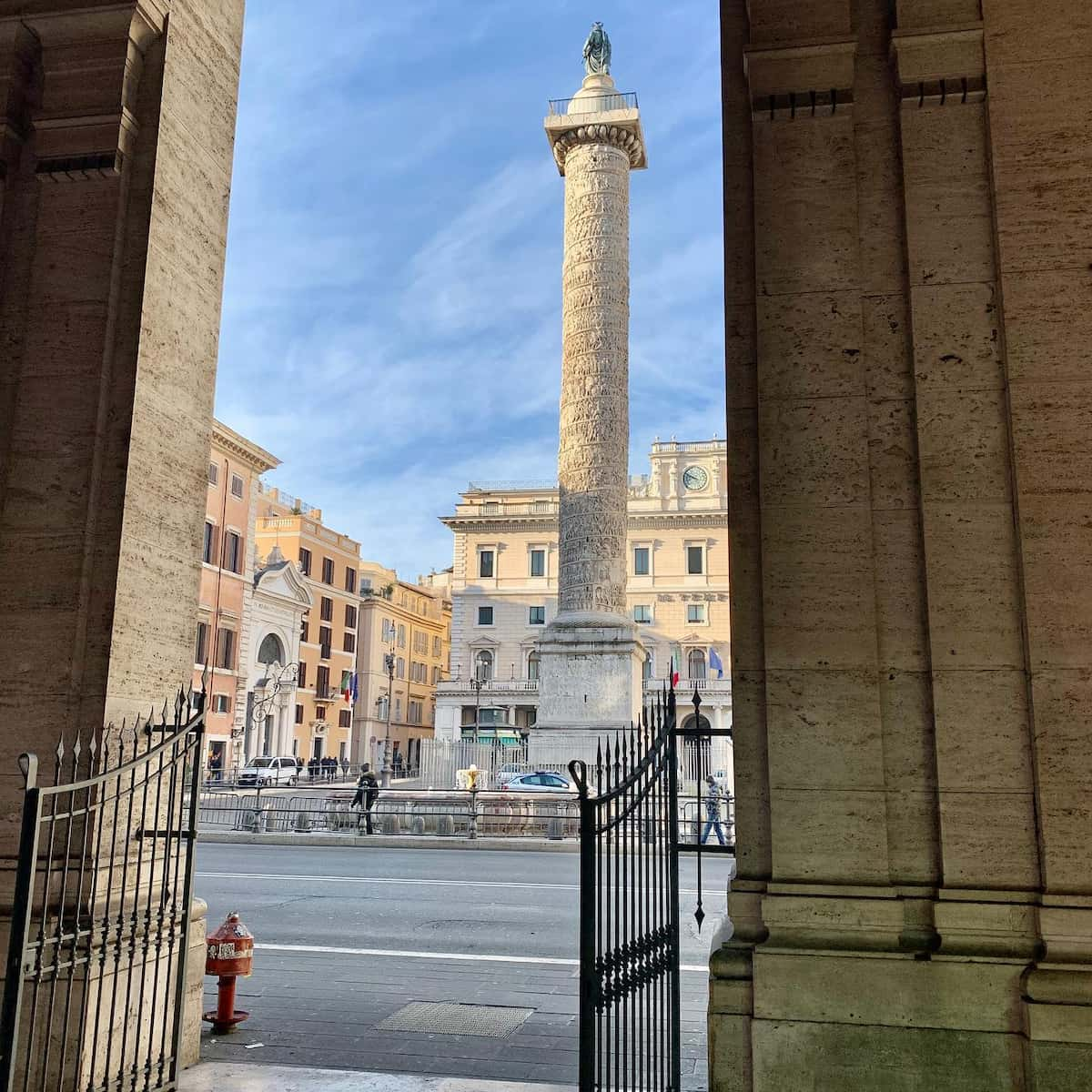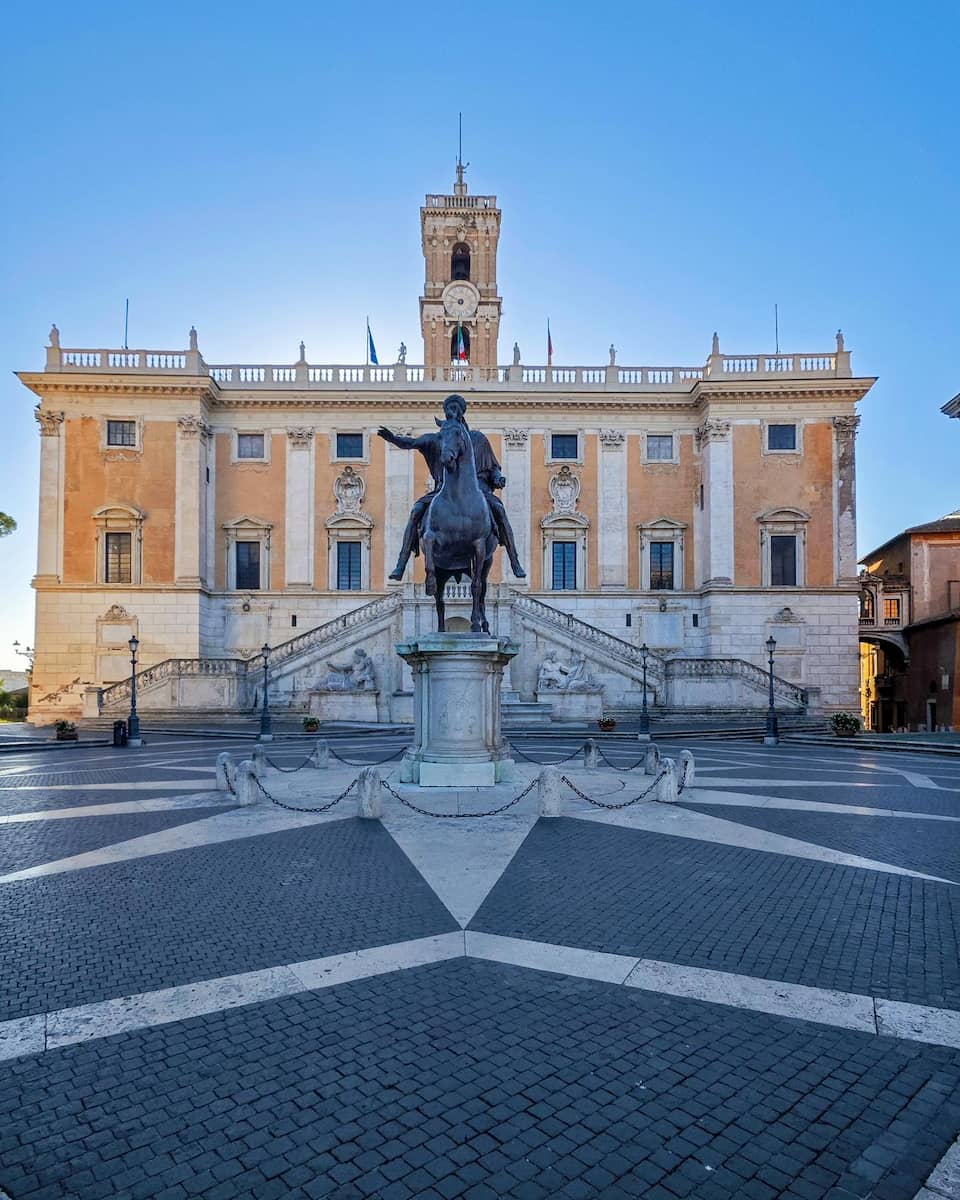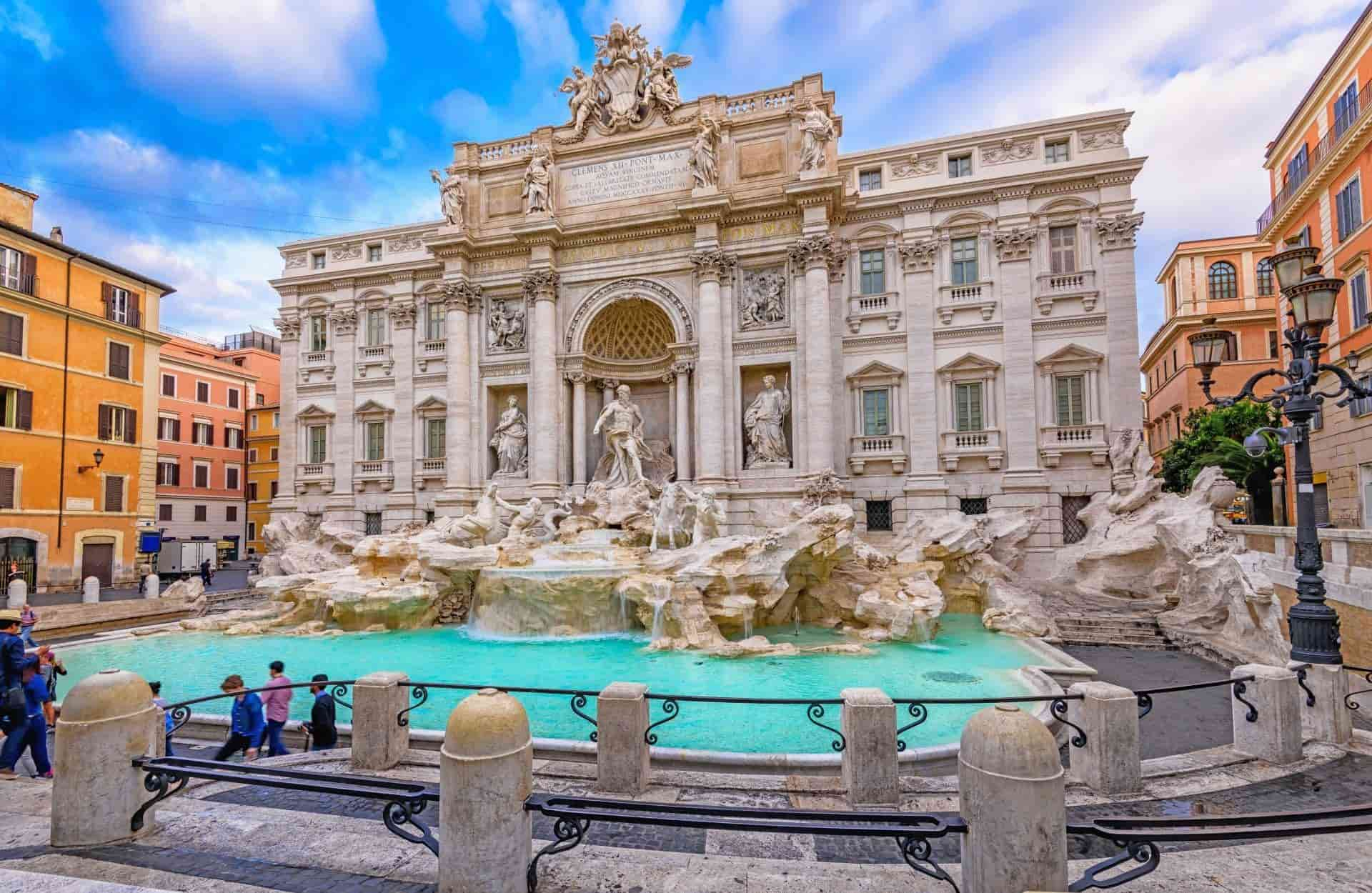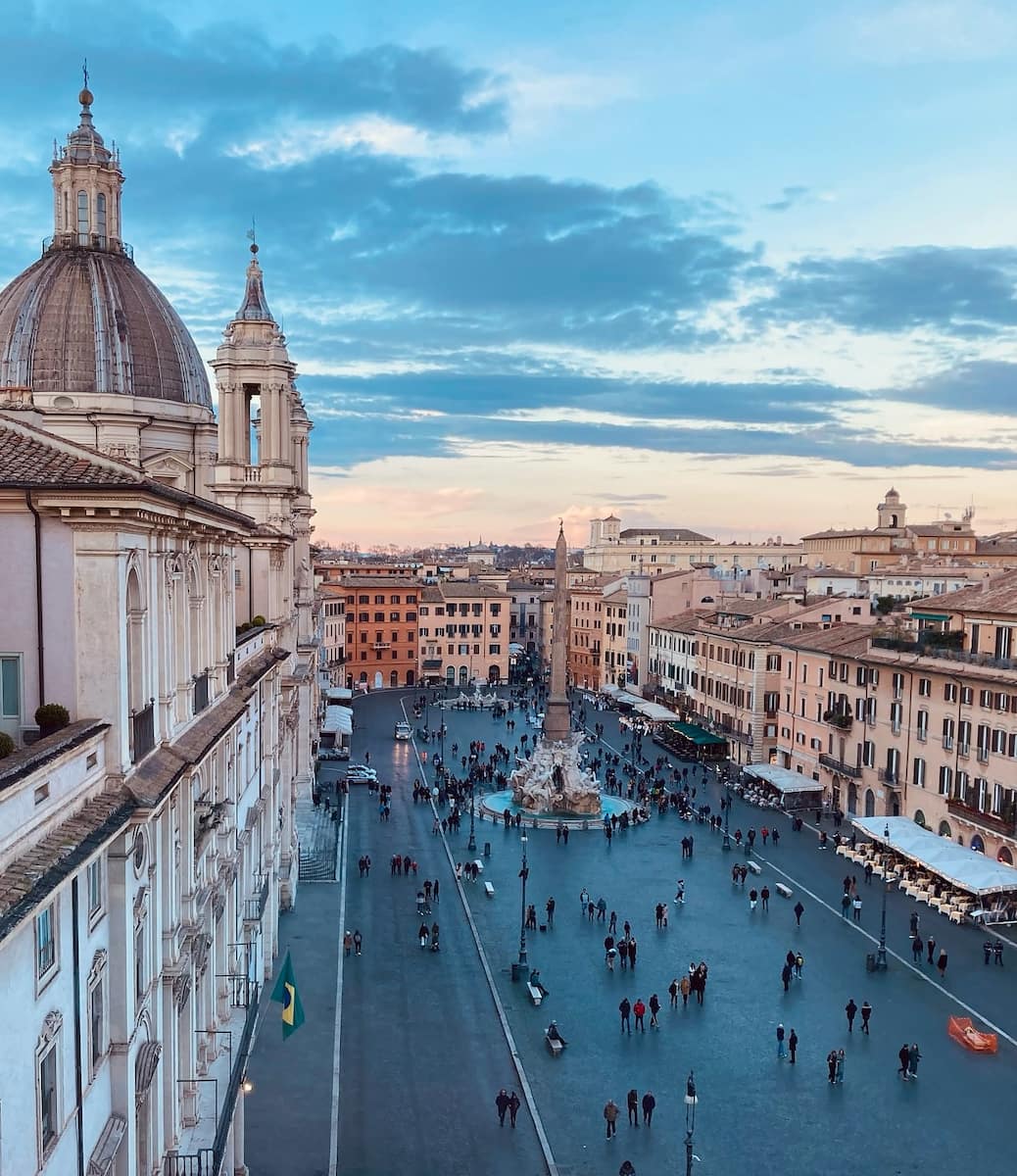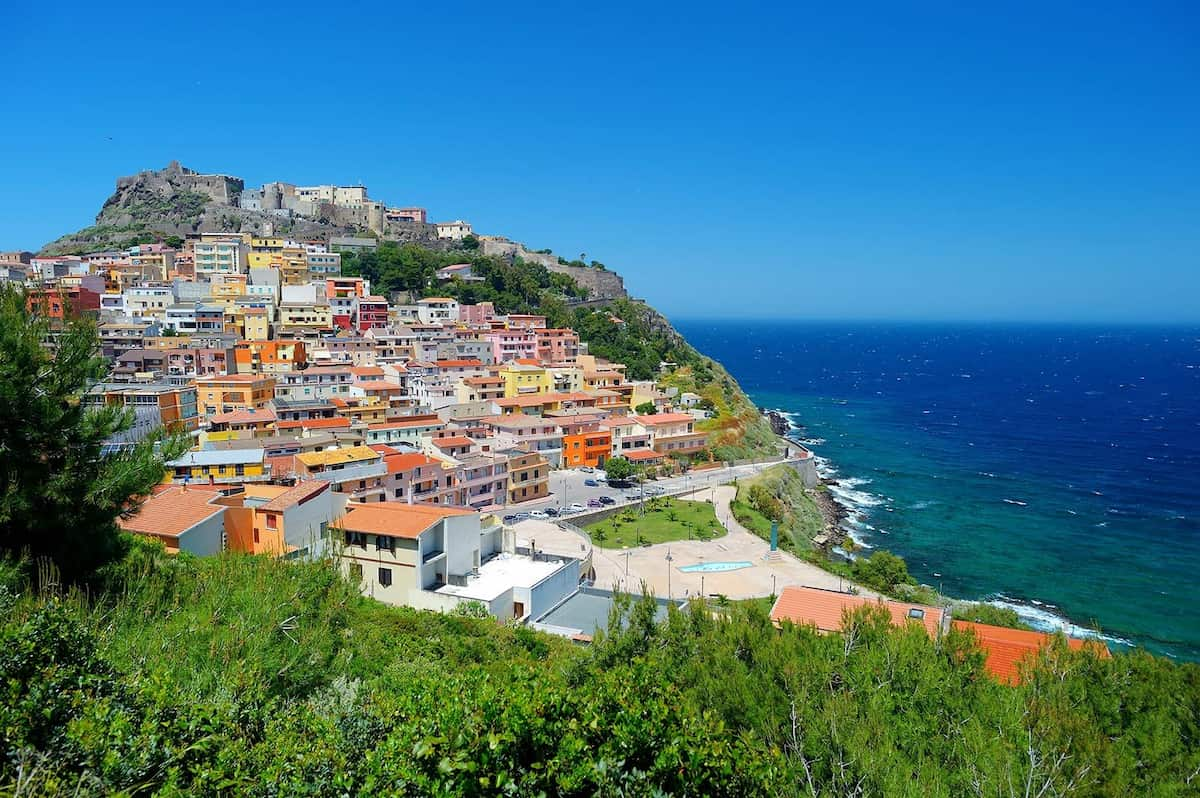We’re excited to guide you through the labyrinth of Rome’s public transportation system. From the iconic metro to the winding bus routes, navigating this ancient city’s modern transit network can be both thrilling and challenging. Whether you’re a first-time visitor or a seasoned Rome explorer, this guide will help you zip between the Colosseum and Vatican City like a local, all while saving your euros for that extra scoop of gelato. So, grab your comfortable shoes and let’s dive into the world of Rome’s buses, trams, and metros – your ticket to unlocking the Eternal City’s treasures!
1. Types of Public Transportation in Rome 🚇🚌🚋
🚇 Underground savior: Let’s dive into Rome’s public transportation system, starting with the Metro. Rome’s metro is the backbone of the city’s public transport network. With three lines (A, B, and C), it might seem limited, but trust me, it’s a lifesaver for zipping across the Eternal City. I always recommend using the Metro to reach major attractions within Rome.
⏰ Rush hour tip: Avoid the Metro during rush hours (8-9 AM and 5-6 PM) unless you fancy an impromptu Italian lesson in close quarters!
🚌 City capillaries: Next up, we have the extensive public bus network. Rome’s buses are like the capillaries of the city. They’re perfect for those off-the-beaten-path adventures. Don’t forget about the night bus service! It’s a lifesaver when you’re out late enjoying Rome’s vibrant nightlife.
📱 App magic: Download the ATAC mobile app. It provides real-time updates on bus arrivals.
🚋 Scenic rides: Rome has six tram lines offering a more scenic route.
🚉 Suburban explorer: For those looking to venture beyond the city center, the urban railways are your ticket to adventure. They’re great for train travel within Rome and to nearby towns.
Here’s a comprehensive list of public transportation options in Rome:
- Metro
- Buses
- Trams
- Urban Railways
- Night Bus
- Taxis
💶 Budget hack: If you’re planning to use public transport frequently while staying in Rome for a longer period, invest in a travel pass or transport card.
🏛️ Sightseeing made easy: All of Rome’s key attractions are accessible by public transport. Here are some must-visit spots you can easily reach:
- Colosseum
- Vatican City
- Trevi Fountain
- Spanish Steps
- Pantheon
- Villa Borghese
2. Tickets and Passes 🎟️
🚶♂️ Single journey: First up, we have the single-ride metro ticket. Perfect for quick trips, it’s valid for 100 minutes on the public transportation network.
⏱️ Day tripper: For those planning to zip around the city, I highly recommend the travel card options. Available as 24, 48, or 72-hour passes, these are your key to unlimited travel on Rome’s public transport system. They’re ideal when you’re in full tourist mode, bouncing between the Colosseum, Vatican, and Trevi Fountain.
📅 Week-long wonder: Staying longer? The weekly transport pass is your new best friend. It’s my go-to for extended stays, giving you the freedom to explore Rome using public transport at your own pace.
🏛️ Tourist perks: Now, let me introduce you to the Roma Pass. This isn’t just an ATAC ticket – it’s a golden key to the city of Rome. It includes public transport and entry to many of Rome’s top attractions. I always recommend this tourist pass to first-time visitors who want to see all Rome has to offer.
🏪 Ticket hunt: You can snag these tickets and passes at most metro stations, ticket offices, or ticket machines. Pro tip: I always buy mine at Rome airports as soon as I land. It saves time and gets me using the public transportation network from the moment I arrive.
💡 Validation vital: Remember to validate your ticket before boarding! Those ticket inspectors are always around, and trust me, you don’t want to face those fines.
🚇 Metro map mastery: Familiarize yourself with the Rome metro map. With three main lines crisscrossing the city, it’s your fast track to Rome’s highlights.
🎟️ Ticket types: Rome public transport tickets come in various forms. Here are the main types of tickets available:
-
- Single ticket: Best for occasional, short trips
- 24-hour pass: Perfect for a day of intense sightseeing
- 48-hour pass: Ideal for a weekend city break
- 72-hour pass: Great for a long weekend or if you’re planning to visit lots of attractions
- Weekly pass: Excellent for stays of 5-7 days
- Roma Pass: Best for first-time visitors who want to see major attractions
3. Navigating Rome’s Public Transportation 🗺️
📱 App savvy: First things first, download a journey planner app. My personal favorite is Moovit. It gives real-time updates and even works offline – perfect for when your data decides to take an unscheduled vacation.
🚏 Sign language: Rome’s public transport maps might look like a plate of spaghetti at first glance, but don’t panic! Metro lines are color-coded, and bus stops have numbers that correspond to the routes they serve.
🚌 Bus basics: Always validate your ticket as soon as you board. And don’t be shy about asking the driver to let you know when your stop is coming up – most are happy to help.
🚇 Metro mastery: For the Metro, remember that trains can get packed during rush hour. Also, keep an eye on your belongings – pickpockets love a crowded train.
♿ Access for all: If you’re traveling with mobility issues, I’ve got good news. Many of Rome’s newer buses and all Line C stations are fully accessible. However, it’s always a good idea to check ahead for elevator maintenance at Metro stations.
Here’s a quick list of my top navigation tips:
- Always have a paper map as backup (technology can fail!)
- Learn a few key Italian phrases like “Dov’è…?” (Where is…?)
- Don’t be afraid to ask locals for help – Romans are friendlier than you might think
- Give yourself extra time – Rome wasn’t built in a day, and you can’t see it all in one either
🕰️ Time saver: Remember, Rome’s traffic can be unpredictable. If you’re heading to an important appointment or trying to catch a train, always leave earlier than you think you need to.
4. Getting to Major Tourist Attractions 🏛️
🏟️ Colosseum calling: First stop on our Rome public transport system tour, the mighty Colosseum. Hop on Line B and get off at “Colosseo” station. As you emerge from underground there it is in all its ancient glory.
🇻🇦 Vatican venture: Next up, Vatican City. Take Line A to “Ottaviano-S. Pietro” station. It’s about a 10-minute walk from there to St. Peter’s Square.
💦 Trevi treasure: For the Trevi Fountain, the nearest Metro stop is “Barberini” on Line A. It’s about a 10-minute stroll from there. Remember to bring some coins to toss – legend has it that it ensures your return to Rome!
🇪🇸 Spanish Steps sprint: The Spanish Steps are just a short walk from the “Spagna” Metro station on Line A. It’s a great spot for people-watching, especially at sunset. Just don’t sit on the steps to eat your gelato – it’s frowned upon (and can result in a hefty fine).
🕋 Pantheon pilgrimage: The Pantheon is a bit trickier as there’s no Metro stop super close. I usually take a Rome bus – routes 30, 40, 62, 64, 81, and 87 all stop nearby. It’s worth the extra effort – this ancient temple will blow your mind!
Here’s a quick reference list for getting to Rome’s top attractions using public transport in Rome:
- Colosseum: Metro Line B, “Colosseo” station
- Vatican City: Metro Line A, “Ottaviano-S. Pietro” station
- Trevi Fountain: Metro Line A, “Barberini” station
- Spanish Steps: Metro Line A, “Spagna” station
- Pantheon: Various bus routes (30, 40, 62, 64, 81, 87)
🎟️ Combo saver: If you’re planning to hit all these spots, consider getting tickets for Rome’s public transport with a Roma Pass. It includes local public transport and entry to many attractions.
🚕 Taxi talk: If you’re tired of walking or public transport, taking a taxi in Rome is an option. Just remember, taxis in Rome are white and should use a meter. It’s a pricier mode of transport, but can be convenient for longer distances.
🚋 Tram it up: Don’t forget about the six tram lines in Rome. While they might not take you directly to major attractions, they’re a charming form of public transport that can get you close.
🚉 Train station hub: Many of these routes connect at Roma Termini, the main train station in Rome and a major public transport hub. It’s a good landmark to remember when navigating the city.
5. From the Airports to the City Center ✈️
🏛️ Fiumicino finesse: Let’s start with Leonardo da Vinci International Airport (Fiumicino). This is Rome’s main hub, and thankfully, it’s well-connected to the city. My go-to option is the Leonardo Express train. It’s fast, frequent, and drops you right at Termini Station in the city center.
⏱️ Time is money: The Leonardo Express takes about 30 minutes and runs every 15-30 minutes. Yes, it’s a bit pricier than other options, but after a long flight, I’m always happy to pay a little extra for convenience and comfort.
🚌 Budget-friendly: If you’re watching your euros, consider the Terravision bus. It’s cheaper but takes longer (about an hour). I’ve used it many times when I’m not in a rush and want to save some cash.
✈️ Ciampino choices: Now, if you’re flying into Ciampino Airport (popular with budget airlines), you’ve got options too. There’s no train, but several bus companies run services to Termini Station. My favorite is the SIT Bus Shuttle – it’s reliable and runs frequently.
Here’s a quick rundown of your airport transfer options:
From Fiumicino:
- Leonardo Express train (fastest)
- Terravision bus (budget-friendly)
- SIT Bus Shuttle (good alternative)
- Taxi (convenient but pricey)
From Ciampino:
- SIT Bus Shuttle (my top pick)
- Terravision bus (also good)
- Taxi (fixed fare available)
💡 Insider tip: Whichever option you choose, buy your ticket before boarding.
🌙 Night owl note: If you’re arriving late, check the schedules in advance. Some services don’t run 24/7, and you don’t want to be stranded at the airport at 2 AM.
6. Safety and Etiquette 🛡️
🦹 Pickpocket prevention: First things first – pickpockets. They’re not everywhere, but they do exist, especially in crowded buses and metros. I always keep my bag zipped and in front of me.
💼 Bag basics: Speaking of bags, if you’re carrying a backpack, wear it on your front in crowded areas.
🎫 Ticket tactics: Always, validate your ticket when you board a bus or enter a metro station.
🚇 Metro manners: On the metro, give up your seat to elderly, pregnant, or disabled passengers. It’s not just polite, it’s expected. And please, don’t eat on the metro.
🚌 Bus behavior: On buses, enter through the front or middle doors, but exit from the rear. And if you need the bus to stop, press the button well in advance. Roman bus drivers wait for no one!
Here’s a quick list of dos and don’ts:
- Do keep an eye on your belongings
- Don’t fall asleep on public transport (especially if you’re alone)
- Do move down inside the bus or metro car to make room for others
- Don’t block the doors when others are trying to enter or exit
- Do ask for help if you need it – most Romans are friendlier than you might think
🗣️ Language lesson: Learning a few key Italian phrases can go a long way. “Scusi” (excuse me) and “Grazie” (thank you) are your new best friends. Use them liberally!
🆘 Emergency info: In case of emergency, the number to call is 112. It’s the European emergency number and works for police, fire, and medical emergencies.
🌙 Night owl note: If you’re out late, consider using a taxi or rideshare app instead of public transport. It’s safer, especially if you’re not familiar with the area.
7. Alternative Transportation Options 🚲
🚎 Hop-on, hop-off: First up, the classic tourist favorite – hop-on, hop-off buses. They’re actually a great way to get an overview of the city, especially on your first day. Plus, the audio guide can be pretty informative.
🛵 Scooter scene: Now, if you want to feel like Audrey Hepburn in “Roman Holiday,” rent a Vespa. It’s not for the faint-hearted, but it’s an exhilarating way to see the city. Just make sure you have an international driving permit.
🚲 Pedal power: For a more eco-friendly option, try bike-sharing. Rome has several bike-sharing services, and it’s a great way to explore parks like Villa Borghese. Just be prepared for those seven hills!
Here’s a quick rundown of alternative transport options:
- Hop-on, hop-off buses (great for first-time visitors)
- Taxis and ride-sharing apps (convenient but pricey)
- Vespa rentals (fun but requires confidence)
- Bike-sharing (eco-friendly and great for parks)
- Electric scooters (trendy and fun for short distances)
🚶♂️ Walk this way: Don’t forget the oldest transport method of all – walking! Rome is incredibly walkable, and you’ll discover so many hidden gems on foot.
💡 Insider tip: If you’re staying for a while, consider getting an annual membership for bike or scooter sharing. It often works out cheaper than pay-as-you-go.
8. Pros and Cons of Using Public Transportation in Rome ⚖️
💰 Wallet-friendly: First up, the good stuff. Public transport in Rome is incredibly cost-effective. I’ve saved a small fortune using buses and metros instead of taxis. Plus, with passes like the Roma Pass, you can really stretch your euro.
🌍 Cultural immersion: Using public transport is like a crash course in Roman life. You’ll rub shoulders with locals, hear rapid-fire Italian, and get a feel for the city’s rhythm. It’s as much a cultural experience as visiting the Colosseum!
🕰️ Time tricks: The metro can be a real time-saver, especially during rush hour when Rome’s streets turn into a giant parking lot.
😓 Crowded carriages: During peak hours, buses and metros can get packed tighter than a can of sardines.
⏰ Timing troubles: Buses don’t always stick to their schedules. Patience is key!
🌡️ Summer sweat: In the height of summer, some older metro cars can feel like saunas on wheels. Always carry water and maybe a small fan.
Pros:
- Cost-effective
- Cultural experience
- Can be faster than driving
- Extensive network covering most of the city
Cons:
- Can be crowded
- Schedules not always reliable
- Hot in summer
- Potential for pickpockets
🎭 When in Rome: Remember, dealing with these quirks is part of the authentic Roman experience. Embrace the chaos, practice your patience, and you’ll have some great stories to tell back home.
FAQs about public transportation in Rome ❔
Does Rome have good public transportation?
Rome’s public transportation system is extensive but can be crowded and sometimes unreliable. While it covers most of the city, including major tourist attractions, it may not always be the most efficient or comfortable way to travel.
What is the best way to get around Rome by public transport?
The best way to get around Rome by public transport is to use a combination of the metro and buses. The metro is faster for longer distances, while buses can reach areas not served by the metro and provide more scenic routes through the city.
How to pay for Rome Metro?
You can pay for Rome Metro by purchasing tickets from vending machines at metro stations, tabacchi shops, or newsstands. Alternatively, you can use contactless payment methods directly at the metro turnstiles.
How much does a metro ride cost in Rome?
A single metro ride in Rome costs €1.50 and is valid for 100 minutes from the time of validation. This ticket allows for one metro journey and unlimited bus or tram rides within the 100-minute timeframe.
Can I use contactless on Rome Metro?
Yes, you can use contactless payment on Rome Metro. Simply tap your contactless credit or debit card, or your NFC-enabled smartphone or smartwatch, at the turnstiles to enter the metro system.
